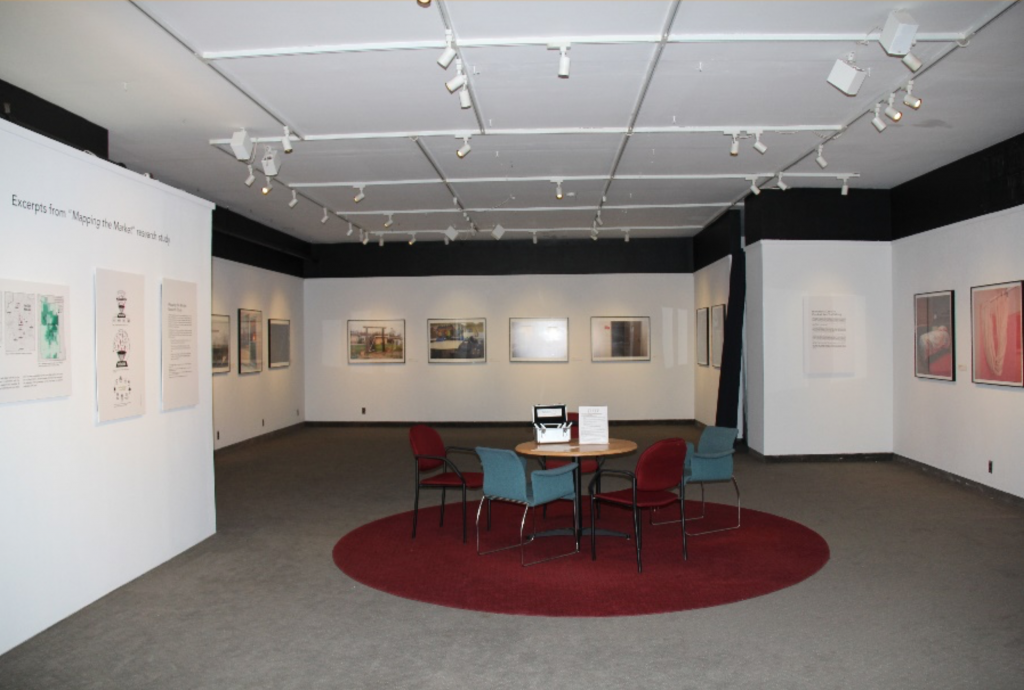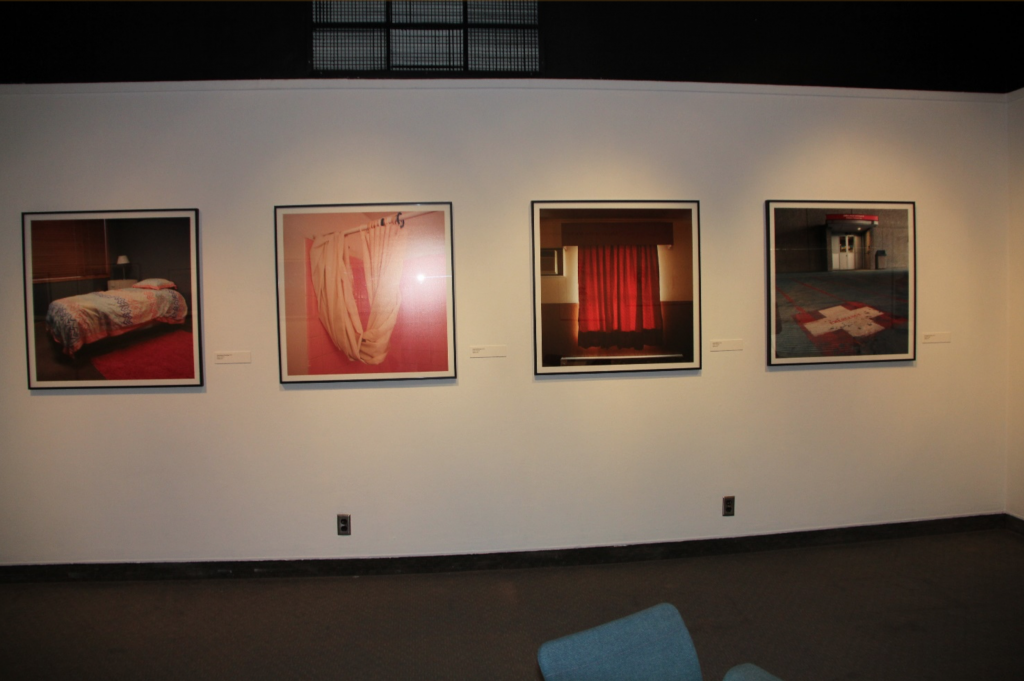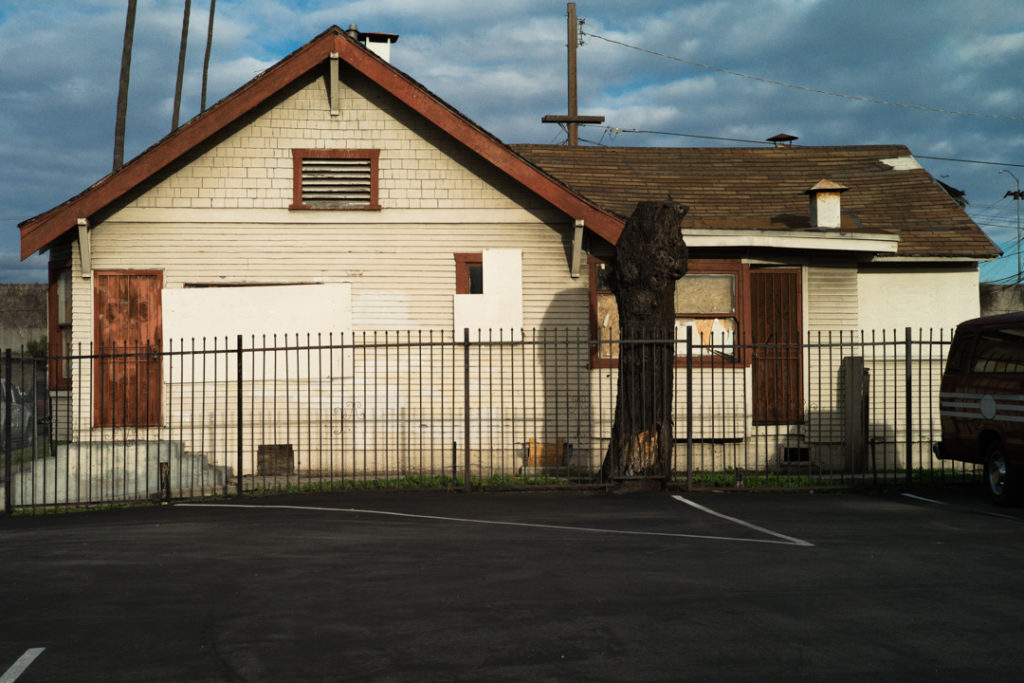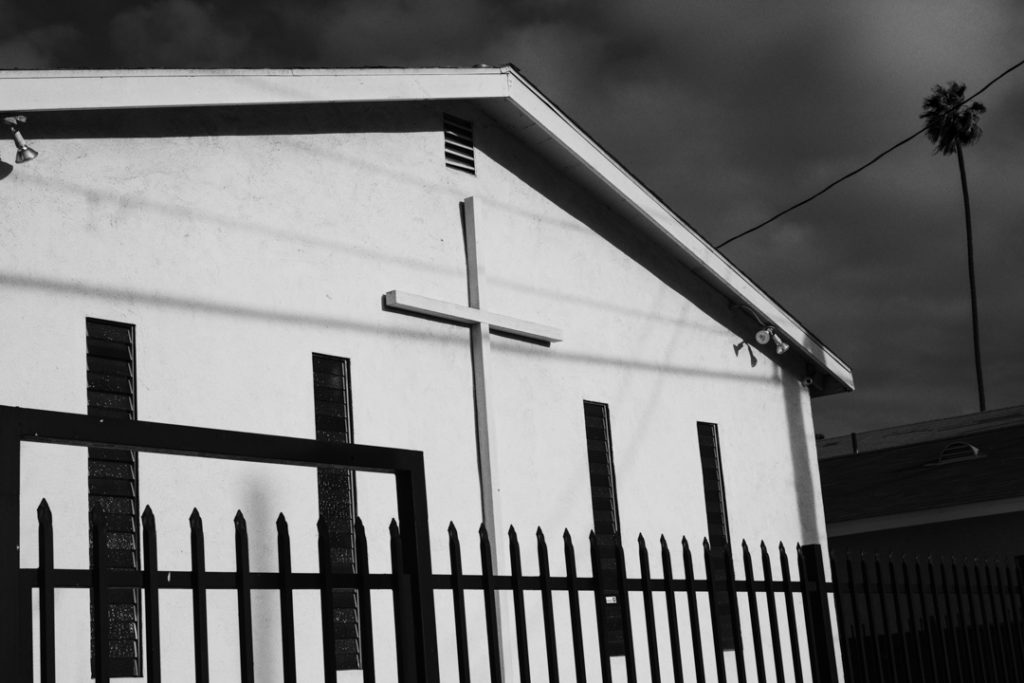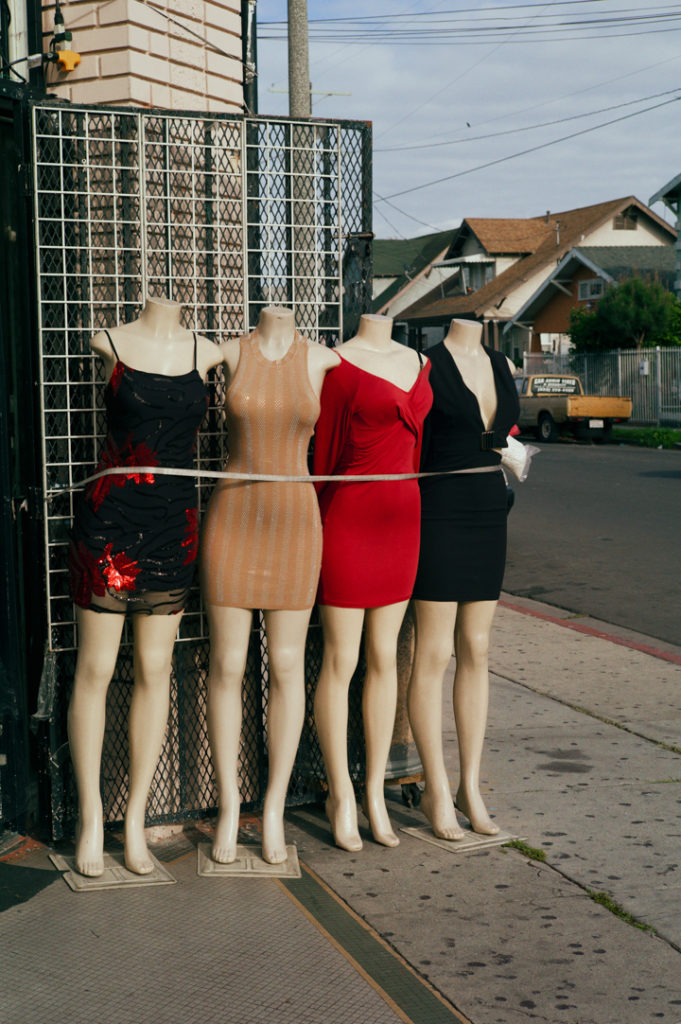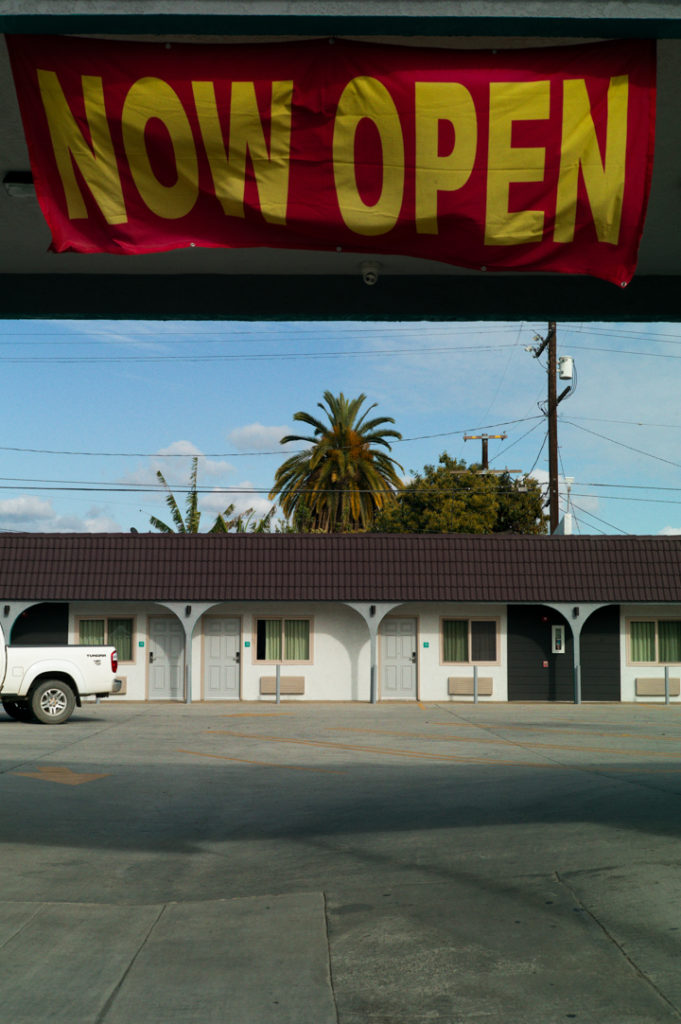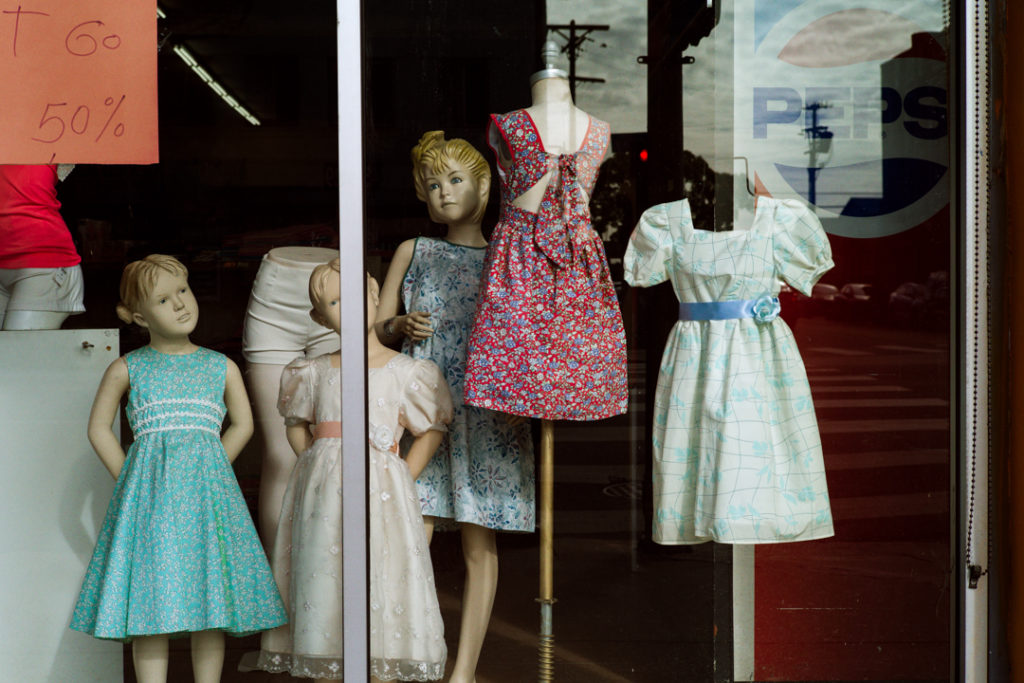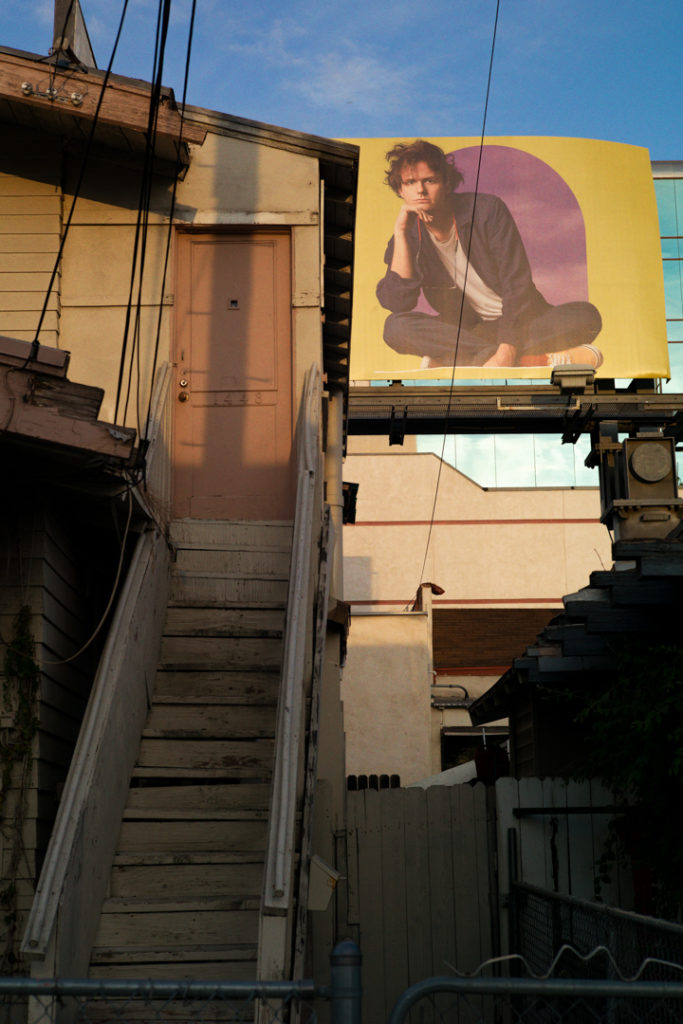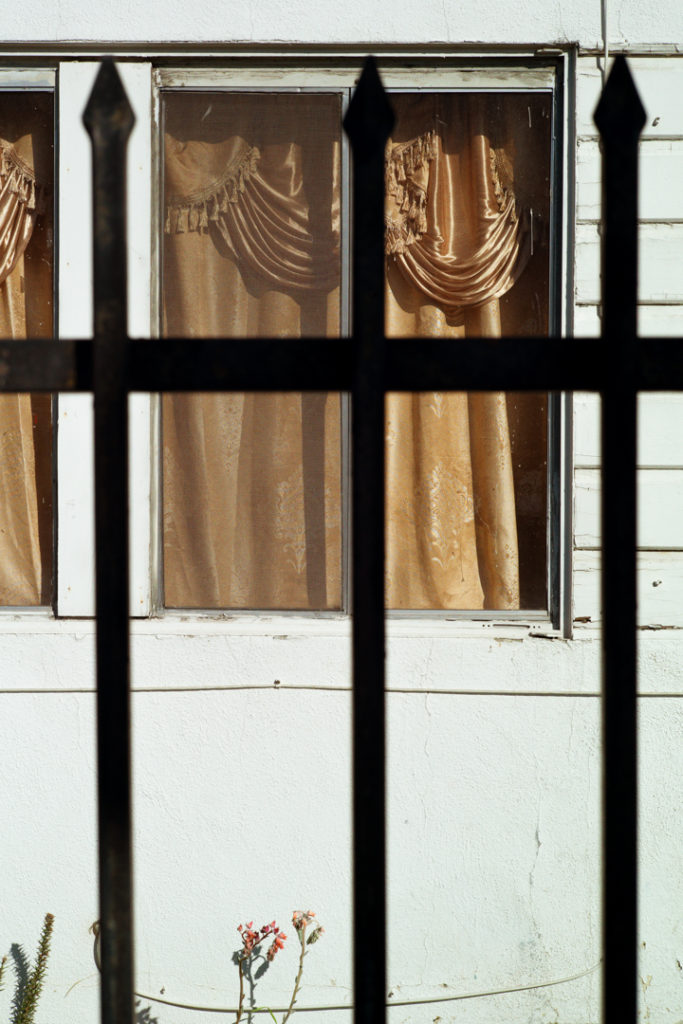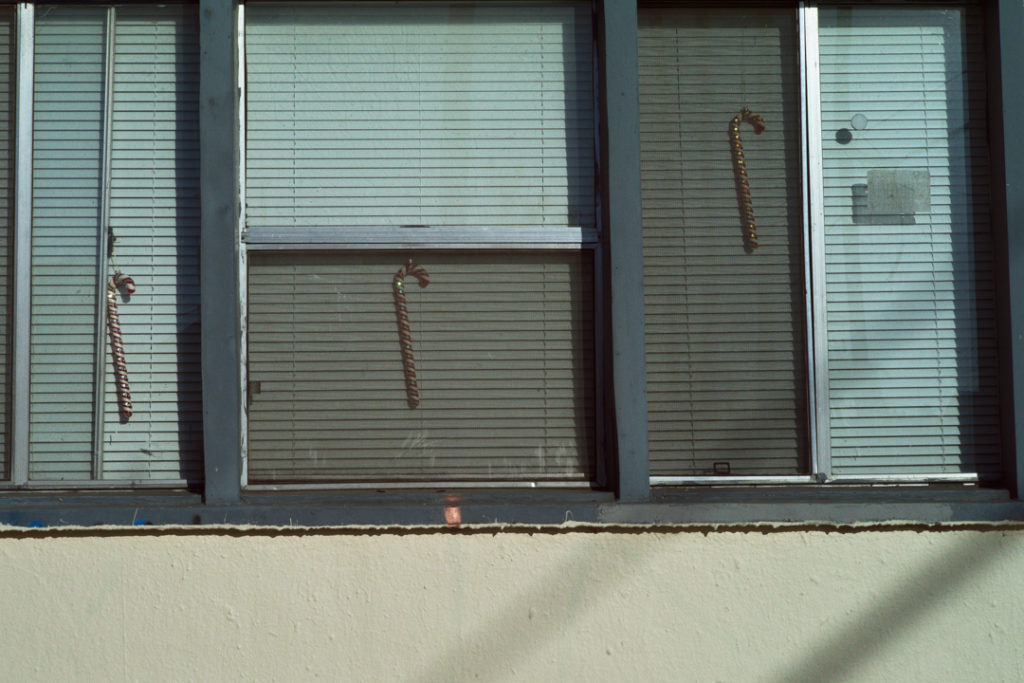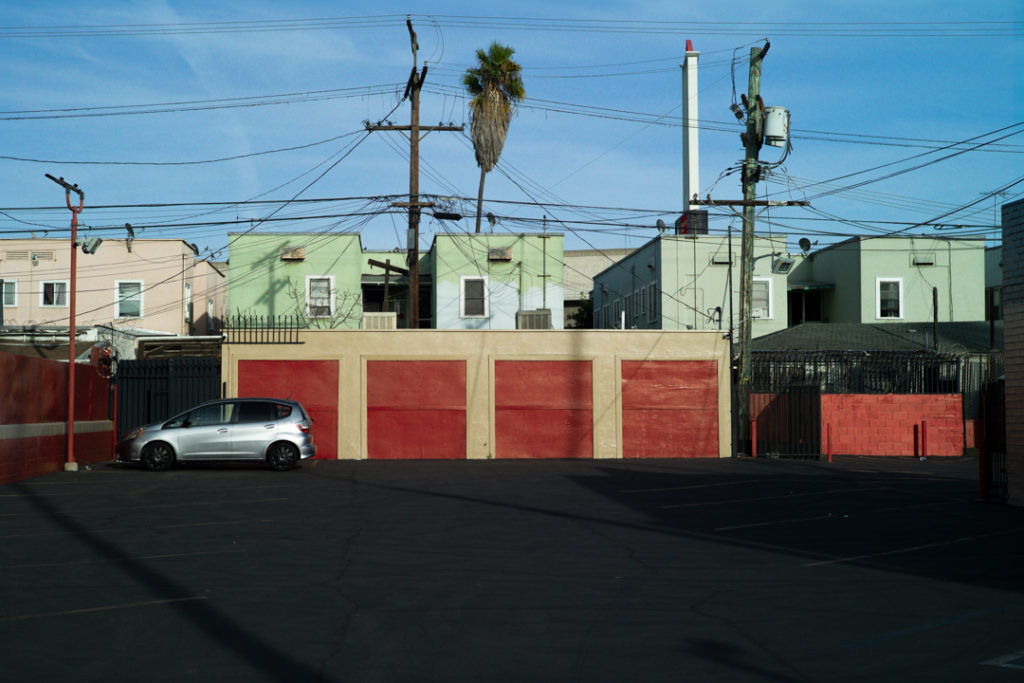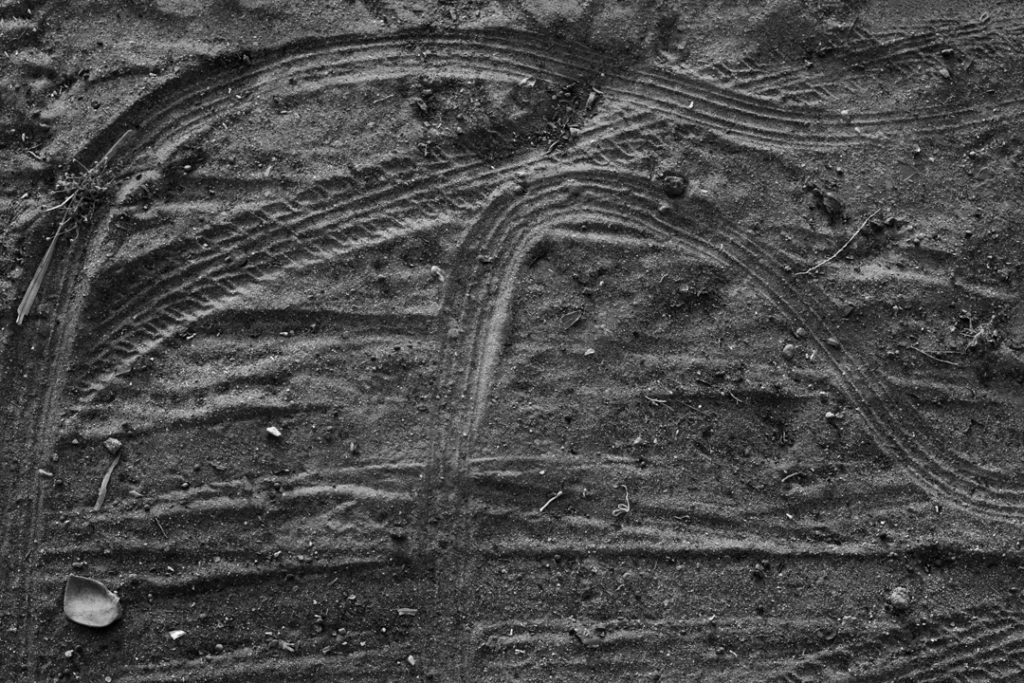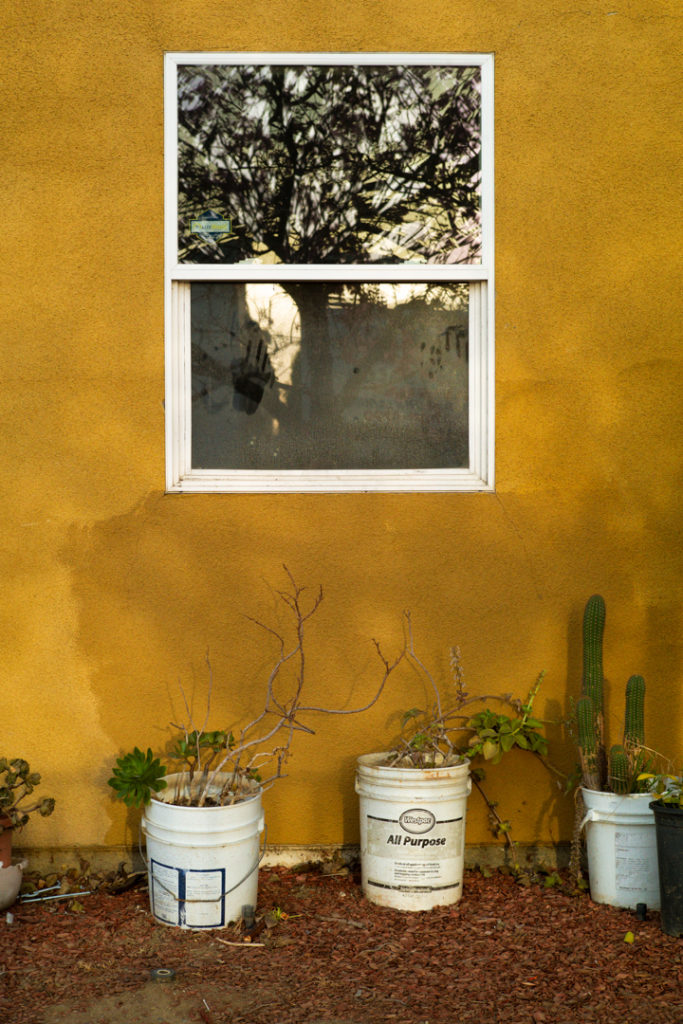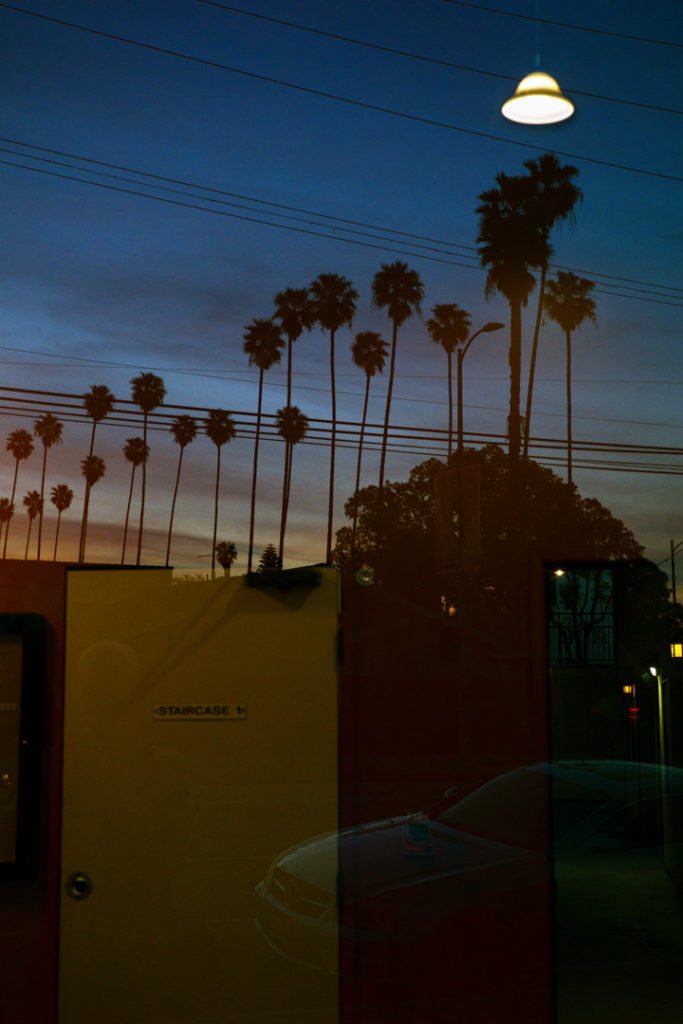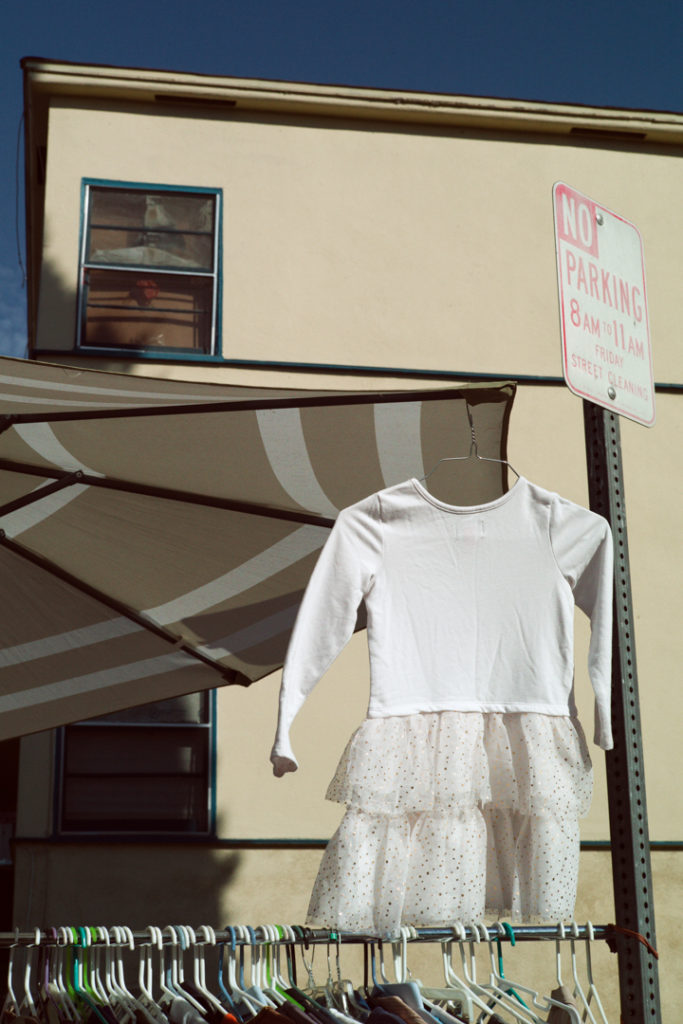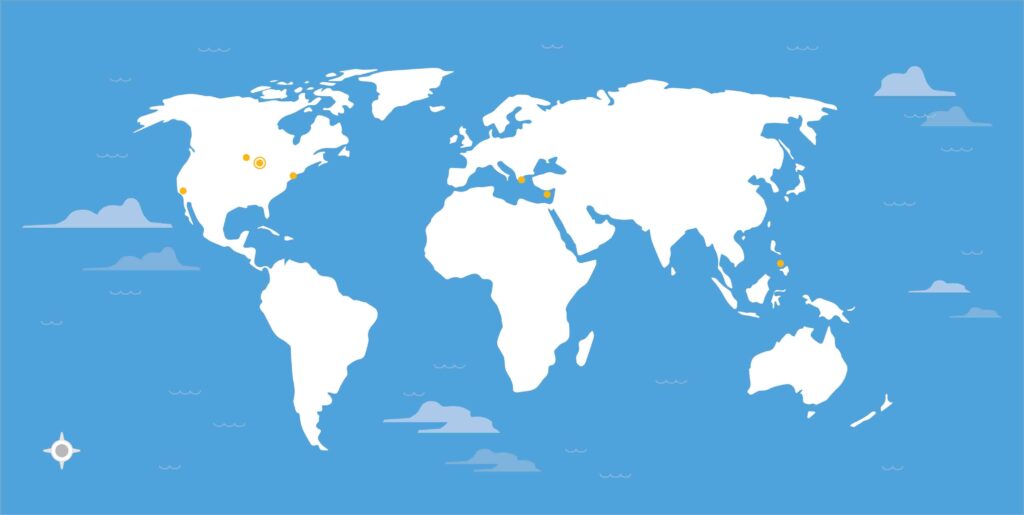
When Places Speak
Photography Exhibition
WHEN PLACES SPEAK is a photography exhibit that provides a forum for places associated with trafficking to tell their story: from places where people are recruited to places used by purchasers, places used by law enforcement to stop trafficking, and places where survivors can transition. By starting dialogues around the places sex trafficking touches, we can shed light on the fact that it is happening here, in our neighborhoods and communities.
New York - May 20-22, 2024
Many thanks to co-curators Carly Cannell and Cotter Christian, Parsons School of Design.
When Places Speak – New York opens during NYCxDesign. The opening party is May 20th 7-10pm and the exhibit will run through the 22nd. Location: 99 Scott Avenue Brooklyn, NY 11237. You can register and learn more here.
The preview was in the lobby window at Parsons School of Design, 13th st./5th Av. Address: 2 West 13th St., New York, NY 10011, March 5-15, 2024
To see the preview click here.
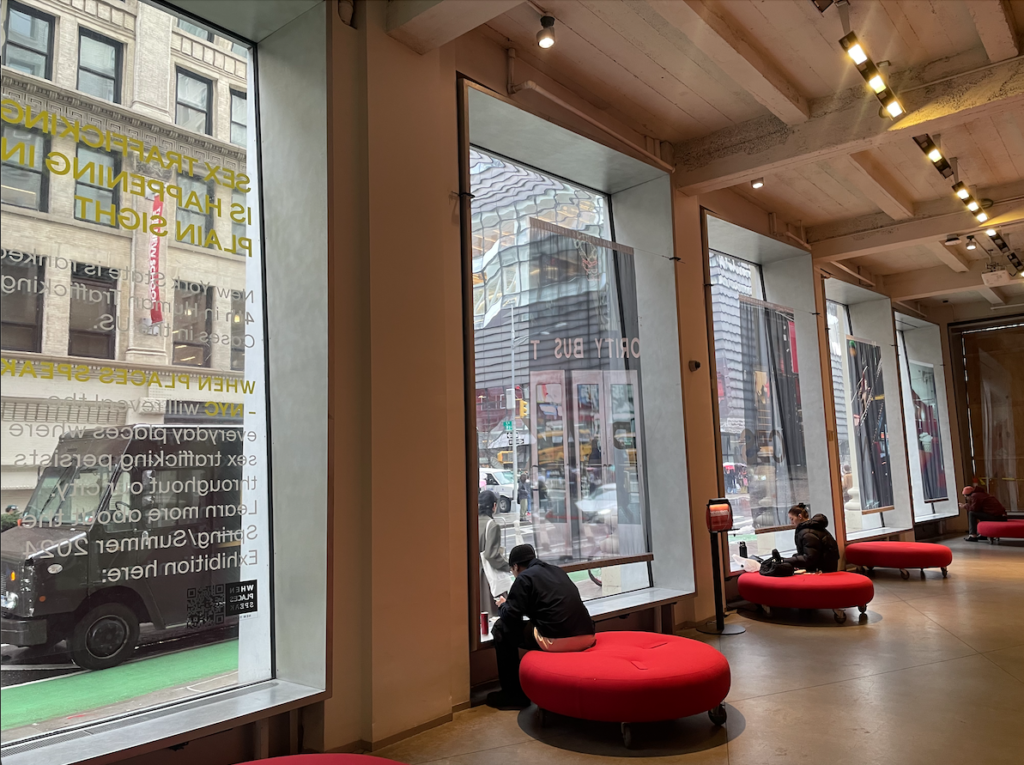
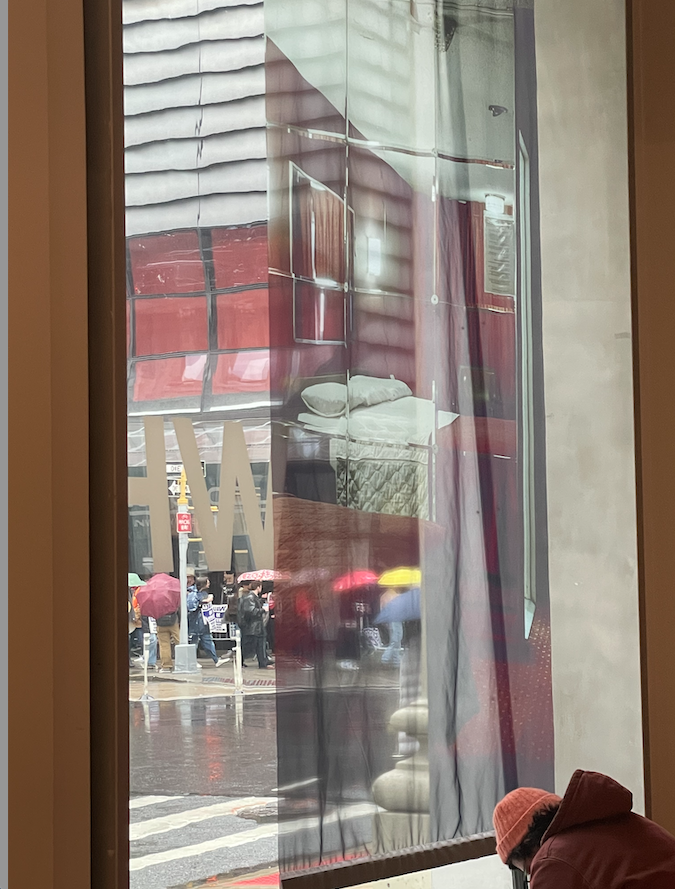

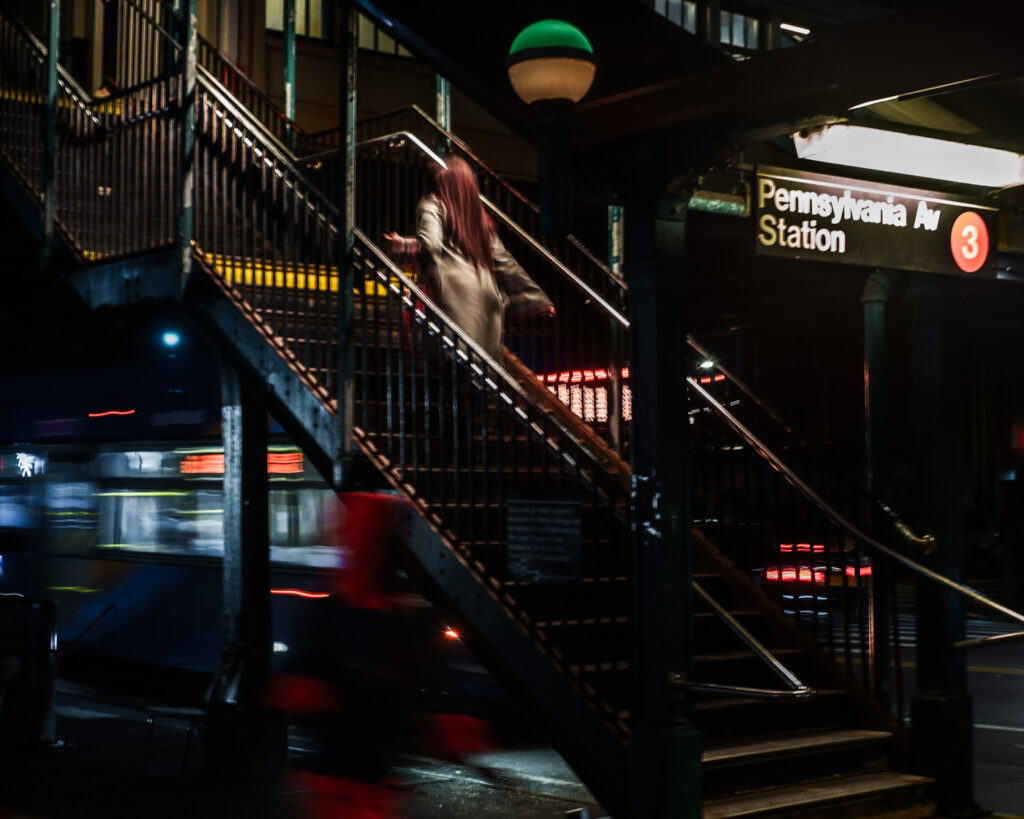
Athens+Piraeus, Greece - 2023
Piraeus Municipal Gallery – November 27 – December 9, 2023
Photographs by Petros Toufexis.
In partnership with Yorgos Koletsos Bourikas, Journalist and Eva Katsaiti, University of West Attica. Special thanks to Kostas Karambelas and Pavlos Satoglou.An incredibly curated exhibit that approaches the topic with dignity and respect. The photographs shake you and bring forward timely questions and thoughts. This impactful approach propels you to view everyday places, which you would simply pass by, in a different lens.
The Dec. 1 panel discussion on anti-trafficking in Greece included: Dr. Tasoulla Hadjiyanni, University of Minnesota; Theodora Gianni – Εθνικό Κέντρο Κοινωνικής Αλληλεγγύης (ΕΚΚΑ); Diana Spathi – Nea Zoi; Giorgos Koletsos – Journalist; Eva Katsaiti – University of West Attica; Petros Toufexis – Photographer, and Eva-Lena Hellmark – Threads of Hope. Panel Discussion Video. Special thanks to Sonia Koutsoukian and the University of West Attica, Dept. of Photography and Audiovisual Arts for the video production.
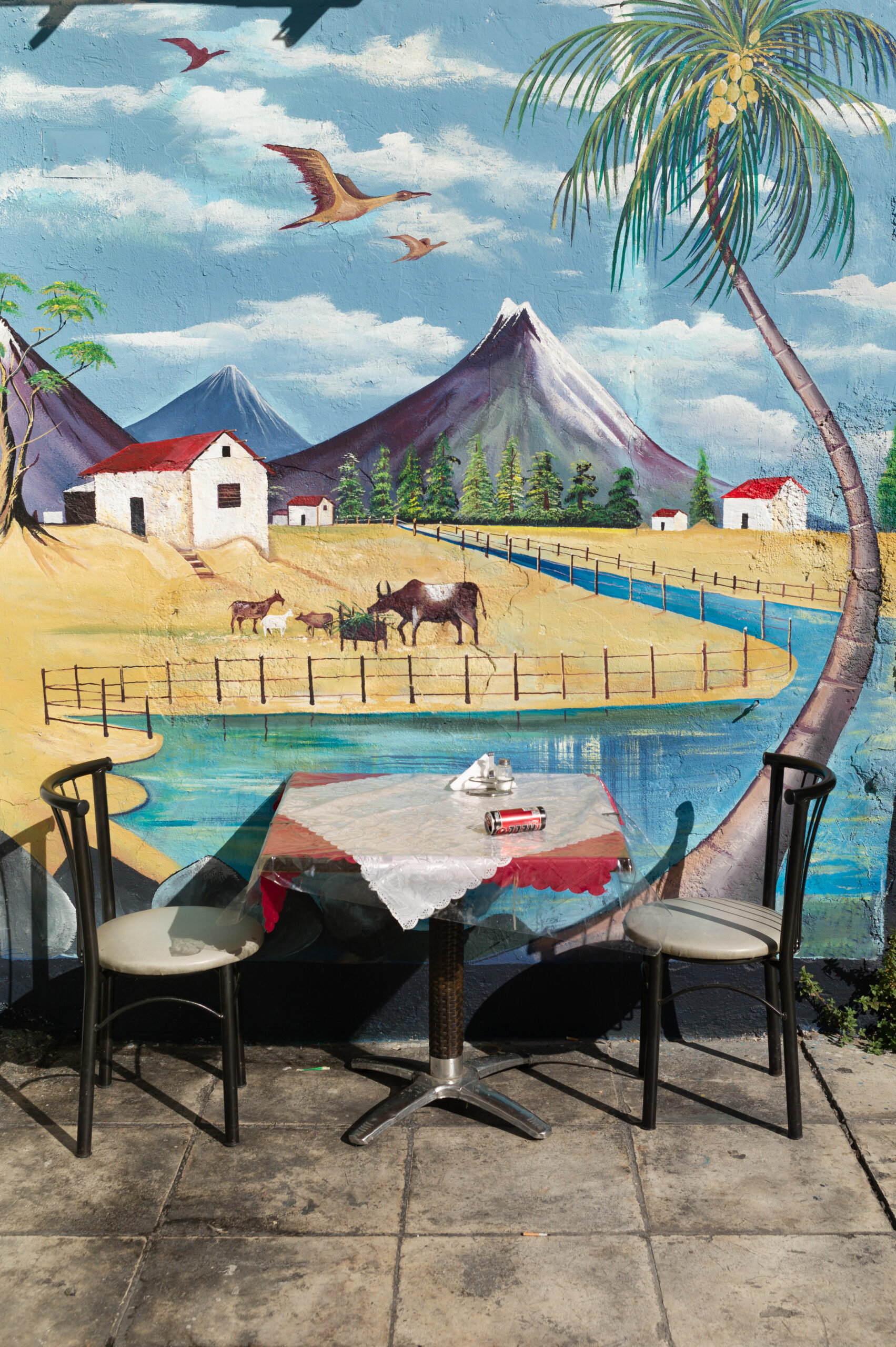
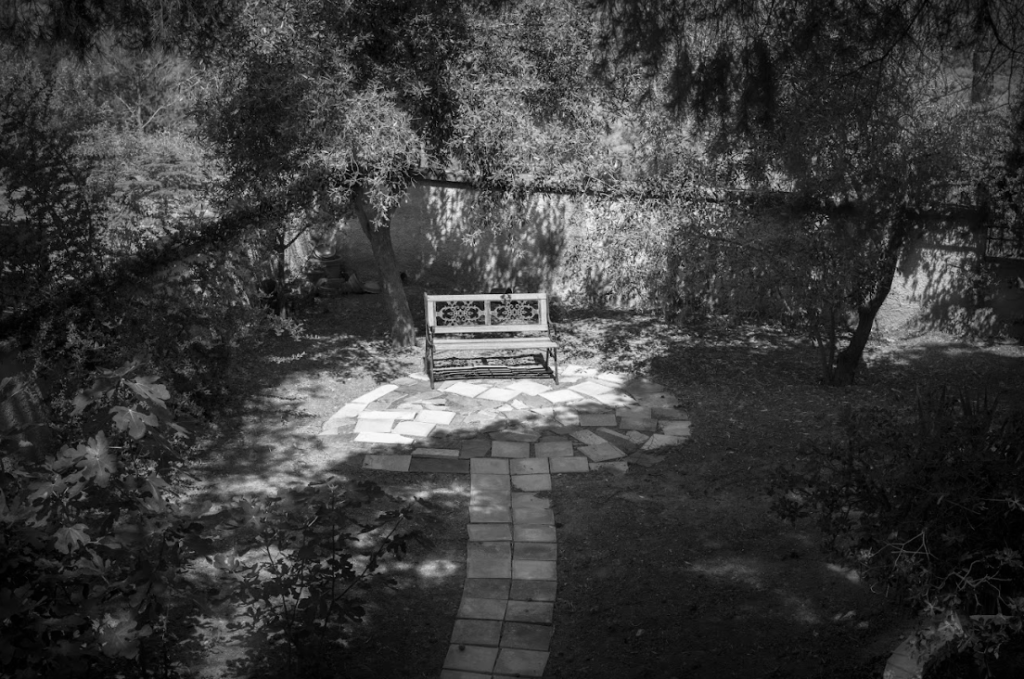
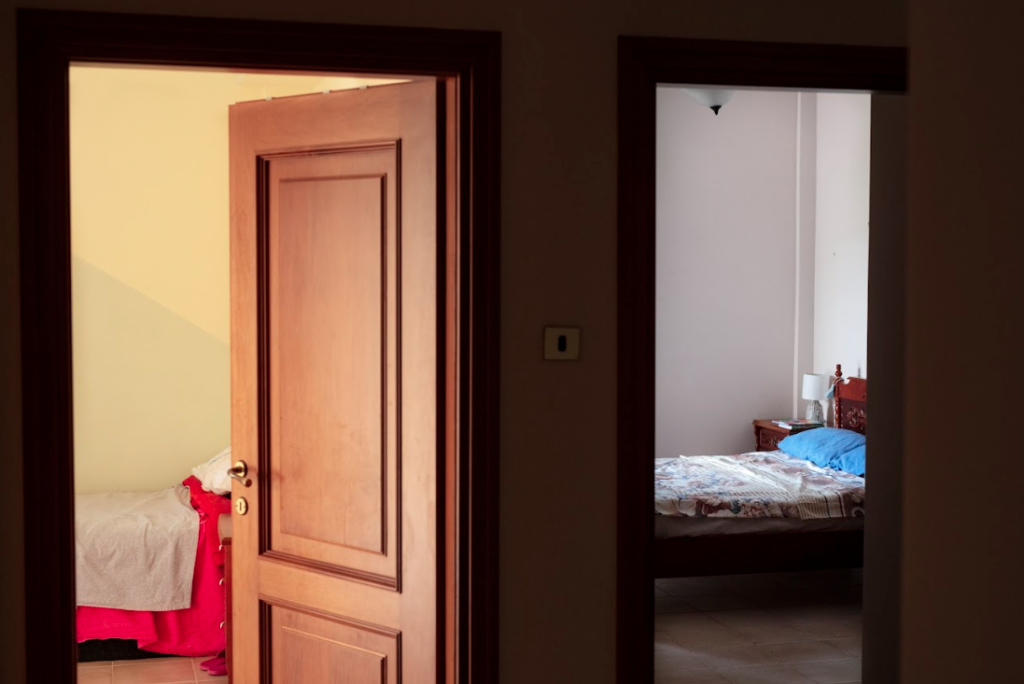
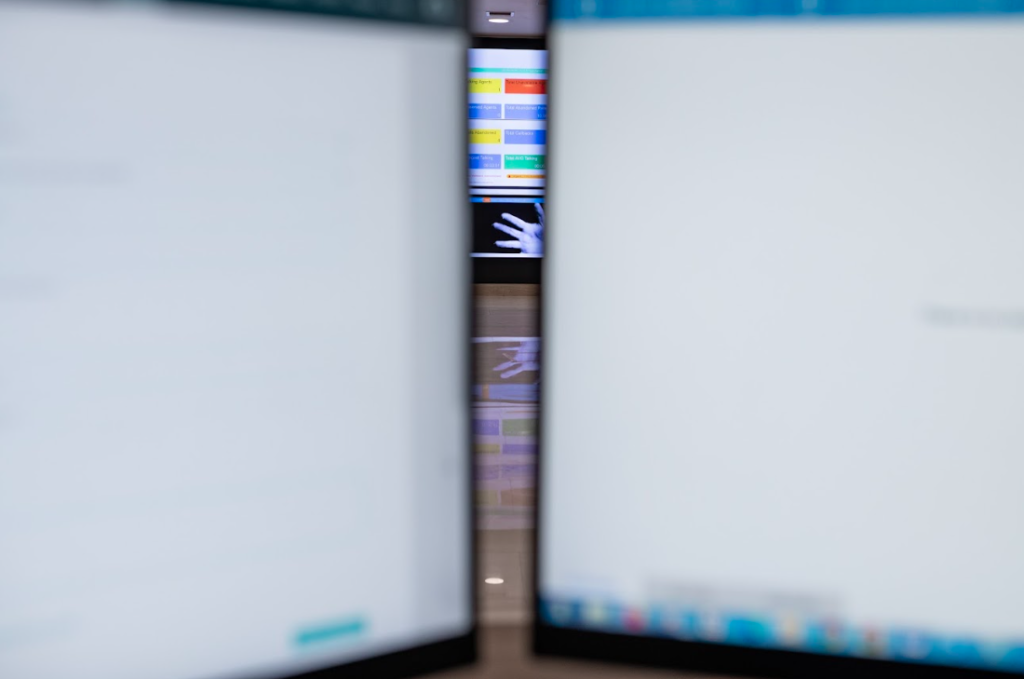
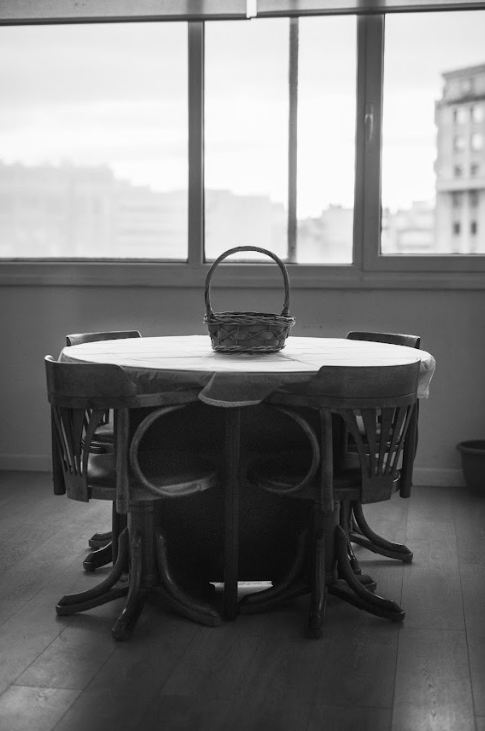
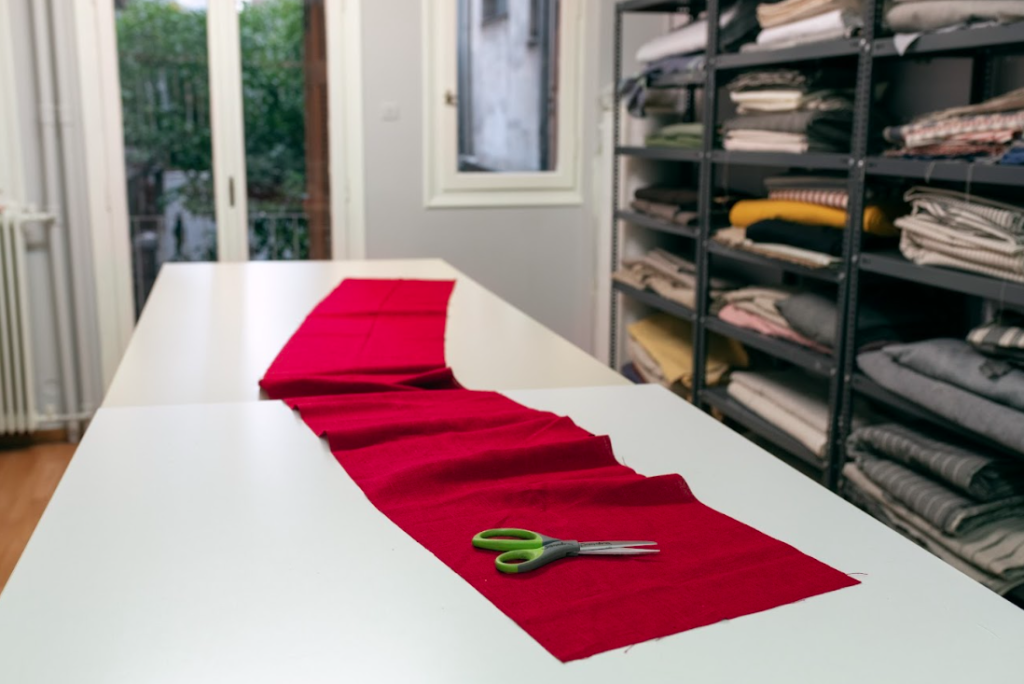
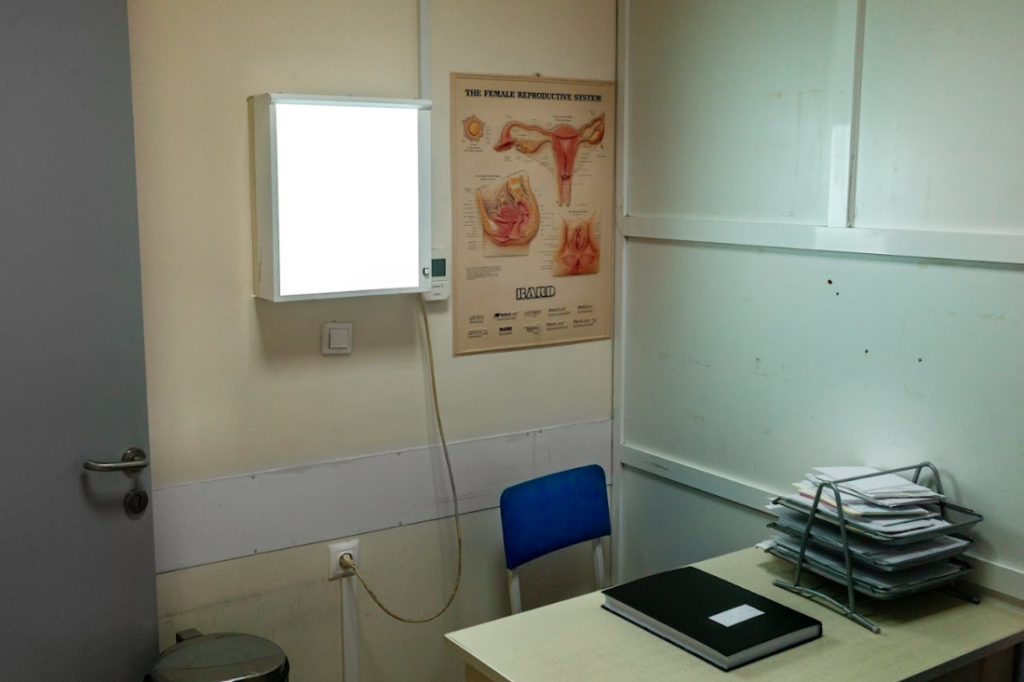
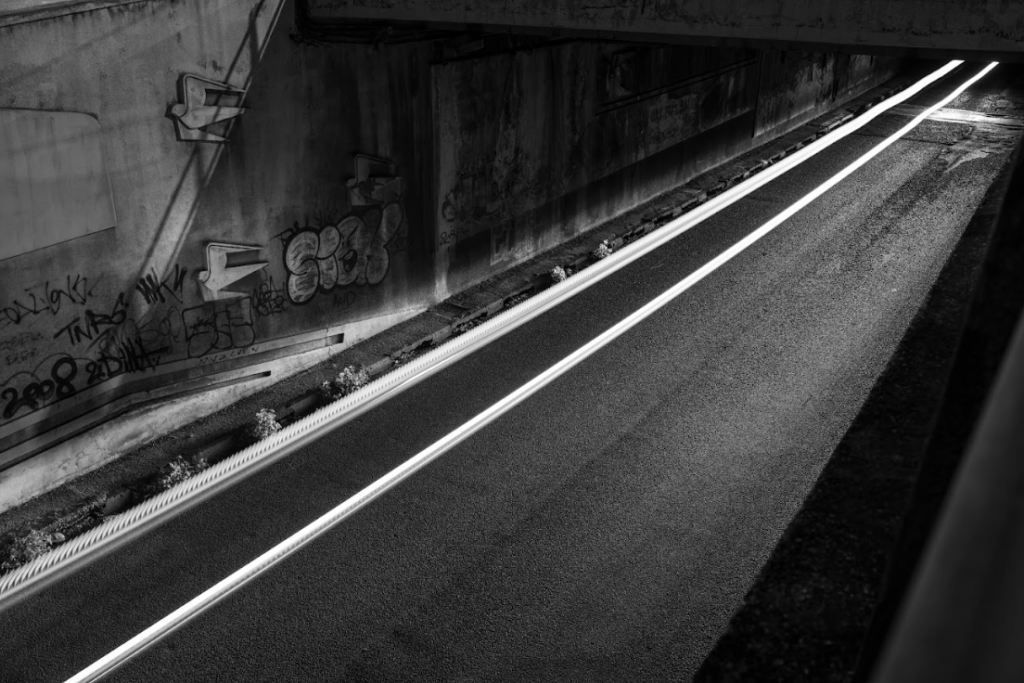
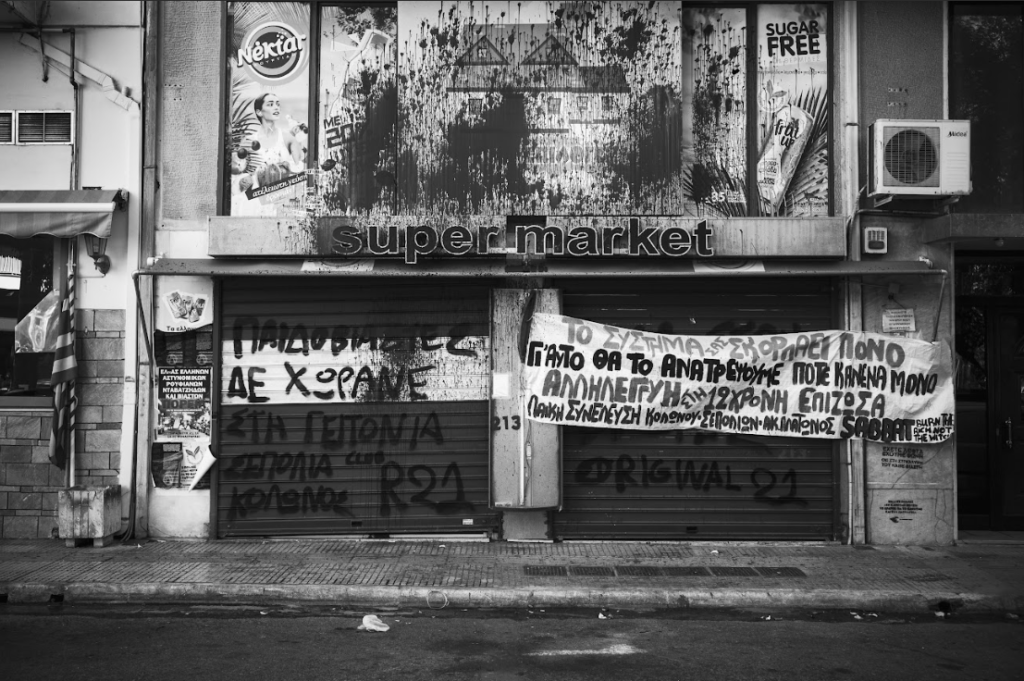
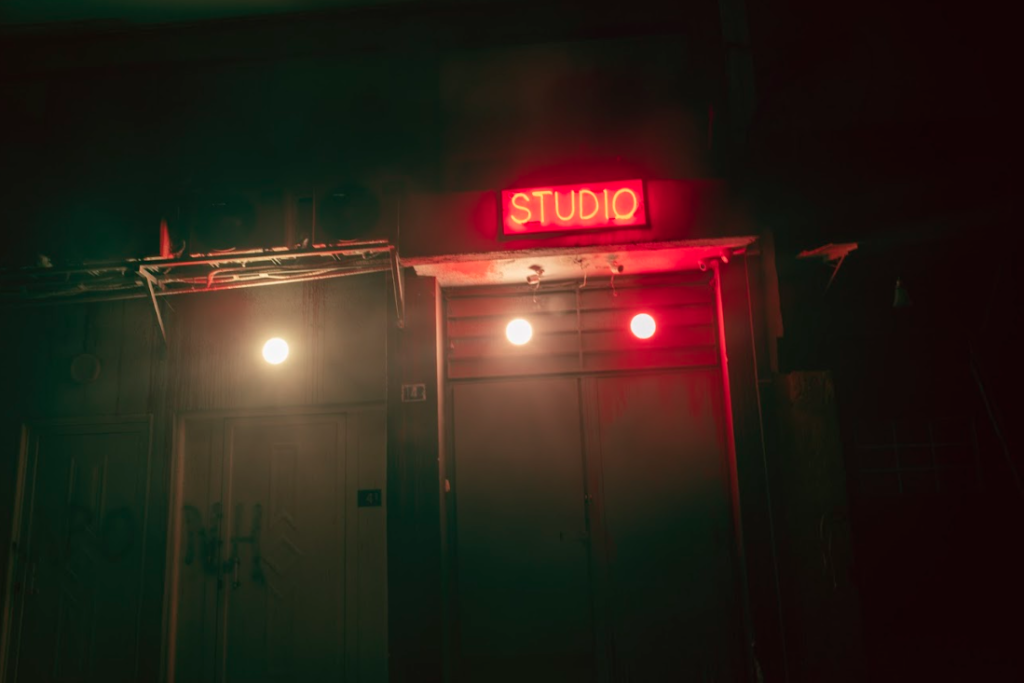
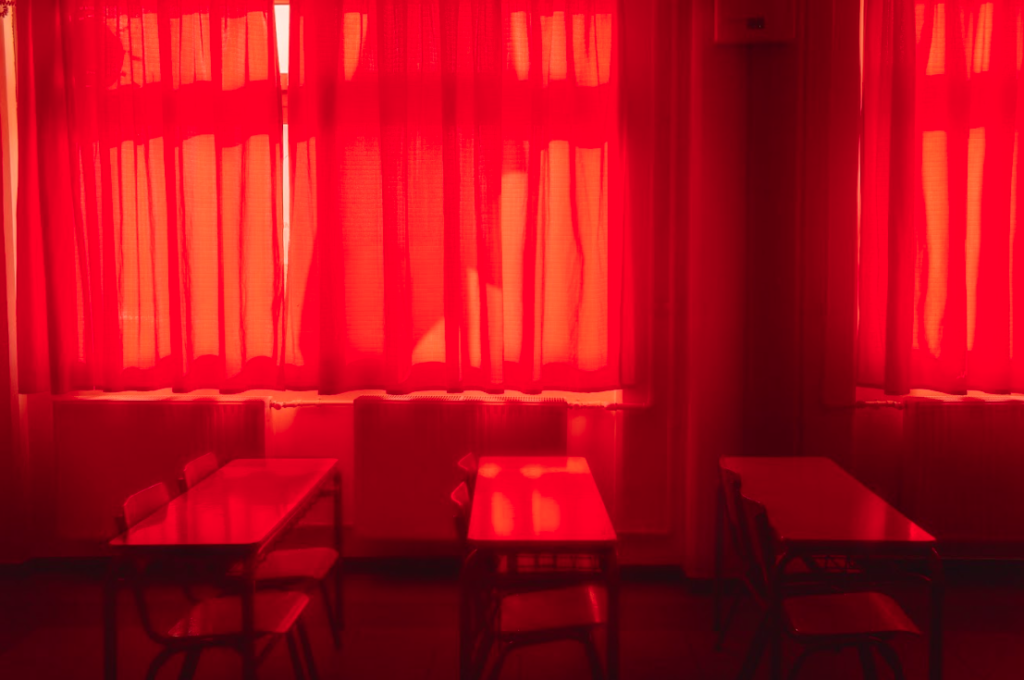
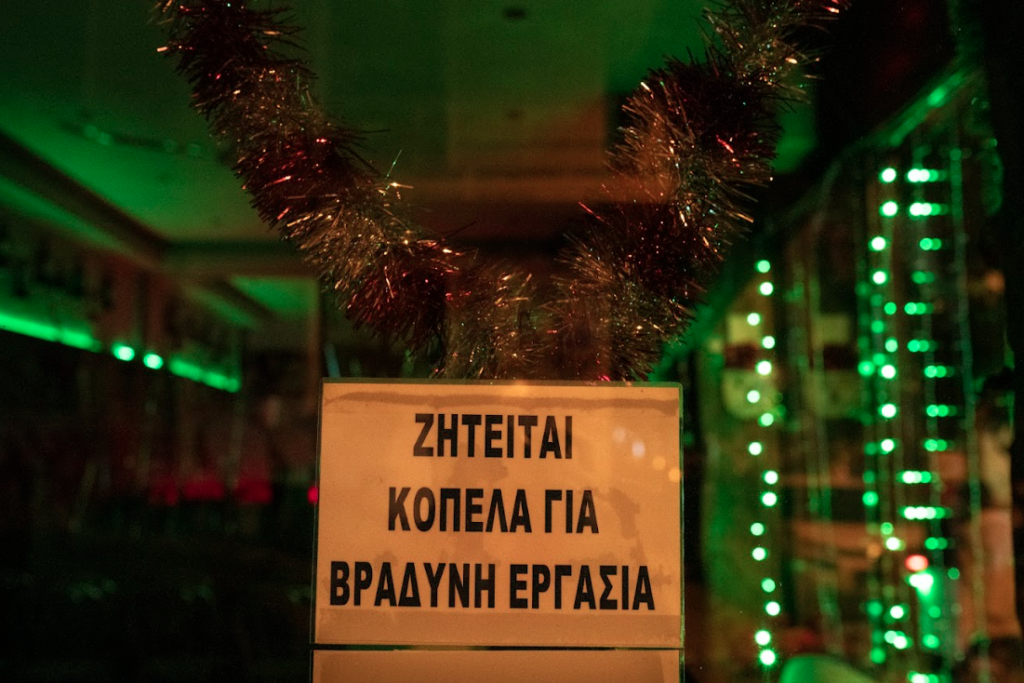
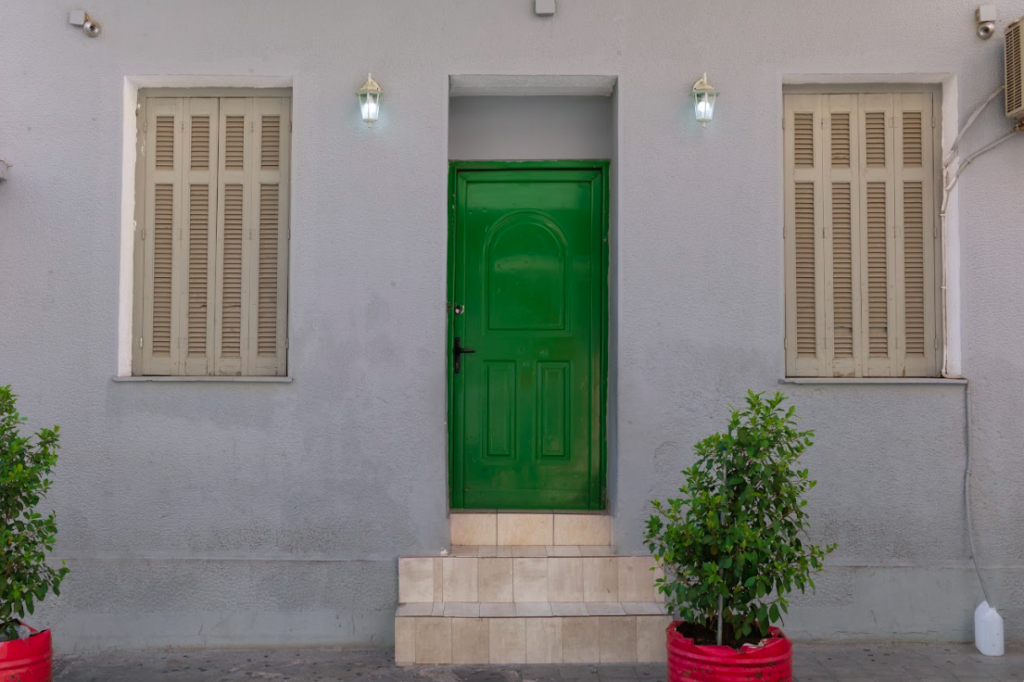
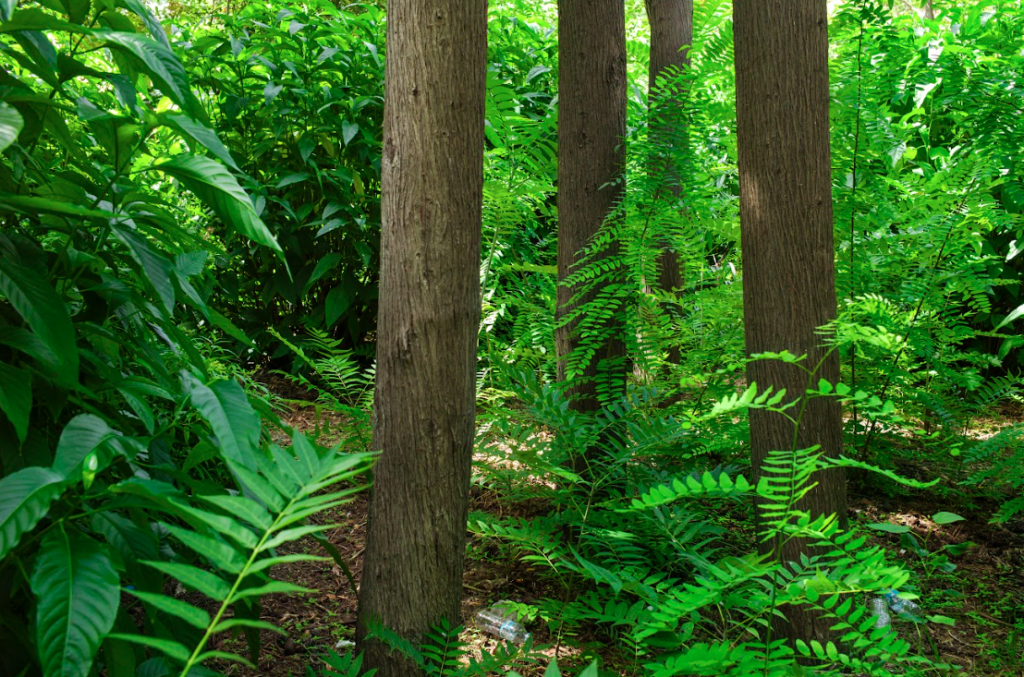
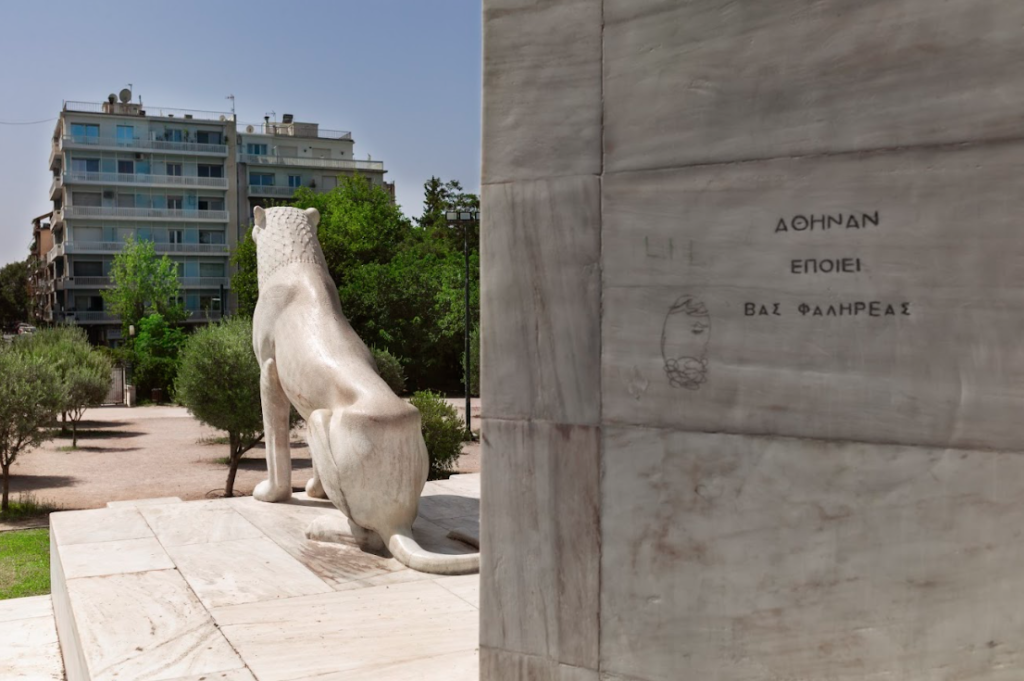
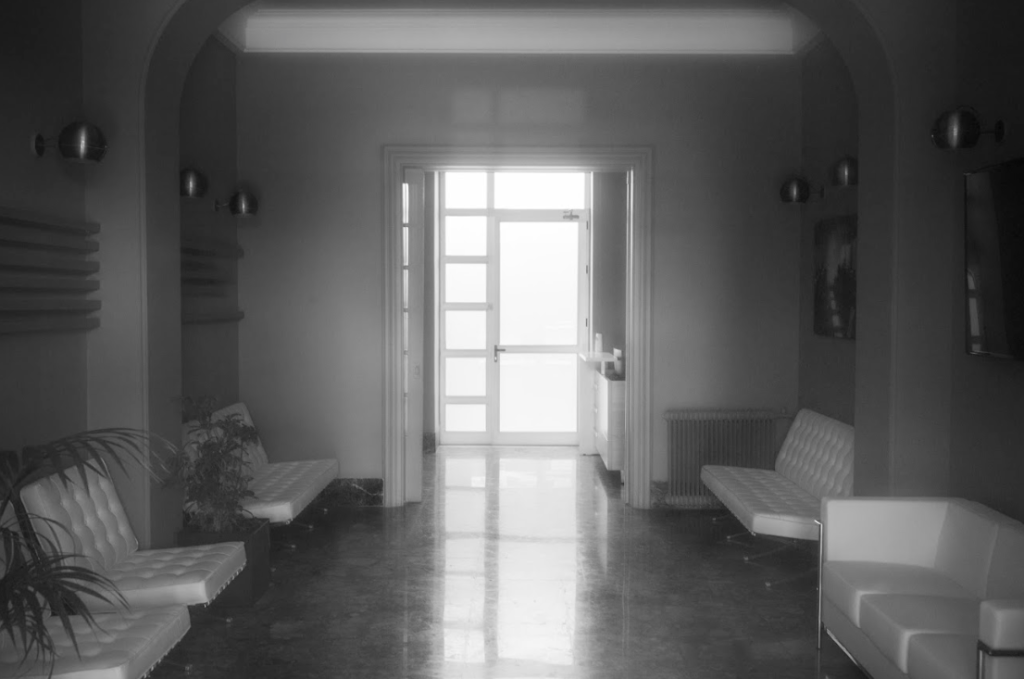
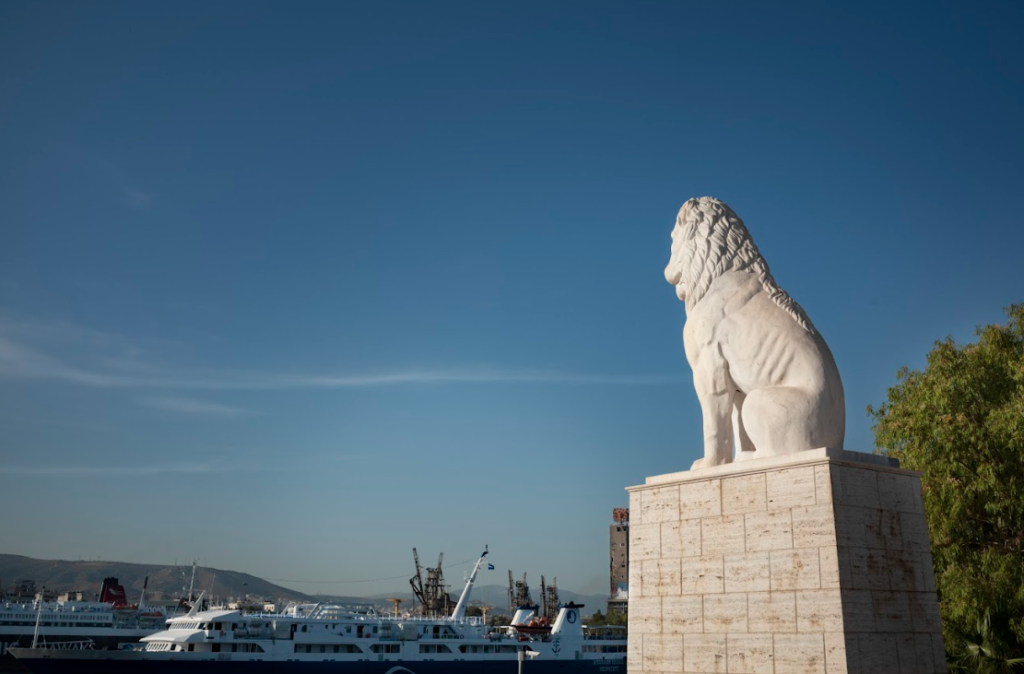
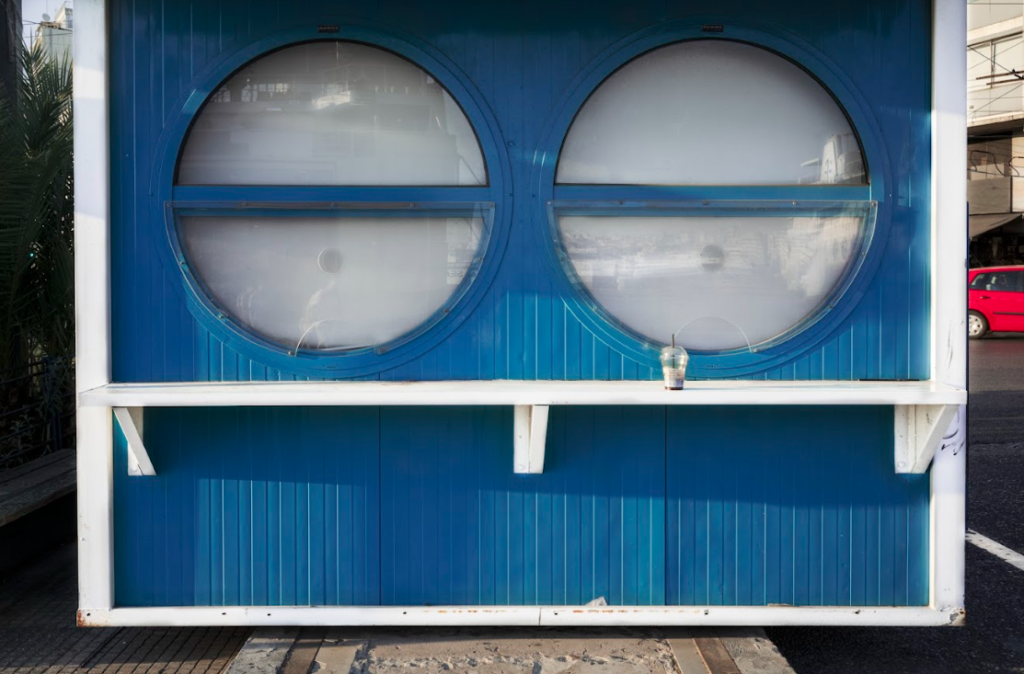
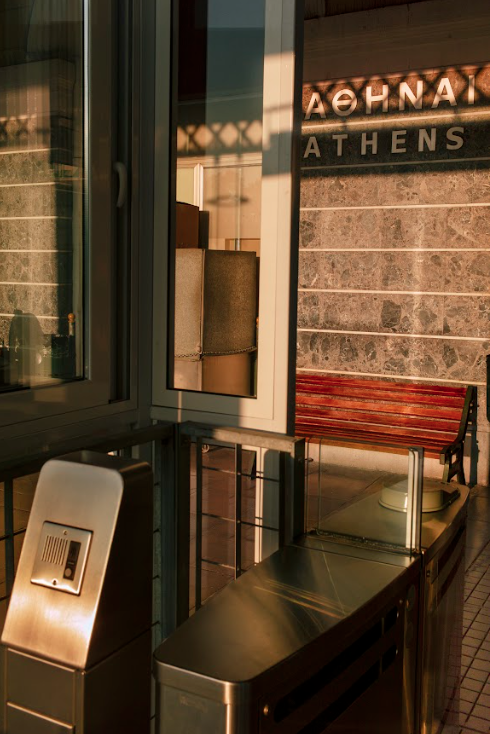
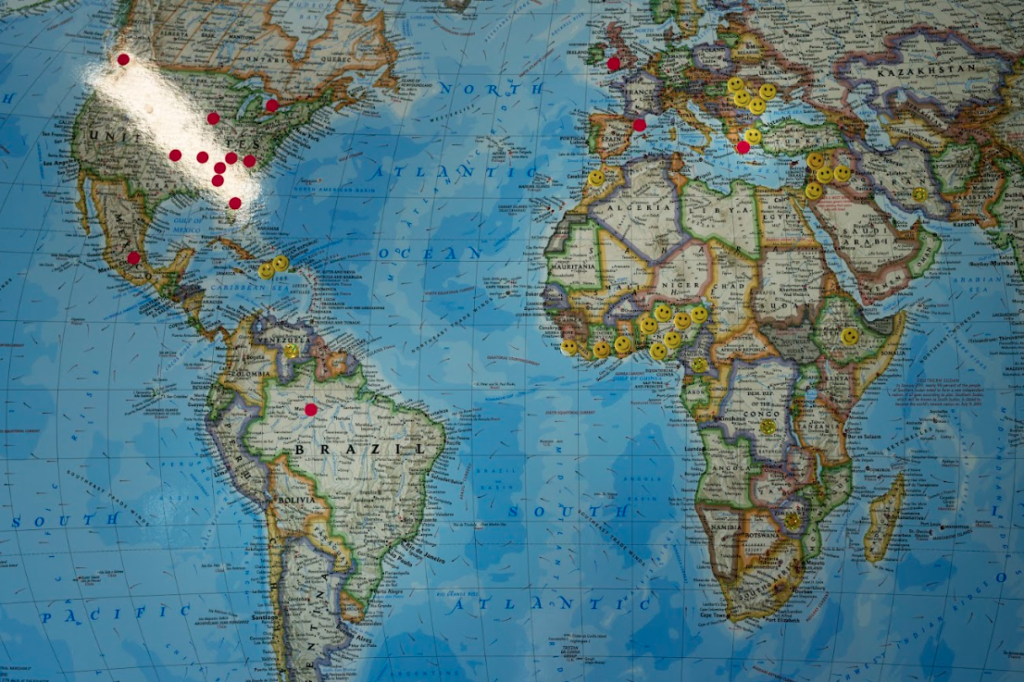
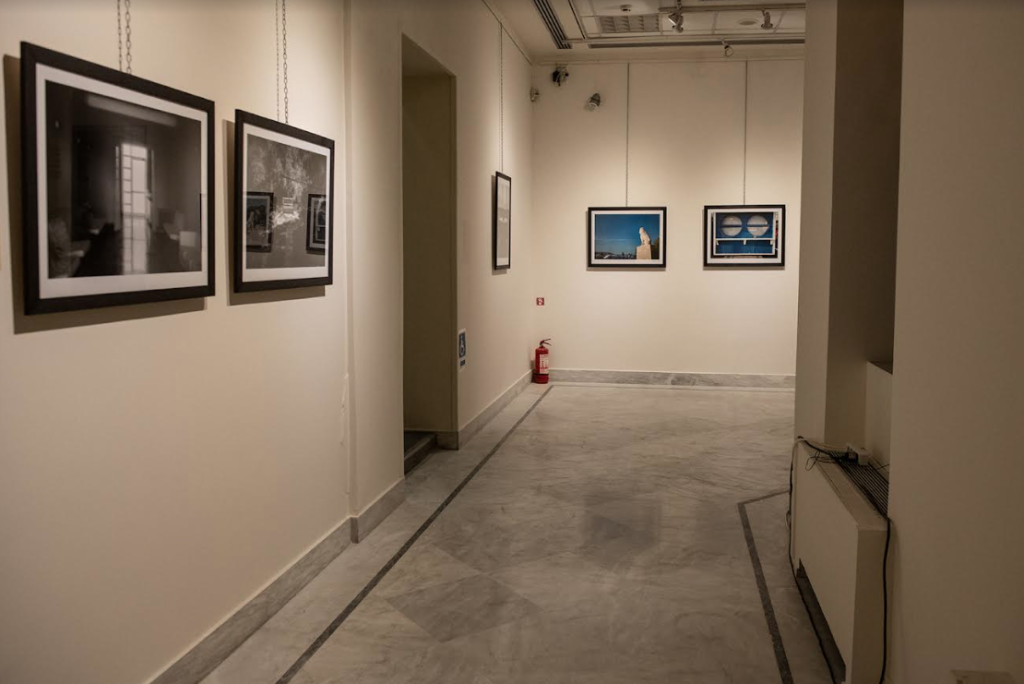
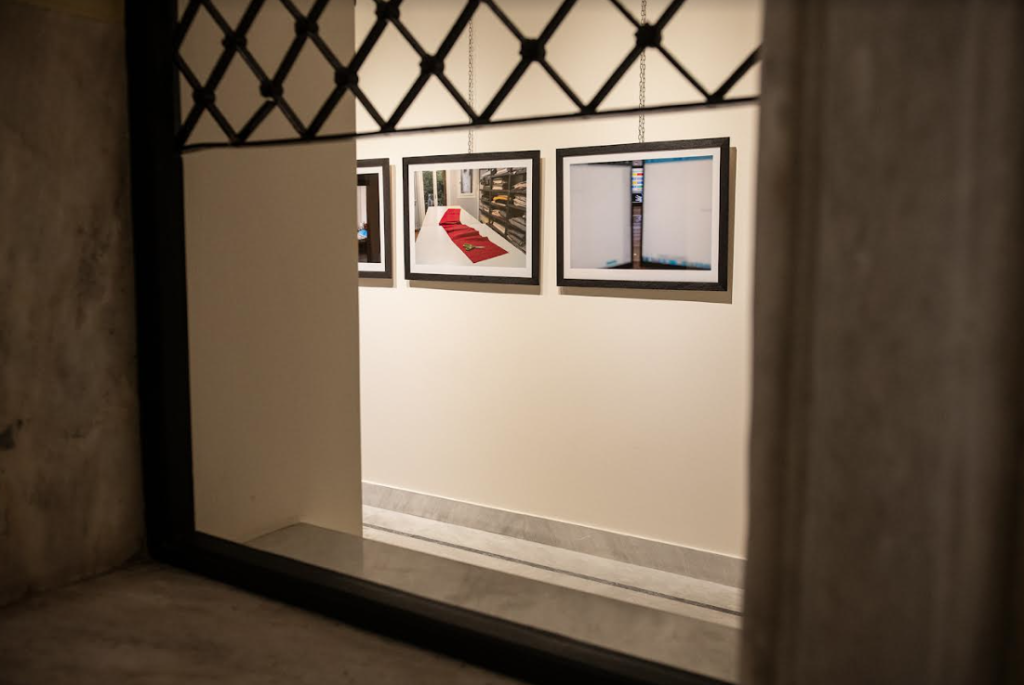
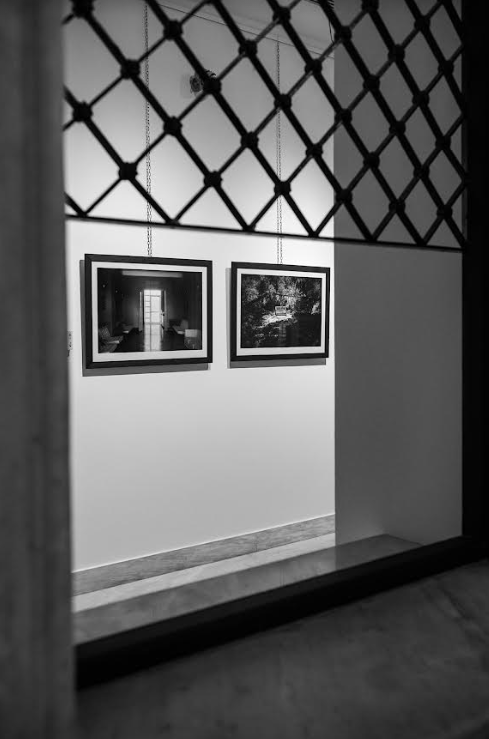
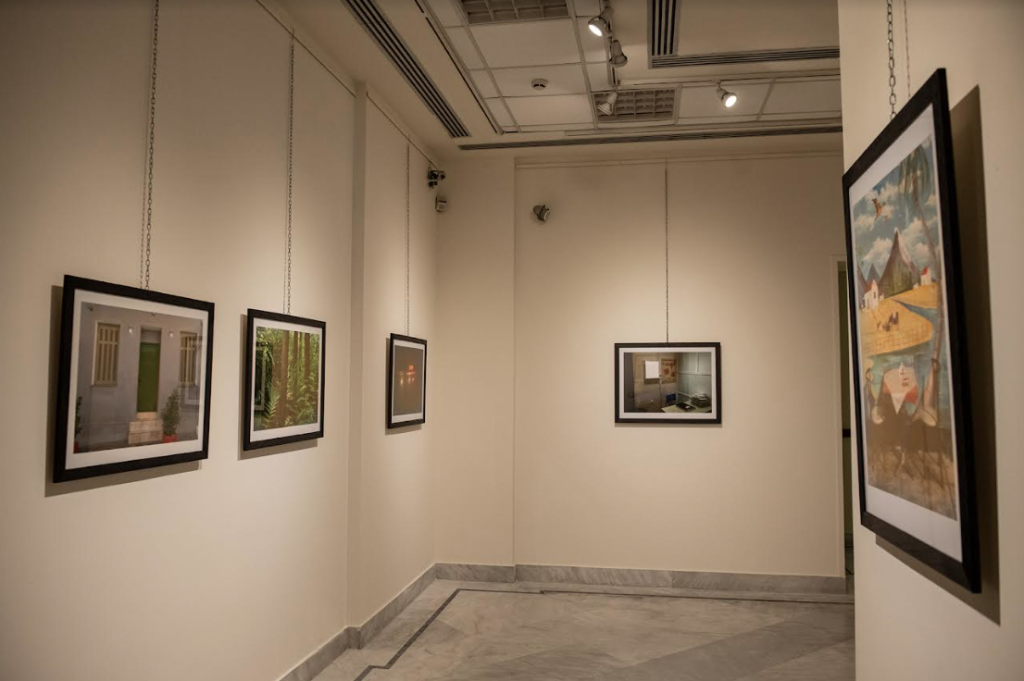
Nicosia - Cyprus - 2021
Photographs by Achilleas Zavallis.
Dec. 15 Panel Discussion – recording:
• Dr Tasoulla Hadjiyanni, Northrop Professor, University of Minnesota (Project Leader)
• Natasa Frederickou, Council President, Frederick University
• Eleni Michael, Office of Combating Trafficking in Human Beings – Crime Combating Department – Cyprus Police
• Paraskevi Tzeou, Cyprus Stop Trafficking
• Nicolas Lambouris, Assistant Professor, Frederick University (Co-curator)
Additional partner is the Cyprus Refugee Council.
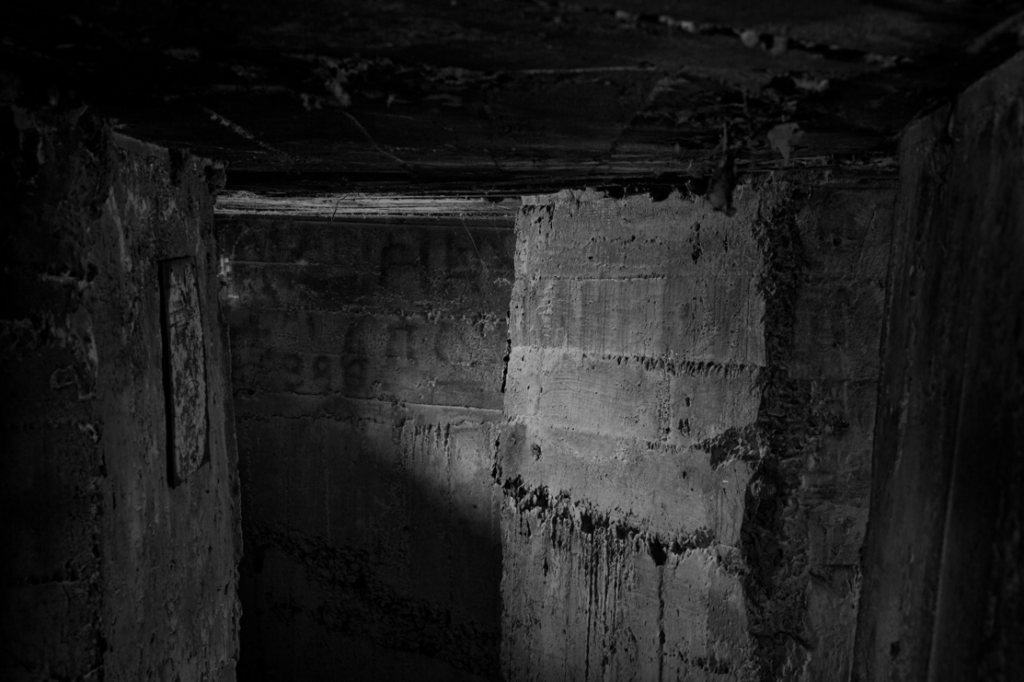
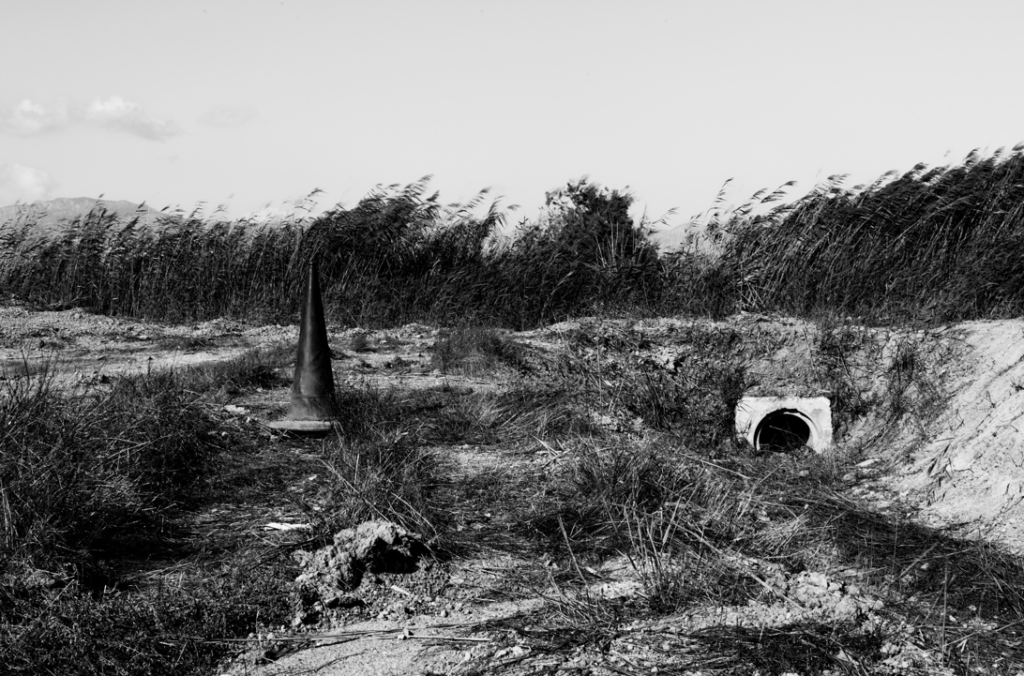
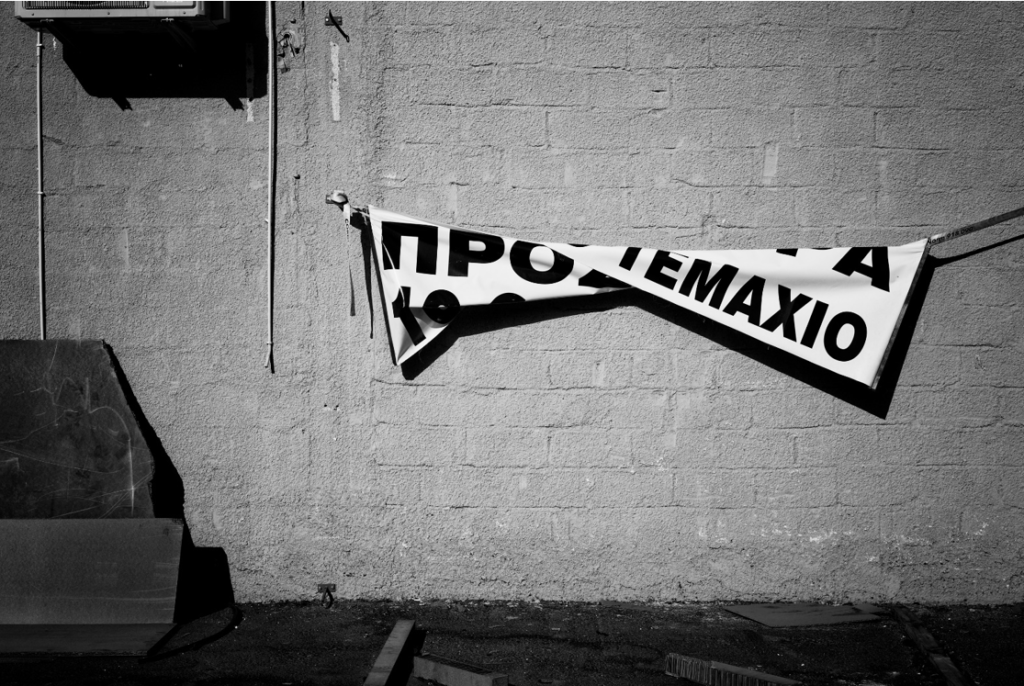
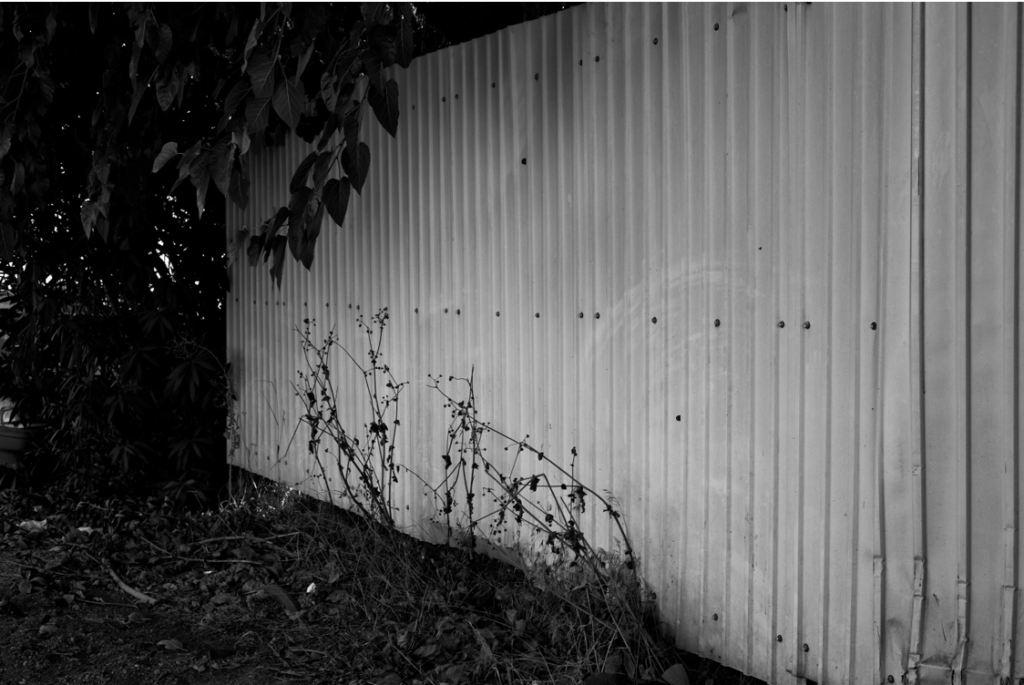
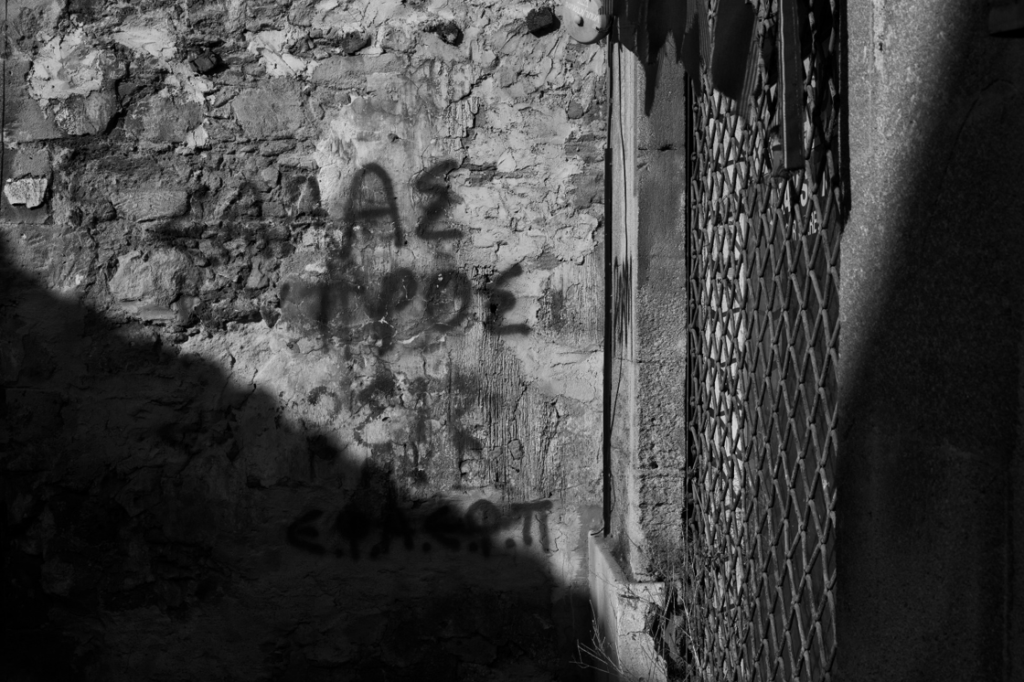
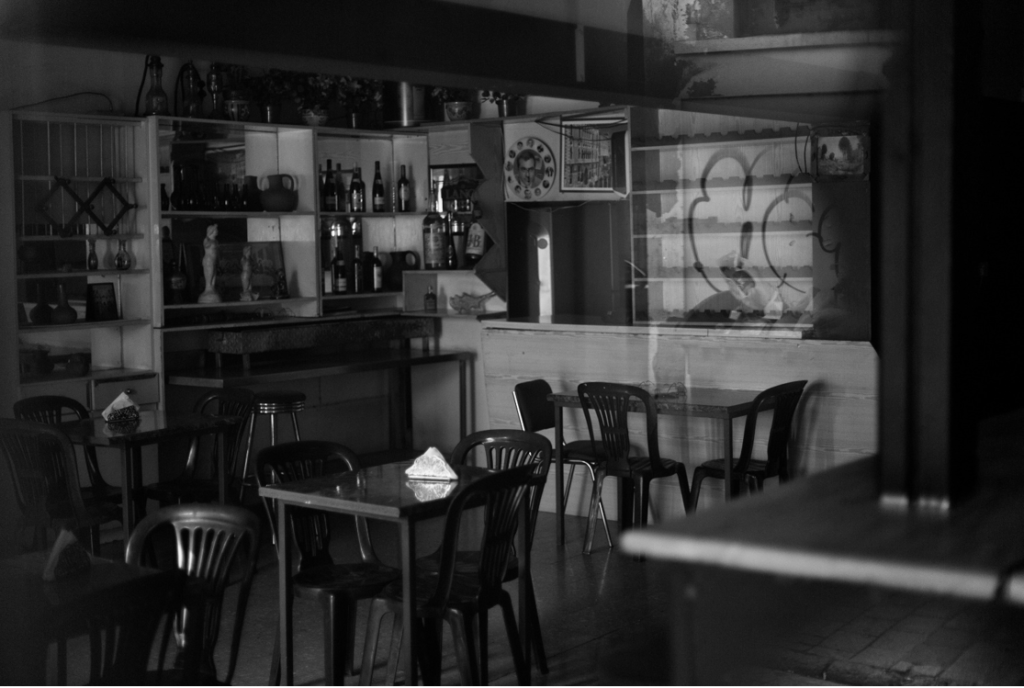
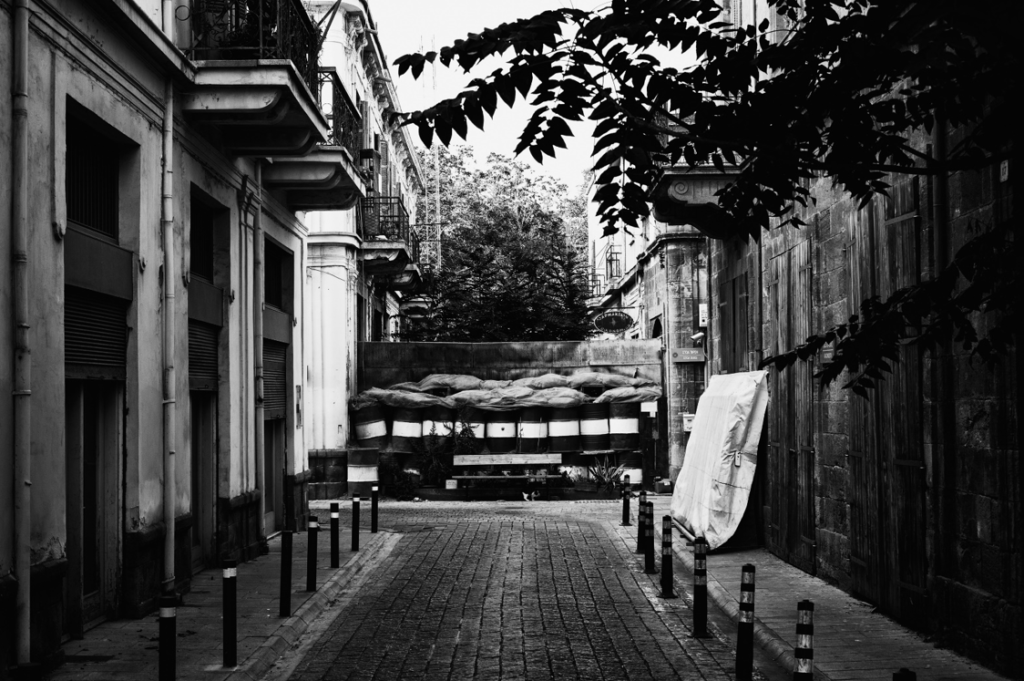
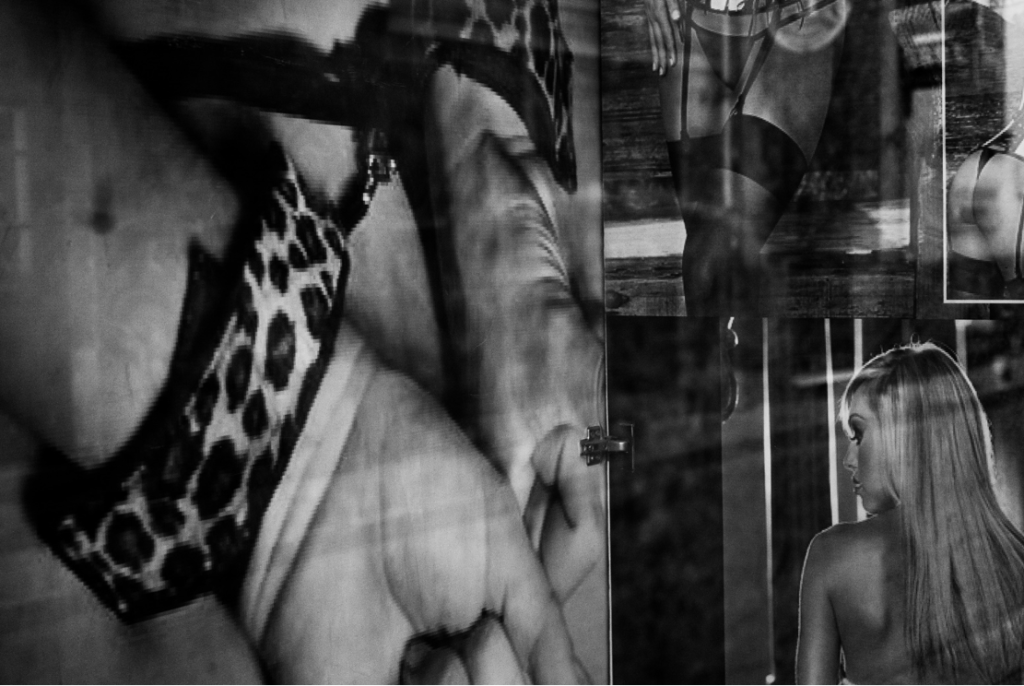
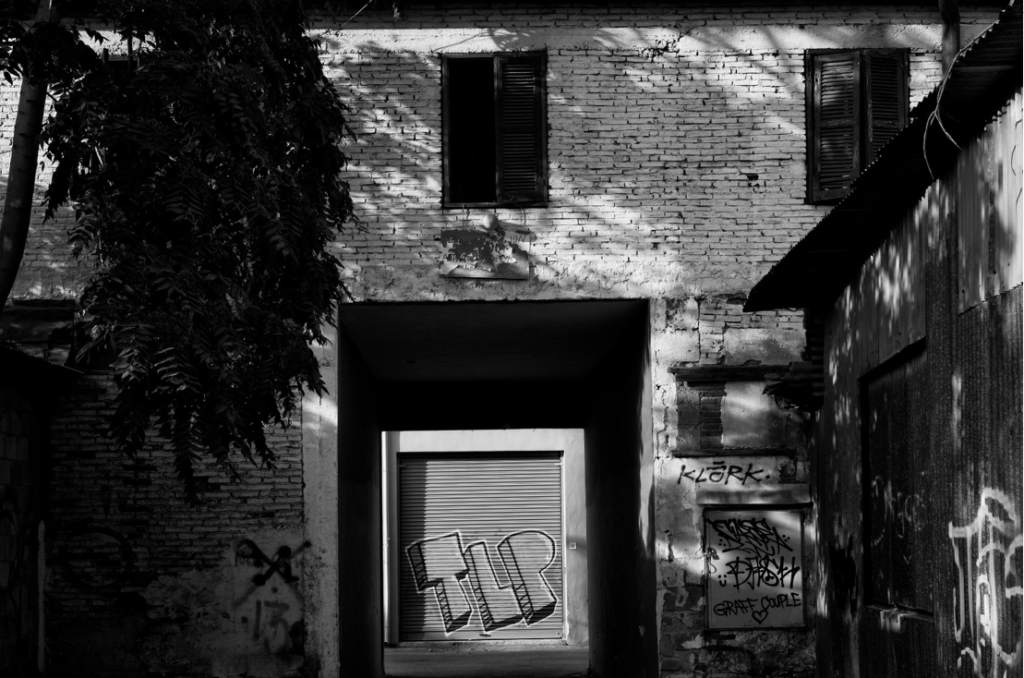
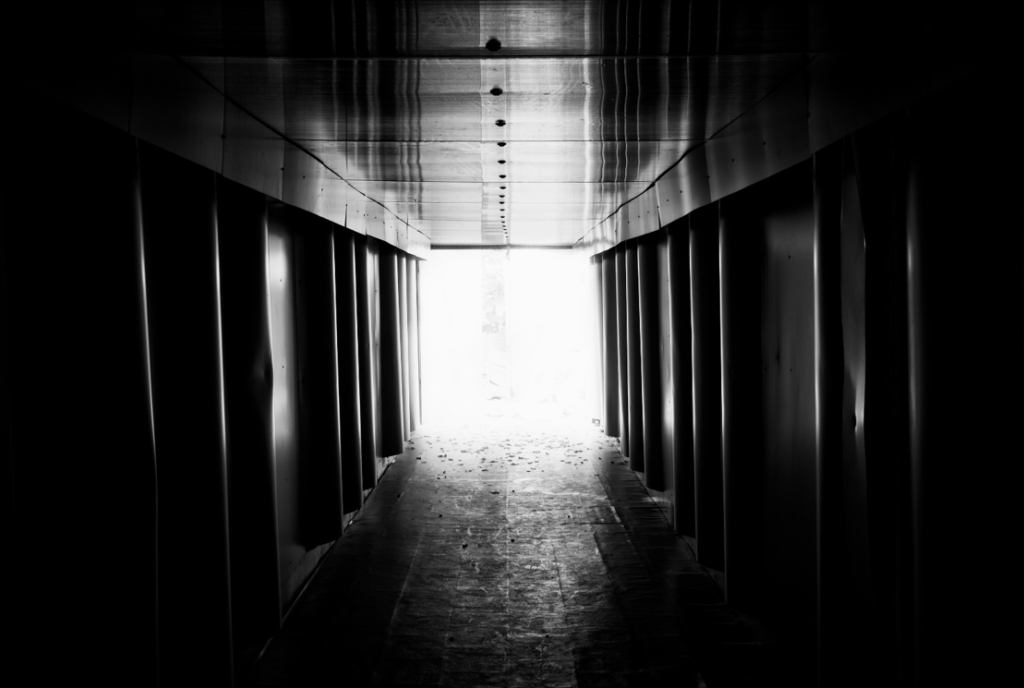
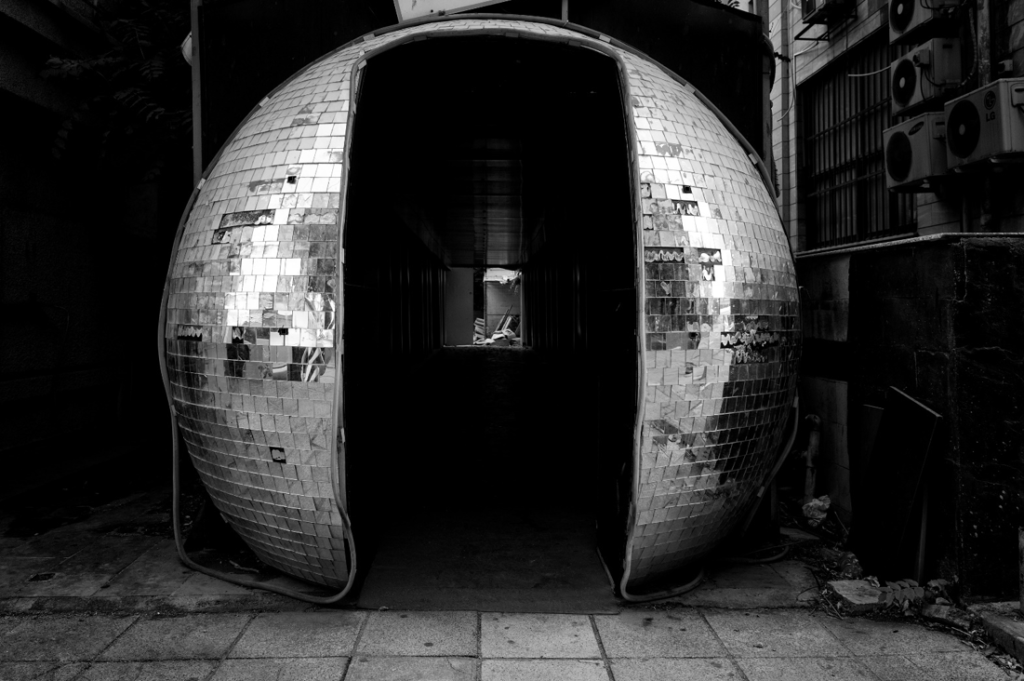

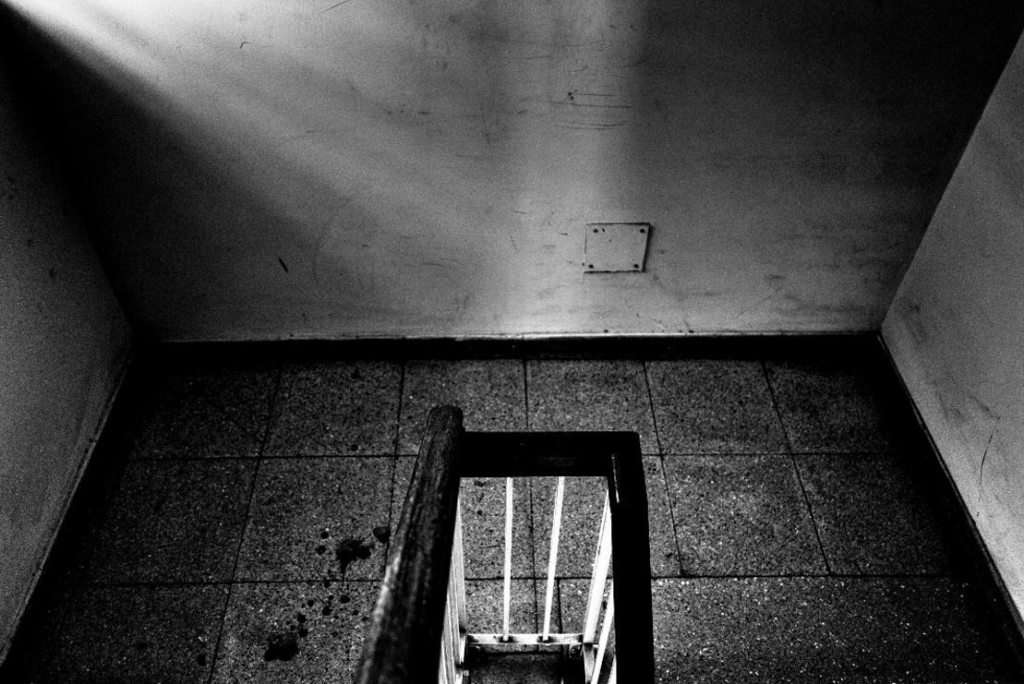
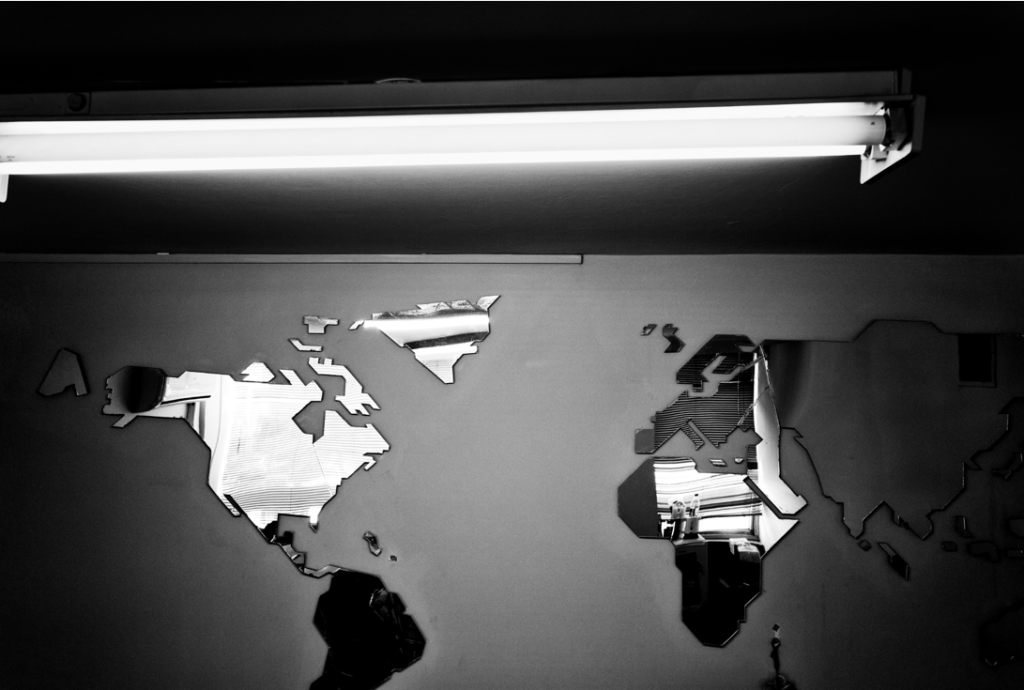
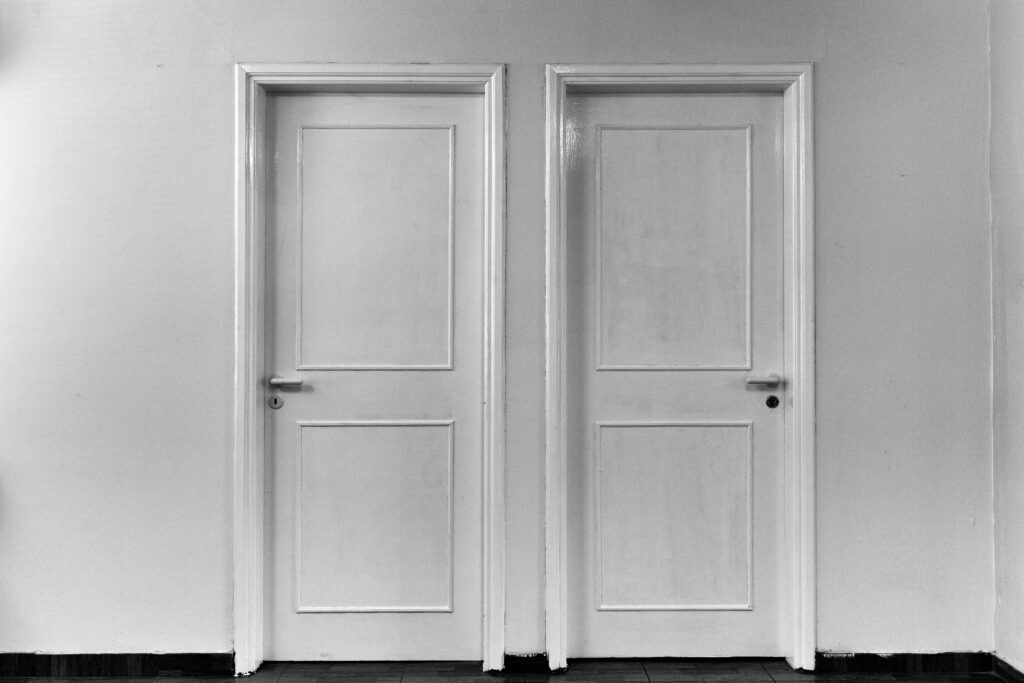
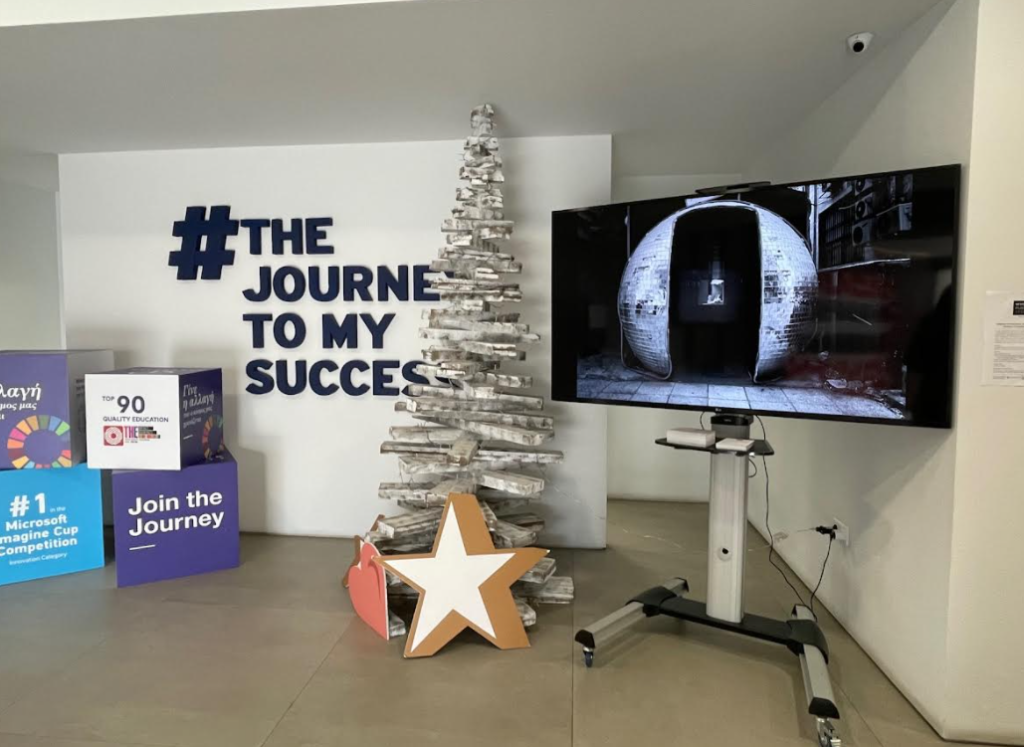
North Dakota (2021)
When Places Speak-North Dakota is a partnership between Dr. Tasoulla Hadjiyanni (Professor of Interior Design, University of Minnesota), Dr. Susan Ray-Degges (Professor of Interior Design, North Dakota State University), Anthony Faris (Gallery Coordinator, Memorial Union Gallery, North Dakota State University) and Melissa Kaiser (North Dakota Human Trafficking Task Force). The exhibit was generously funded with a grant from the Alex Stern Family Foundation.
Through their participation in developing an exhibition, students can play a key role in starting a local dialogue to increase community responsiveness.
When Places Speak gives North Dakota an opportunity to educate communities on human trafficking in our state. We wanted to share North Dakota’s story to continue pushing the message that this crime does happen here, in your backyard, and that we can combat this crime together as a state. – Melissa Williams, North Dakota Human Trafficking Task Force.
As I drove around my community I thought: Could it have happened here? Who needs our help right now? What secrets do these places keep? Not one more person! How can I help? How can we all help? Not one more woman, man or child! – Anna Frissell.
Photographs by Anna Frissell (Executive Director, Red River Children’s Advocacy Center, local photographer, and advocate).
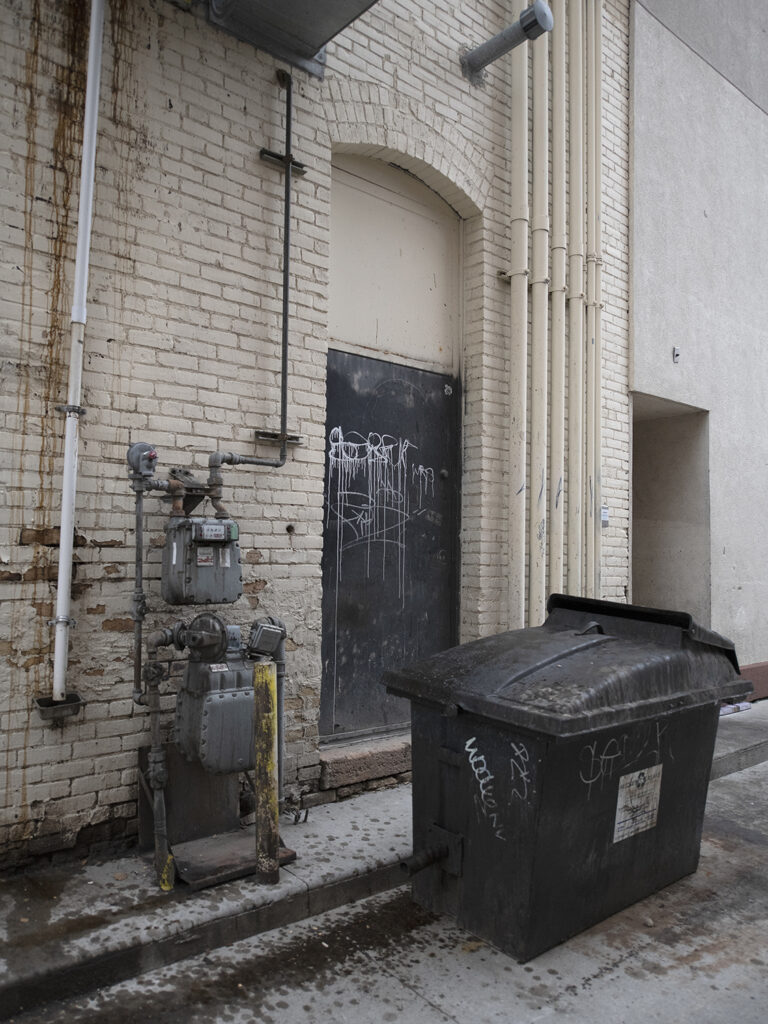
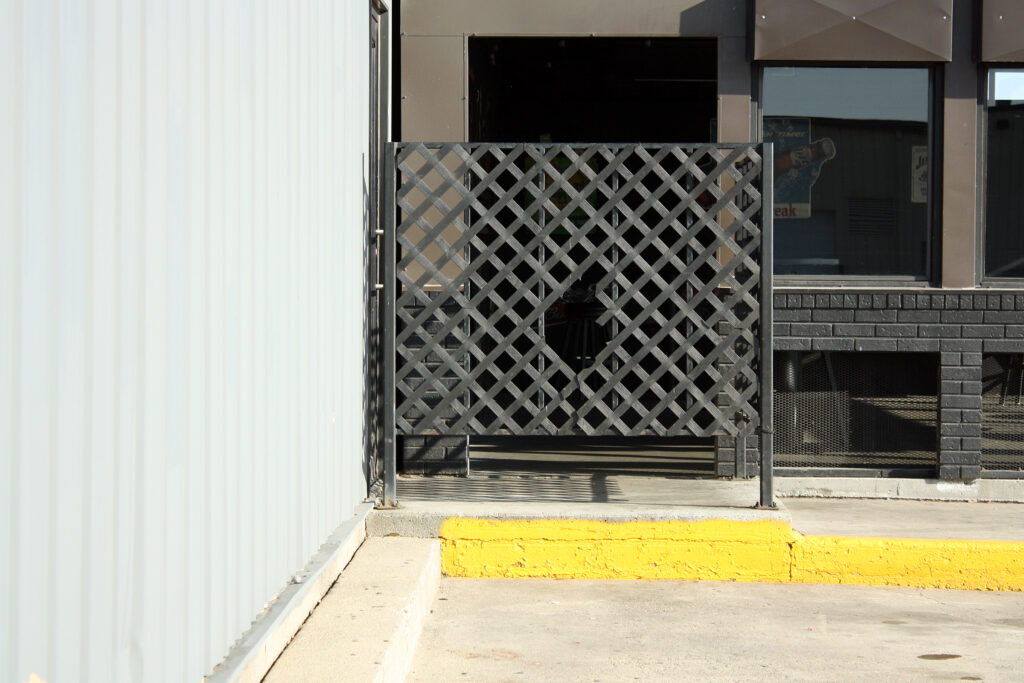
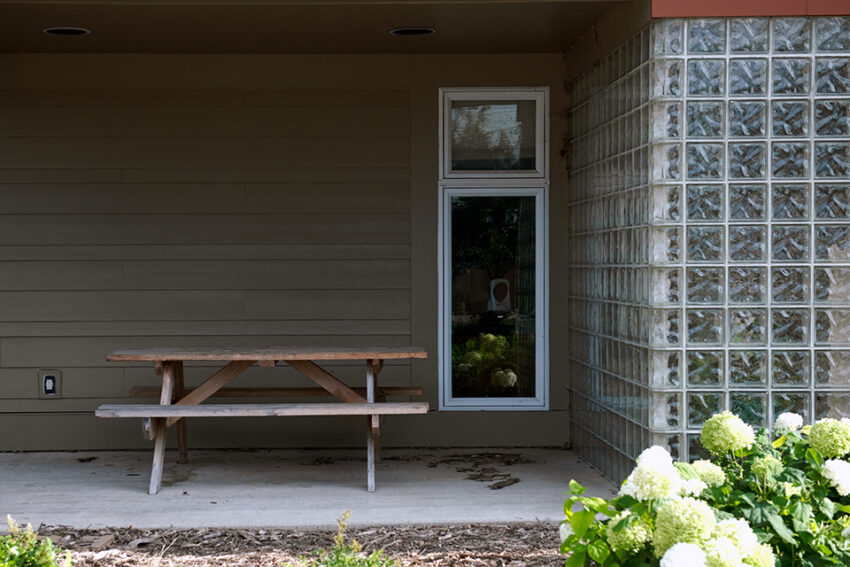

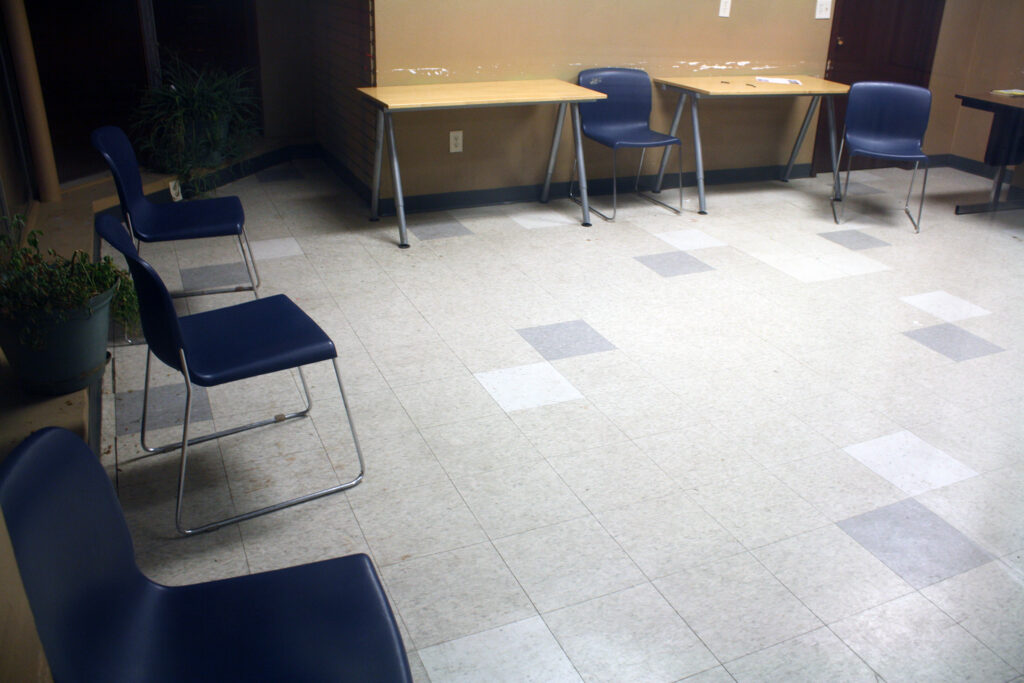
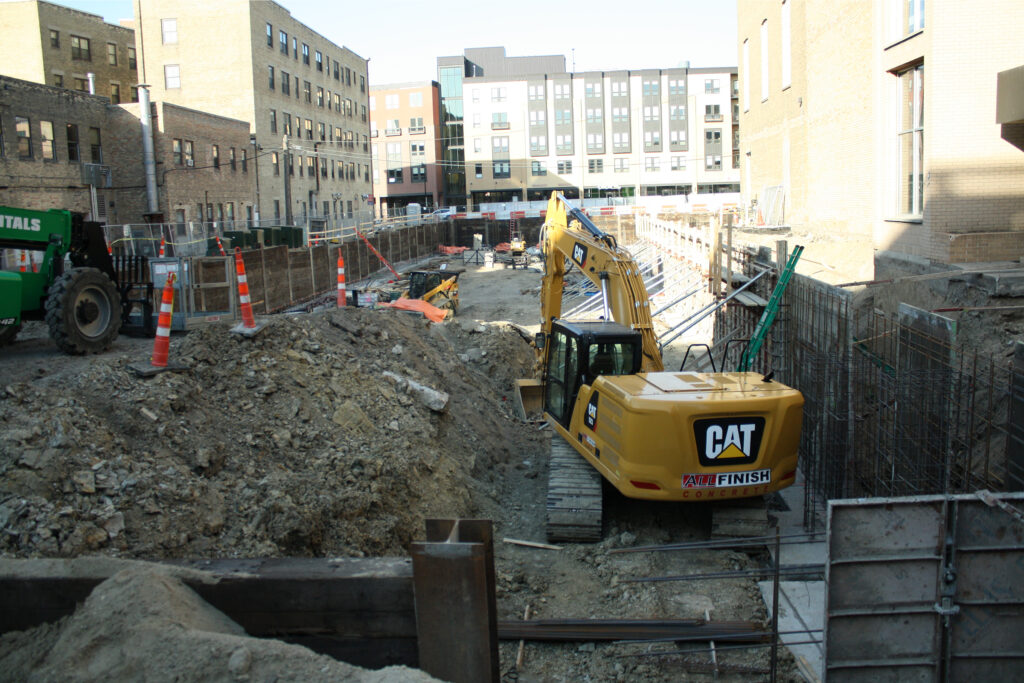
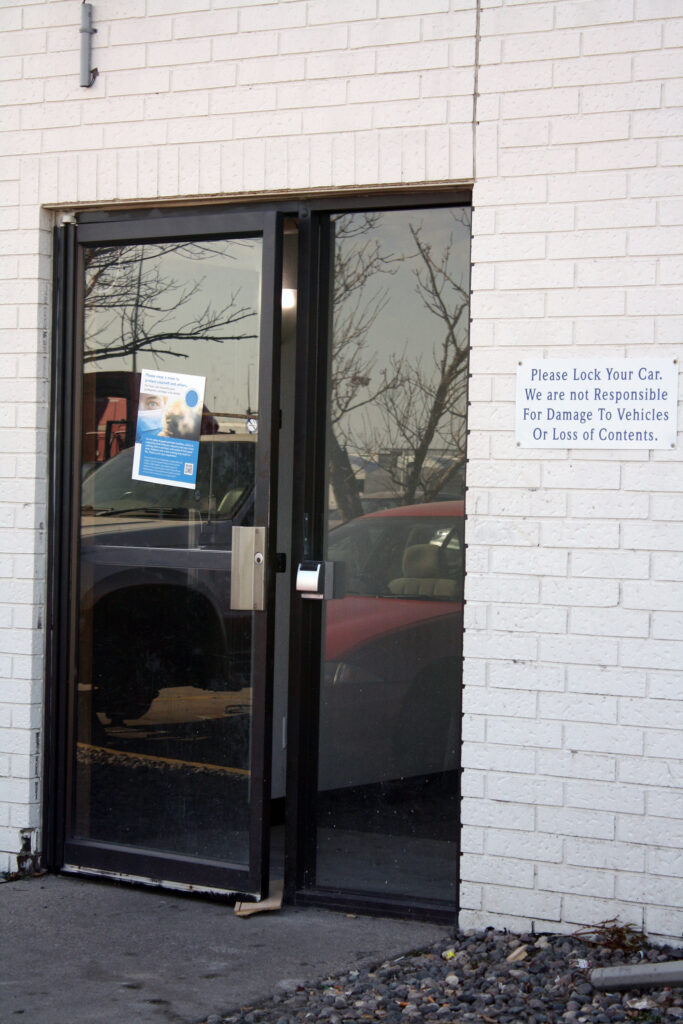
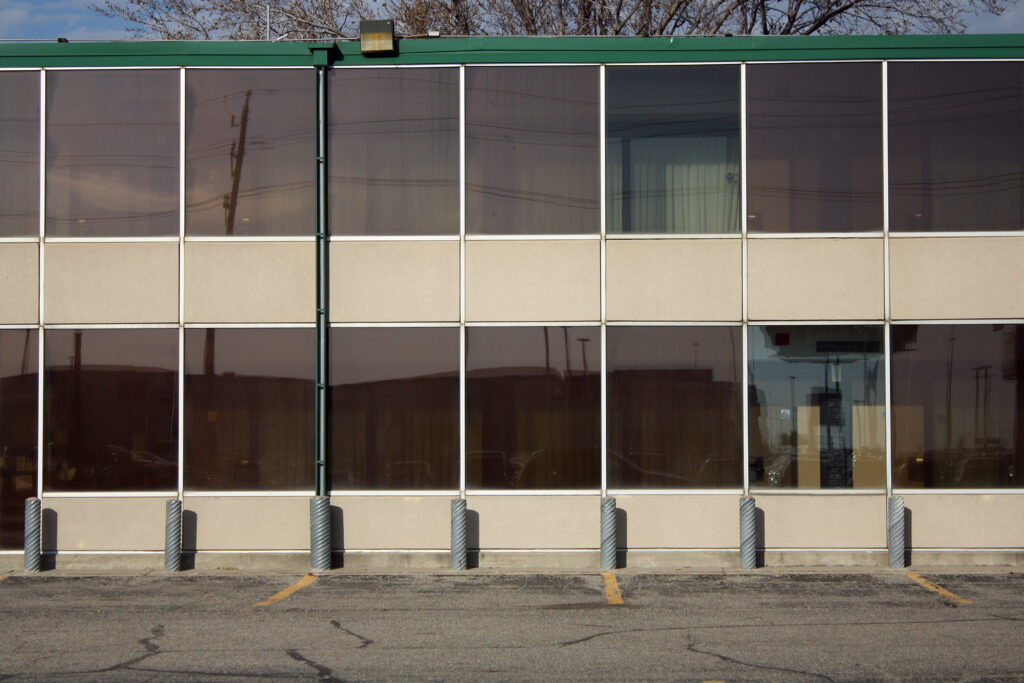
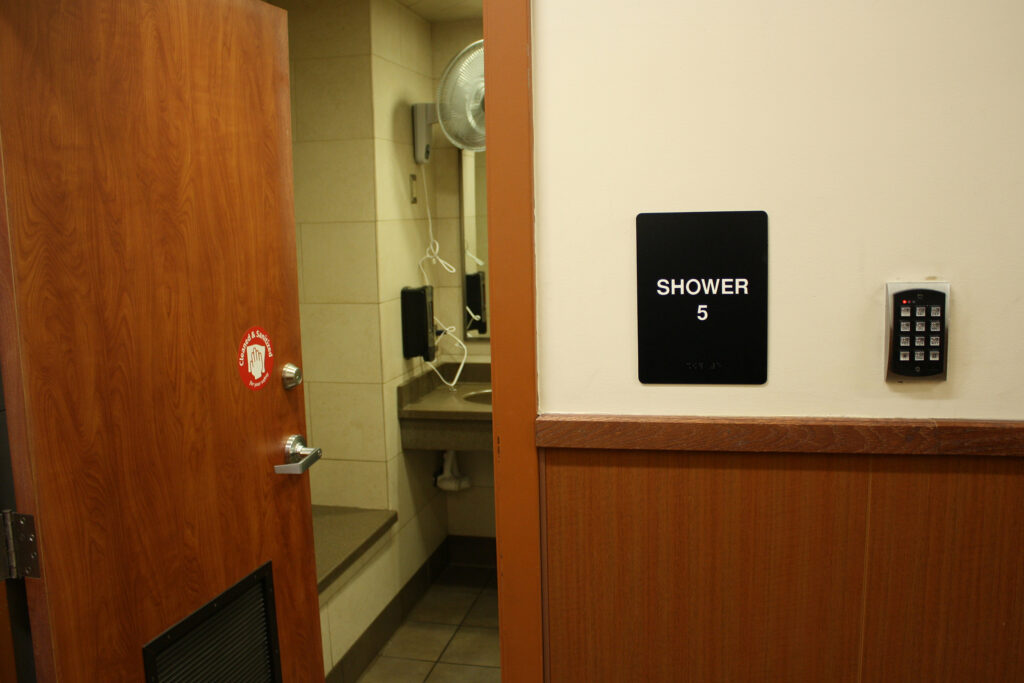
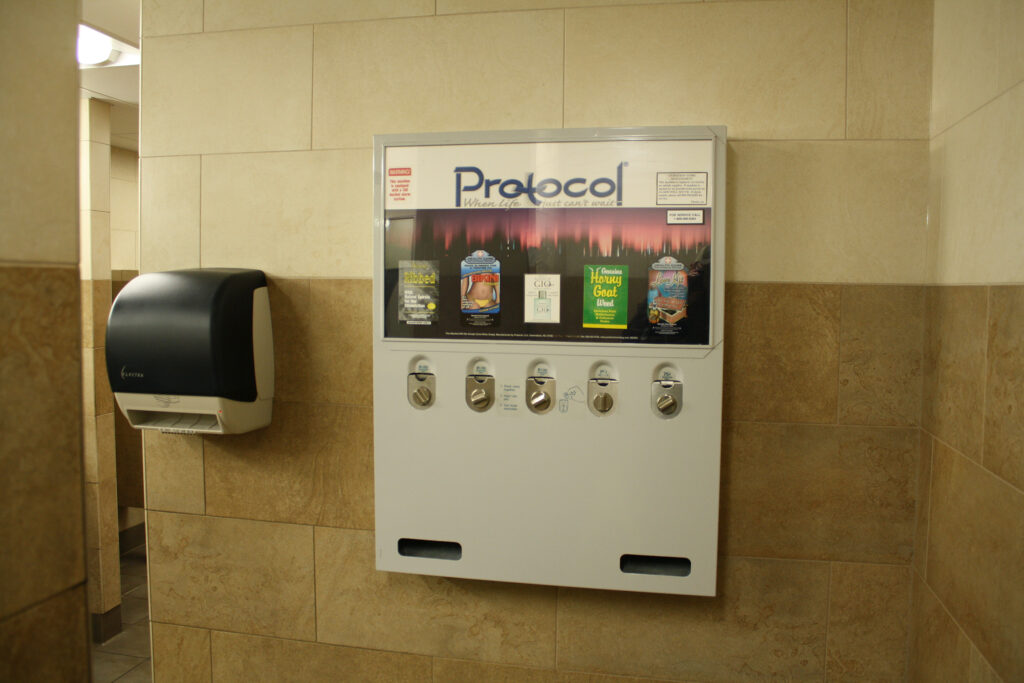
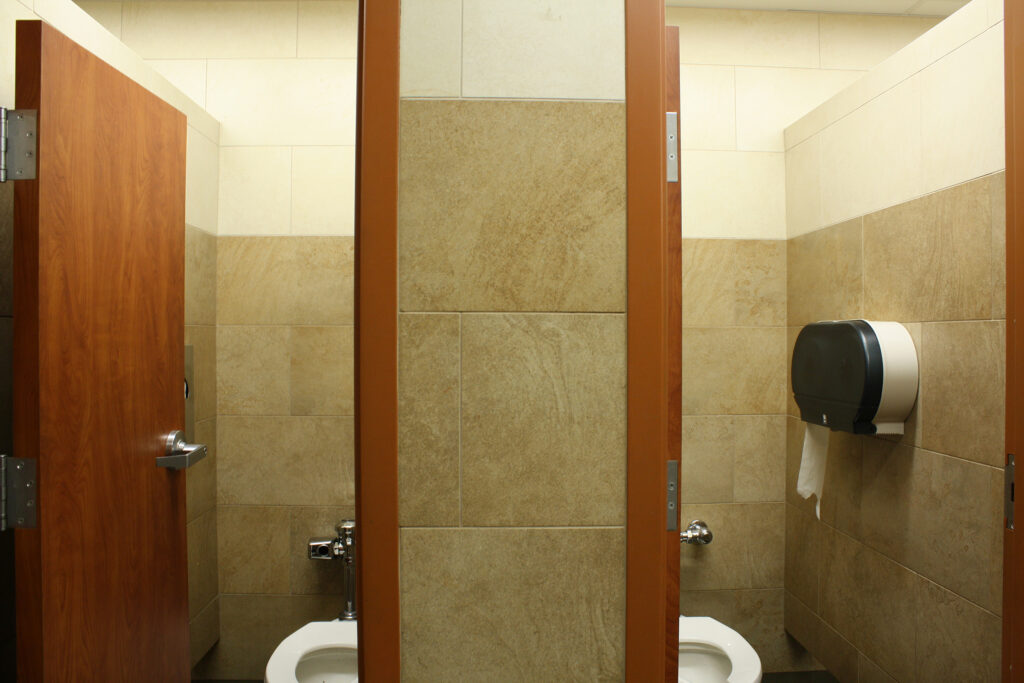
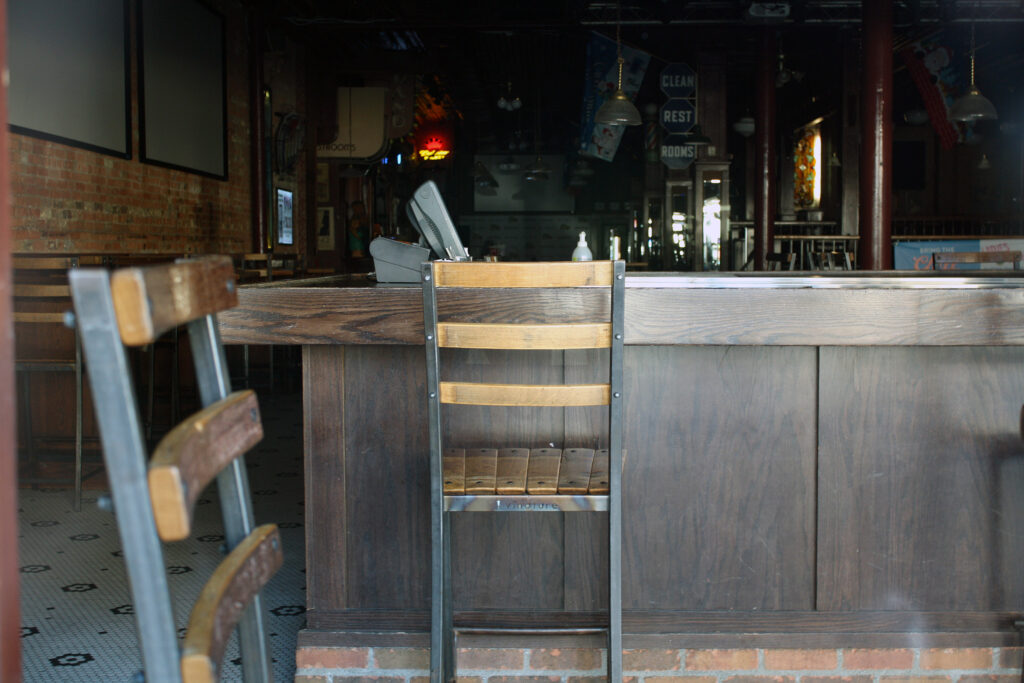

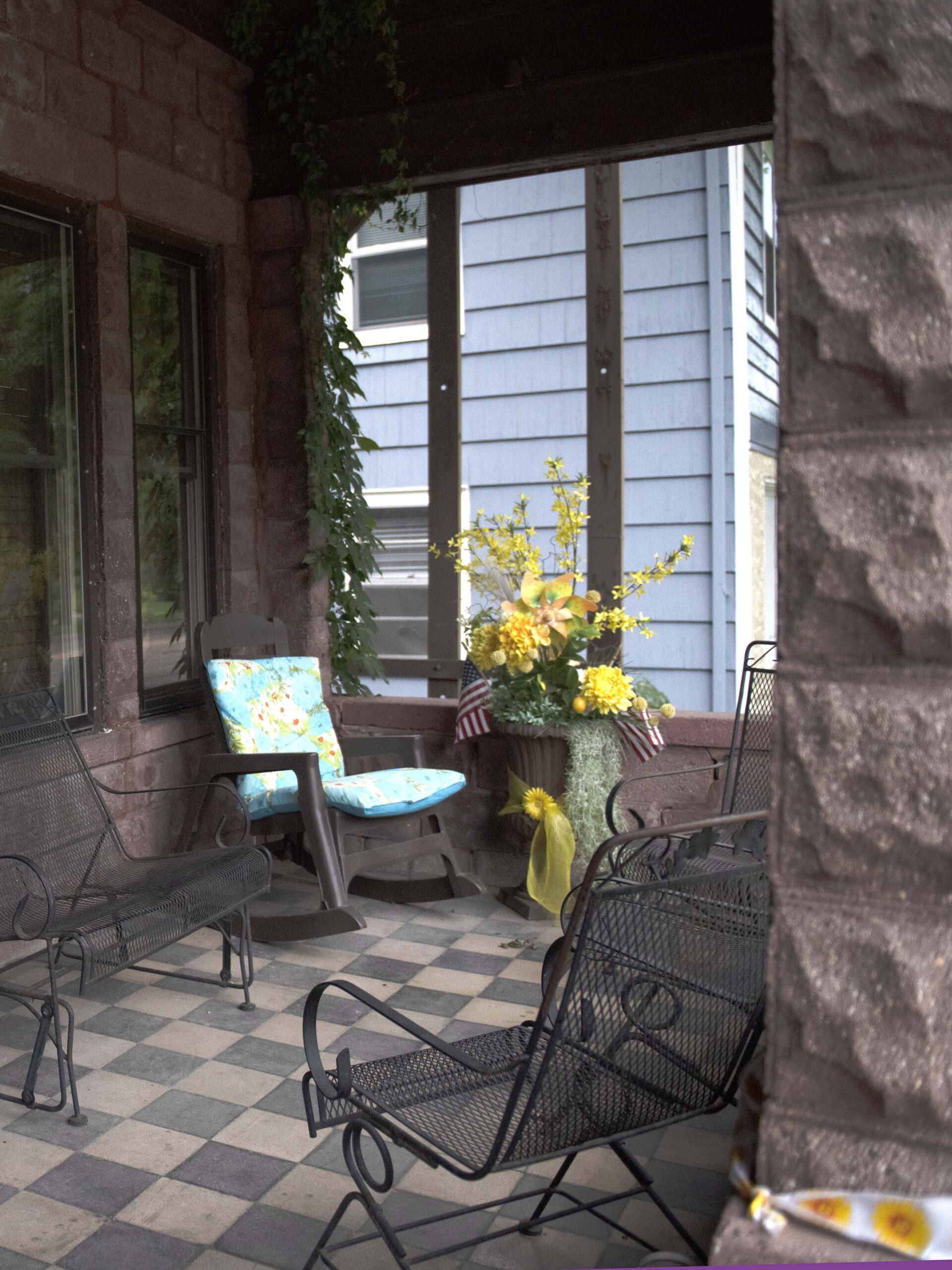
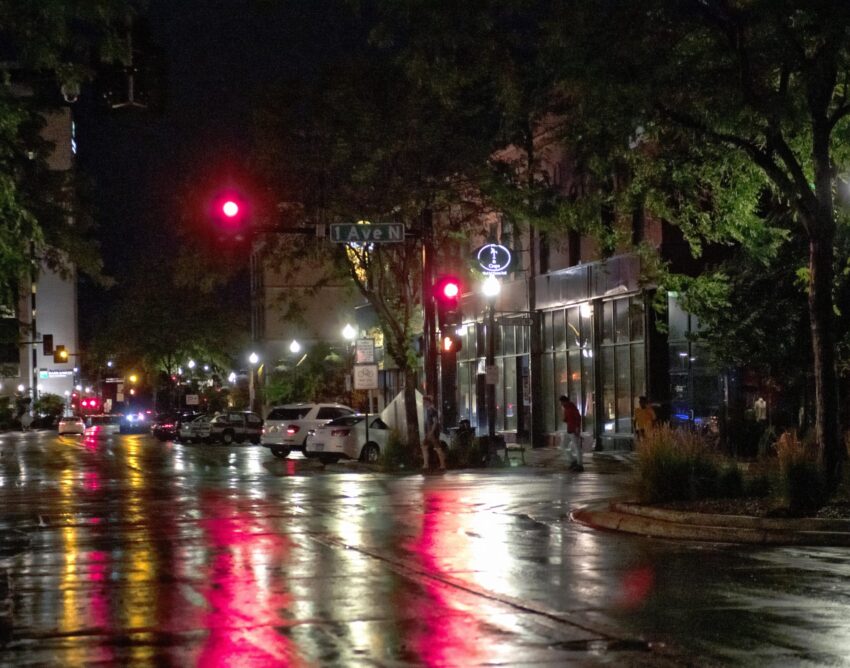
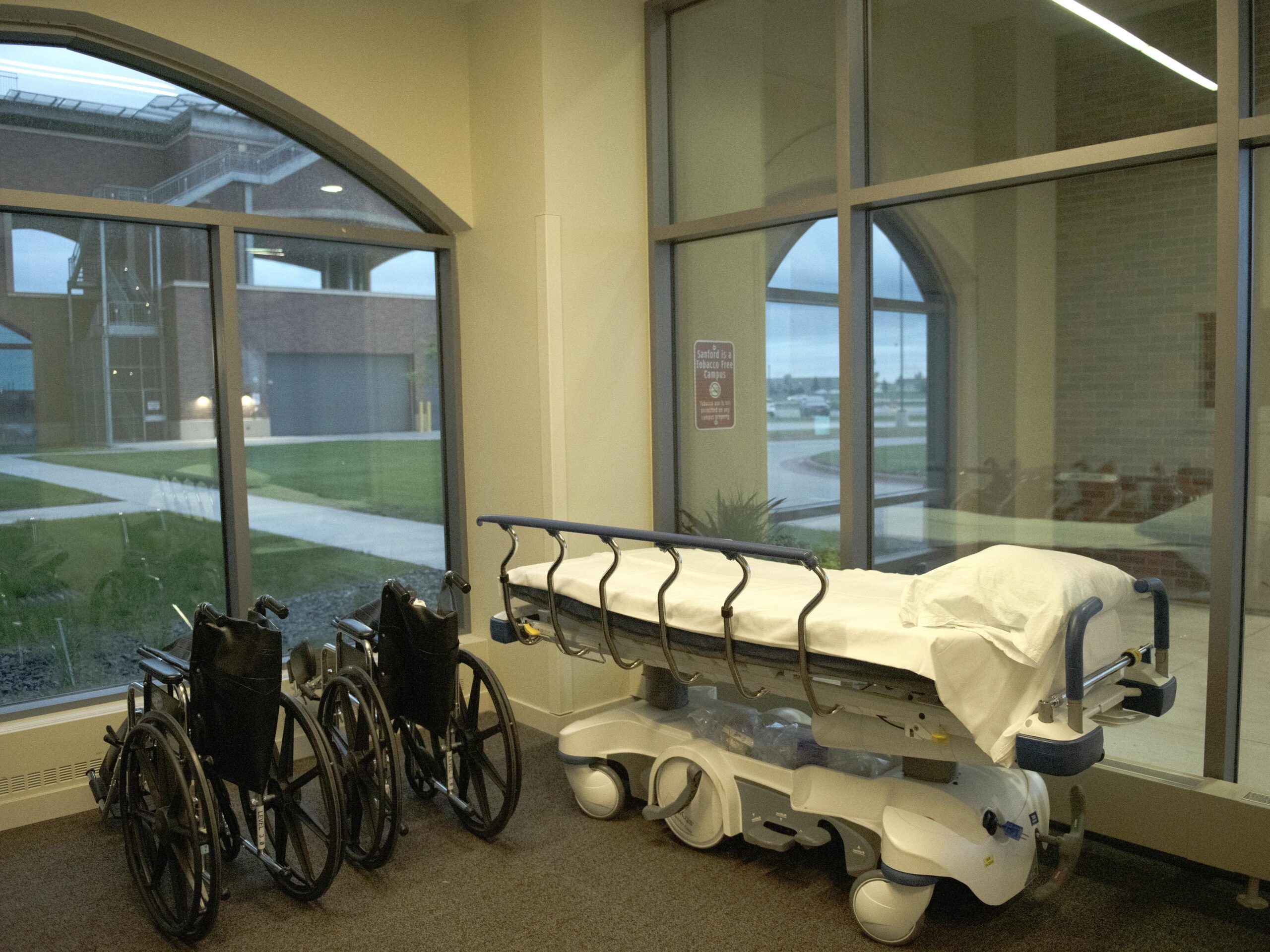
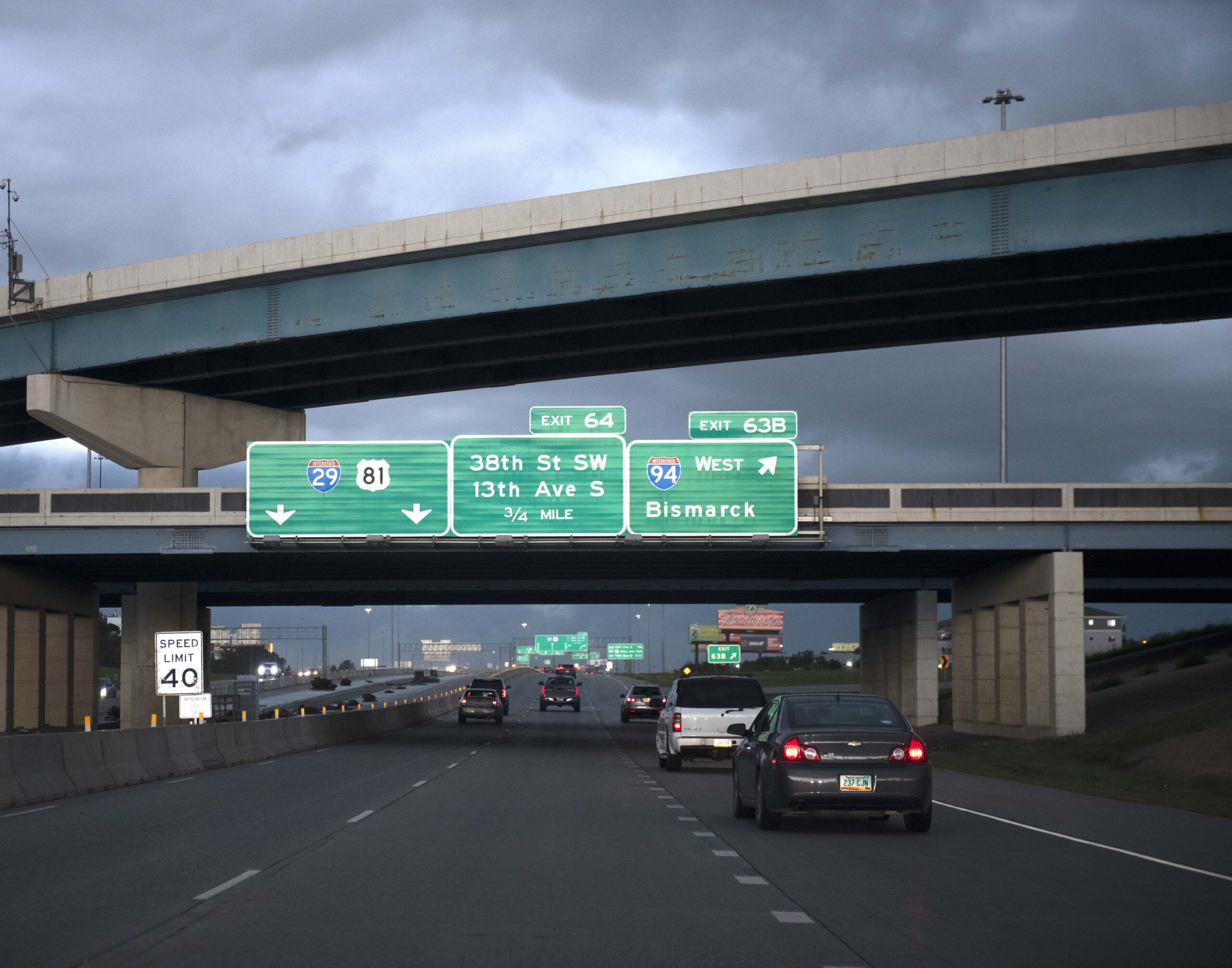
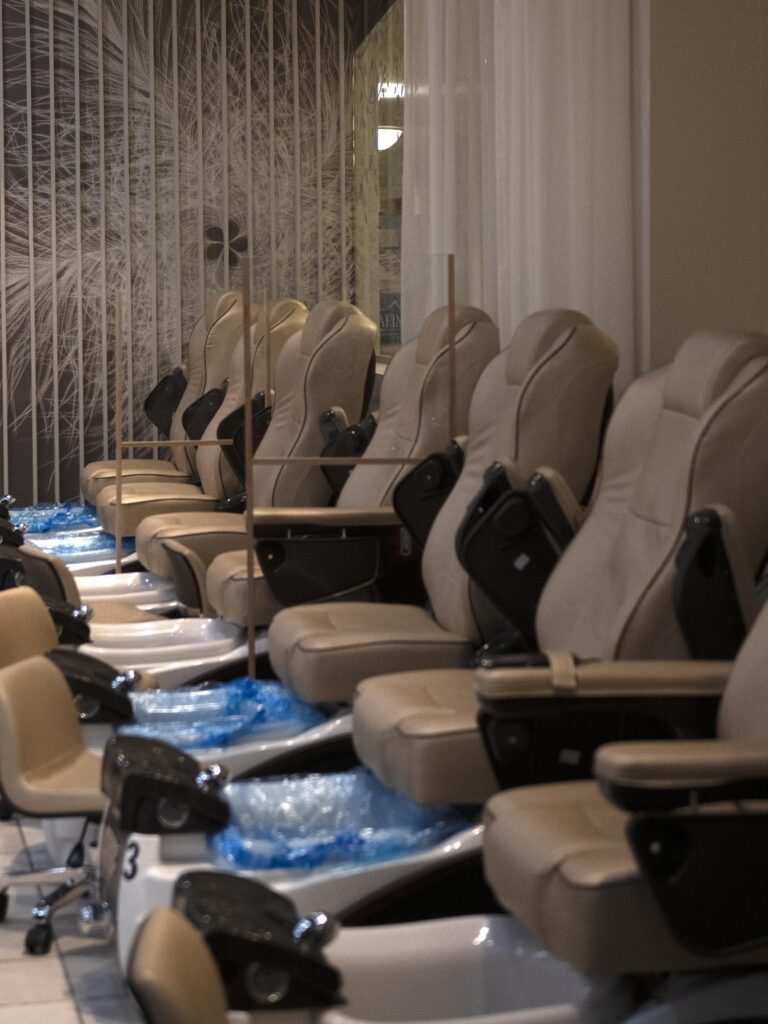
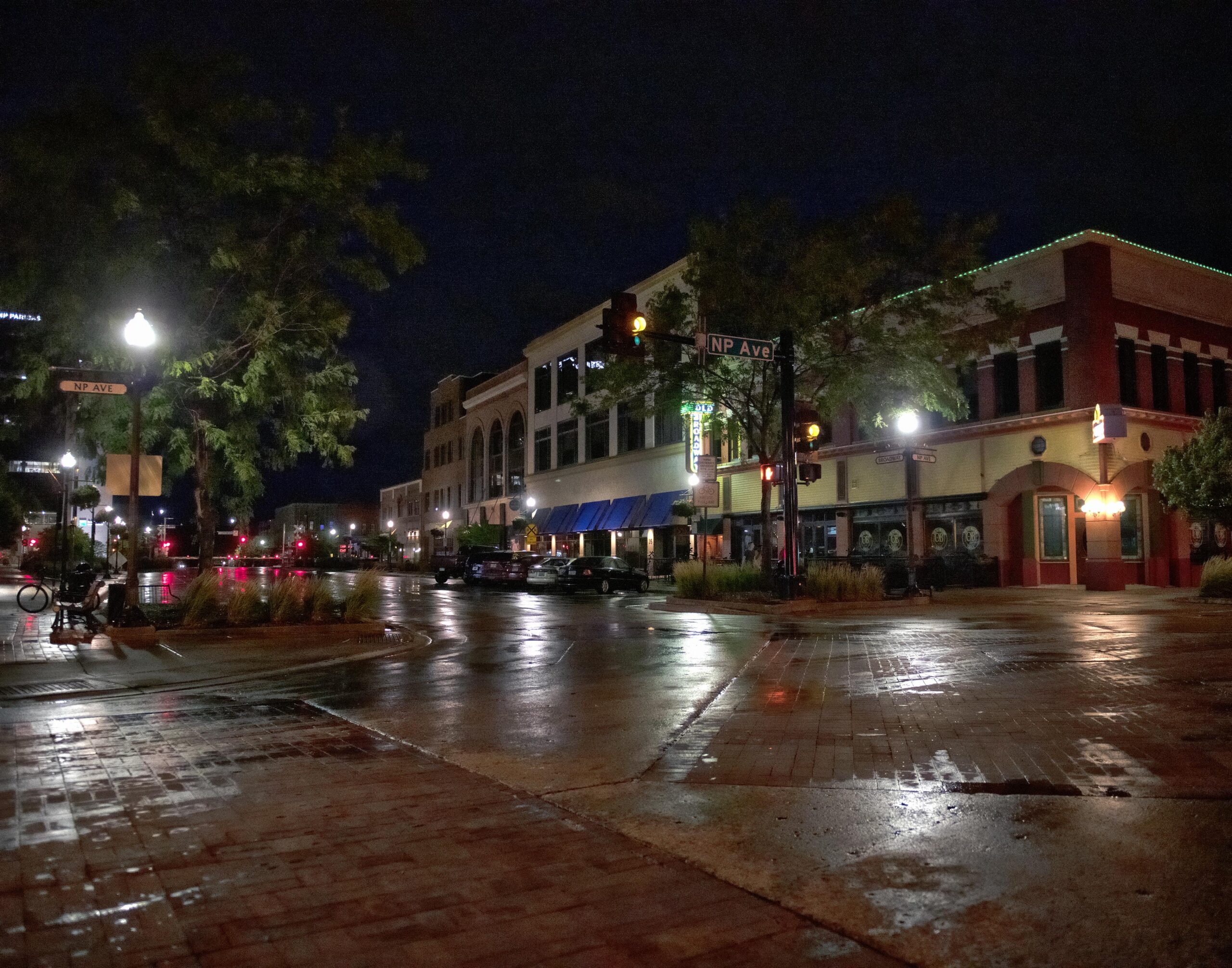
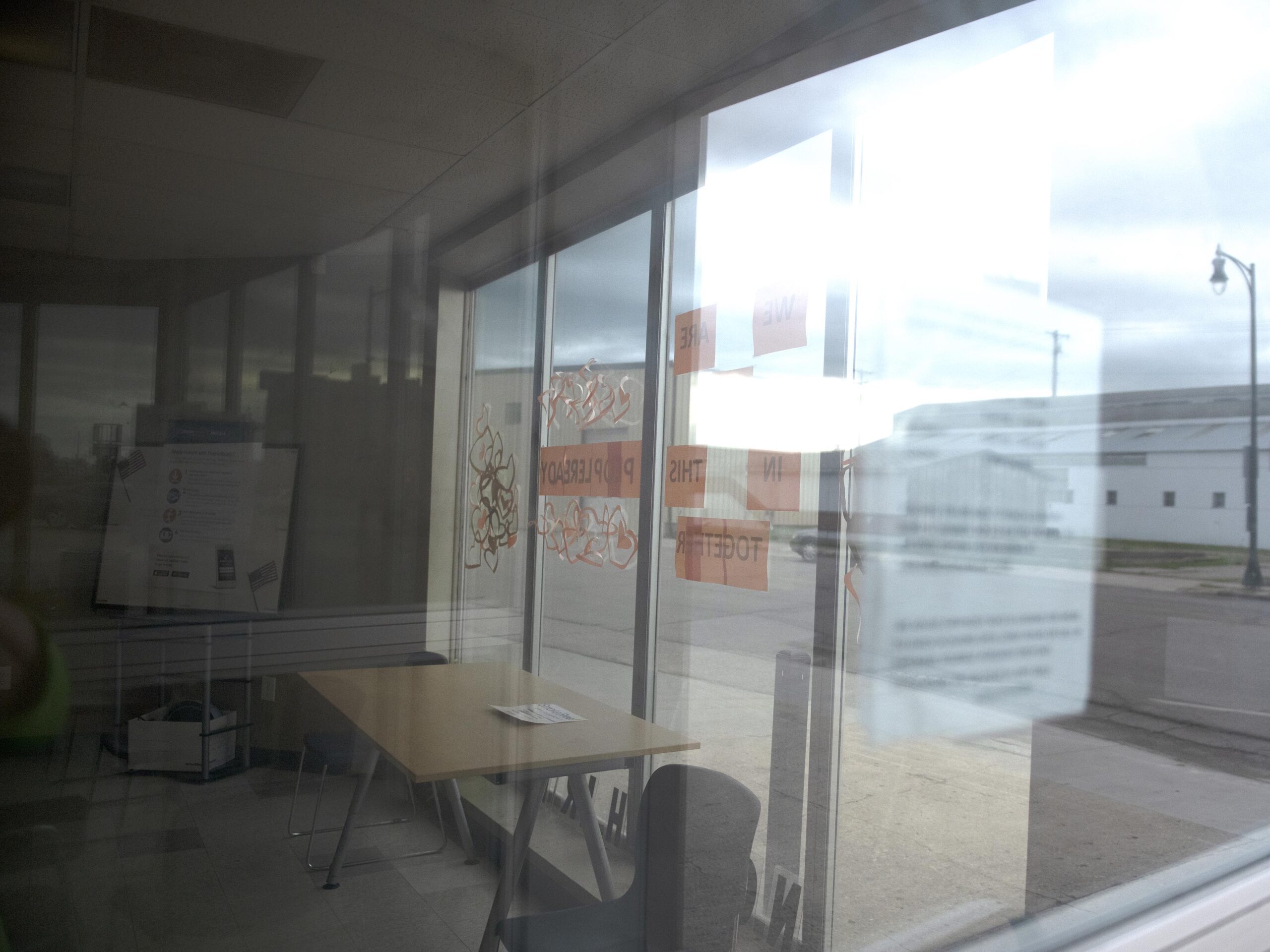
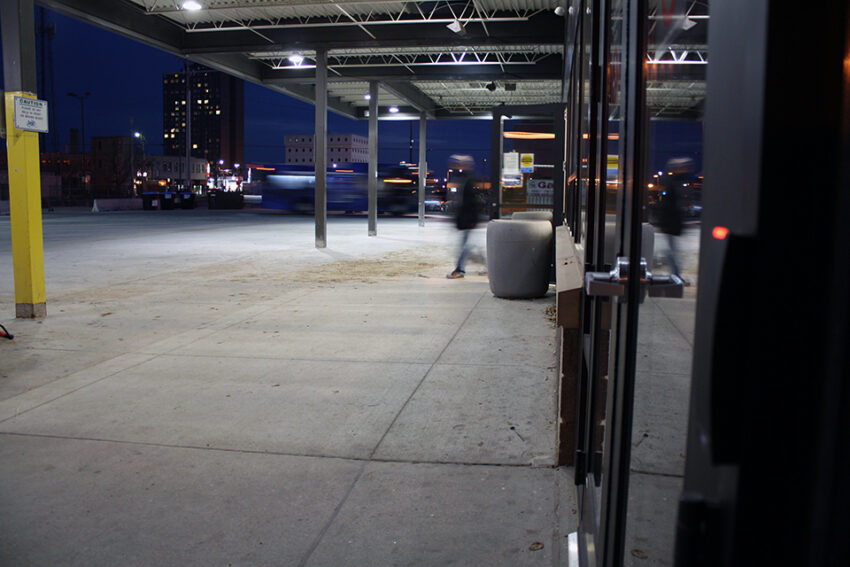
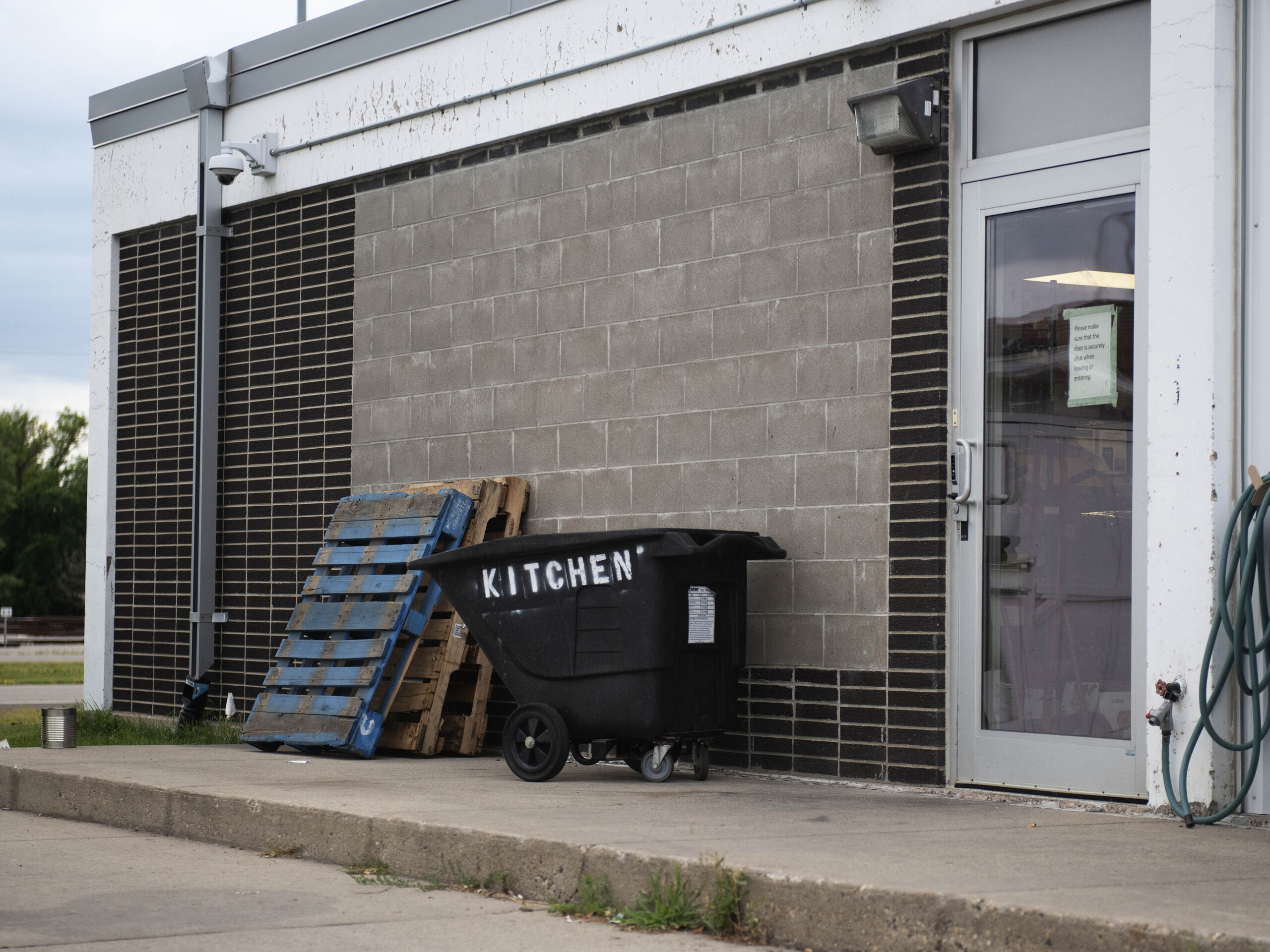
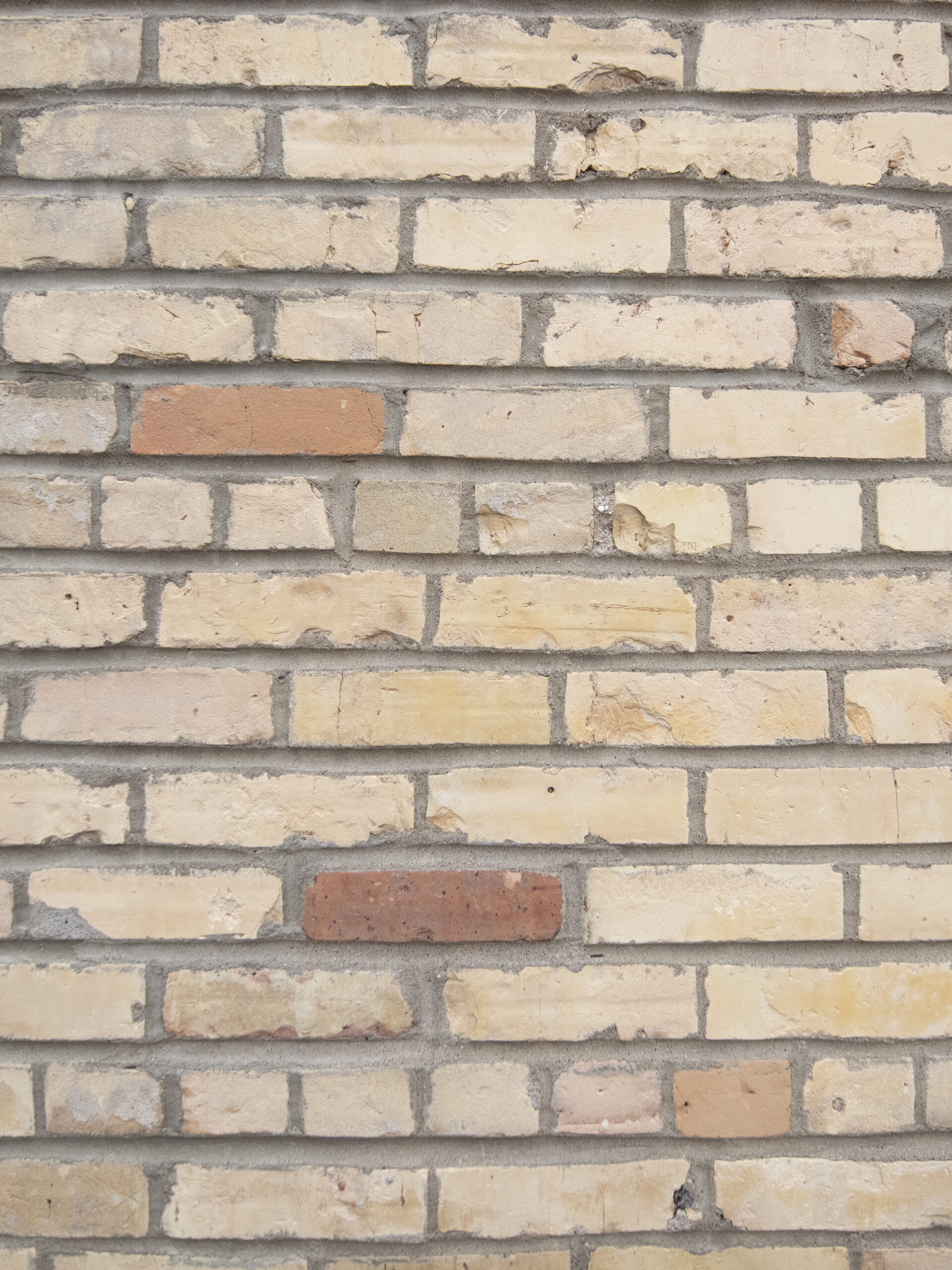
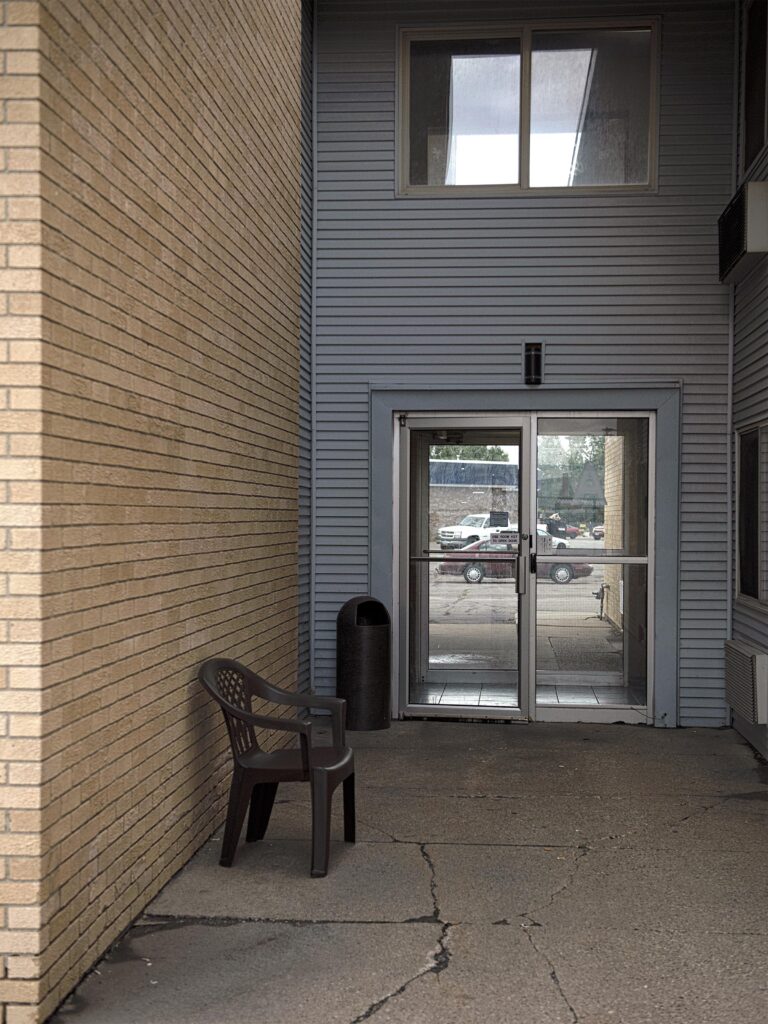
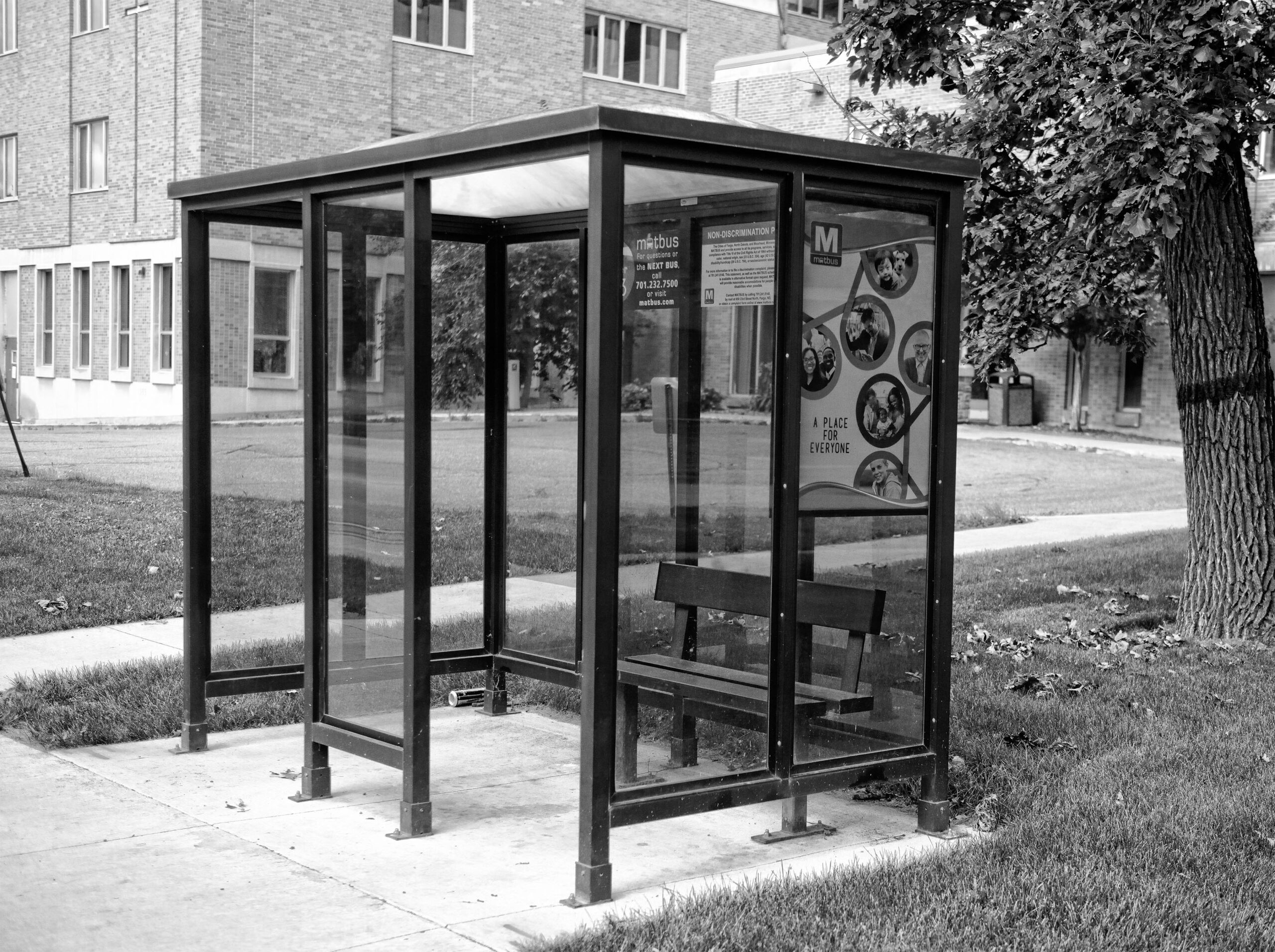
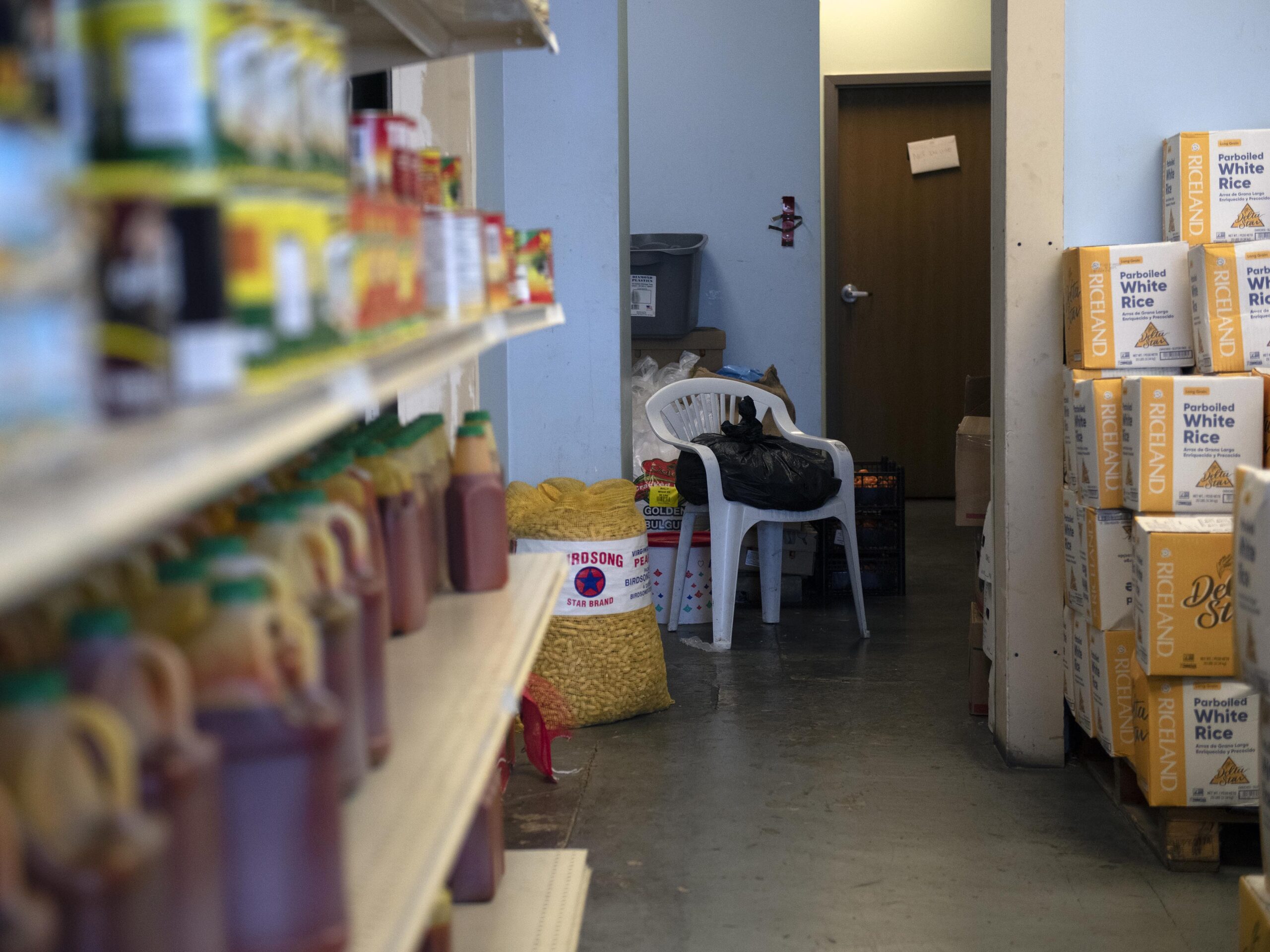
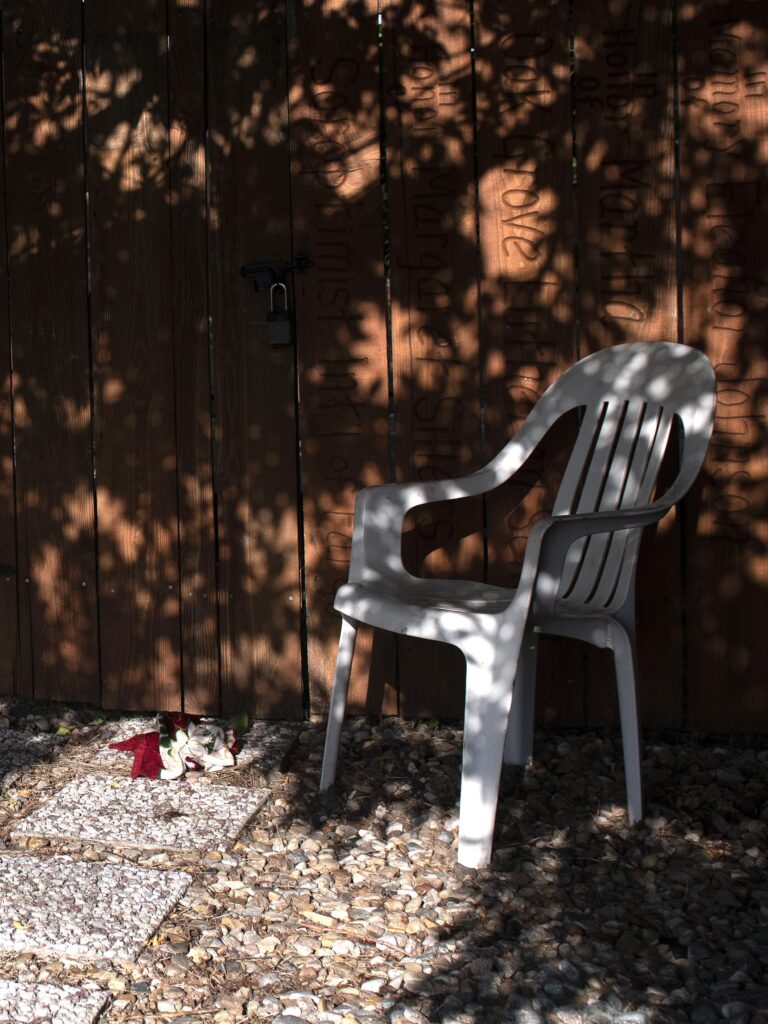

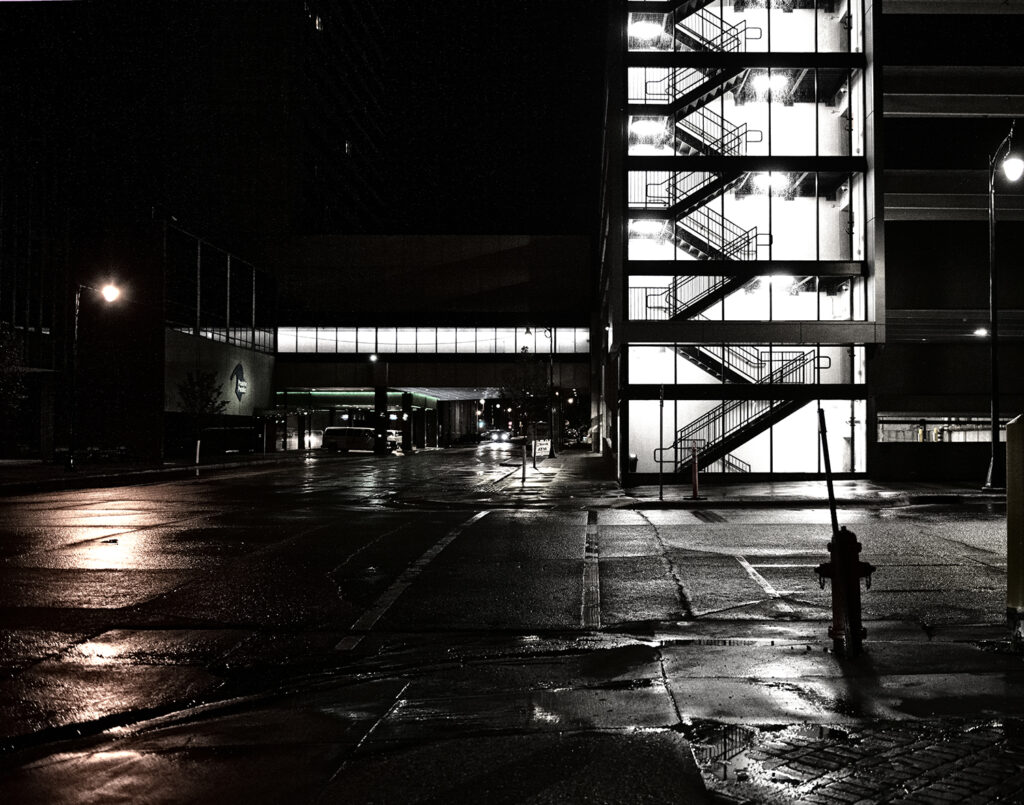

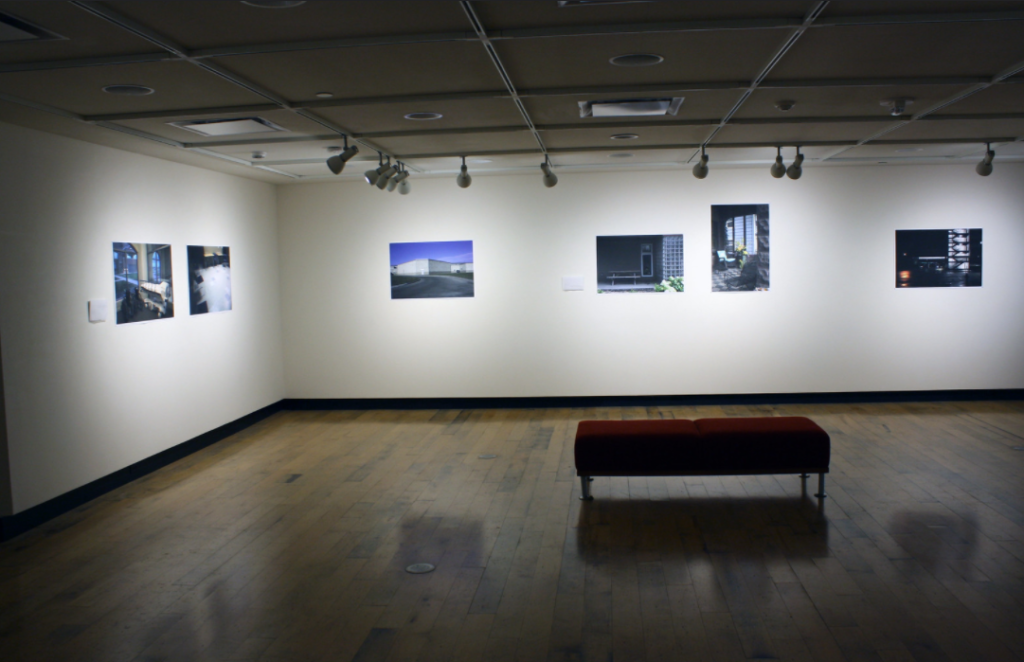
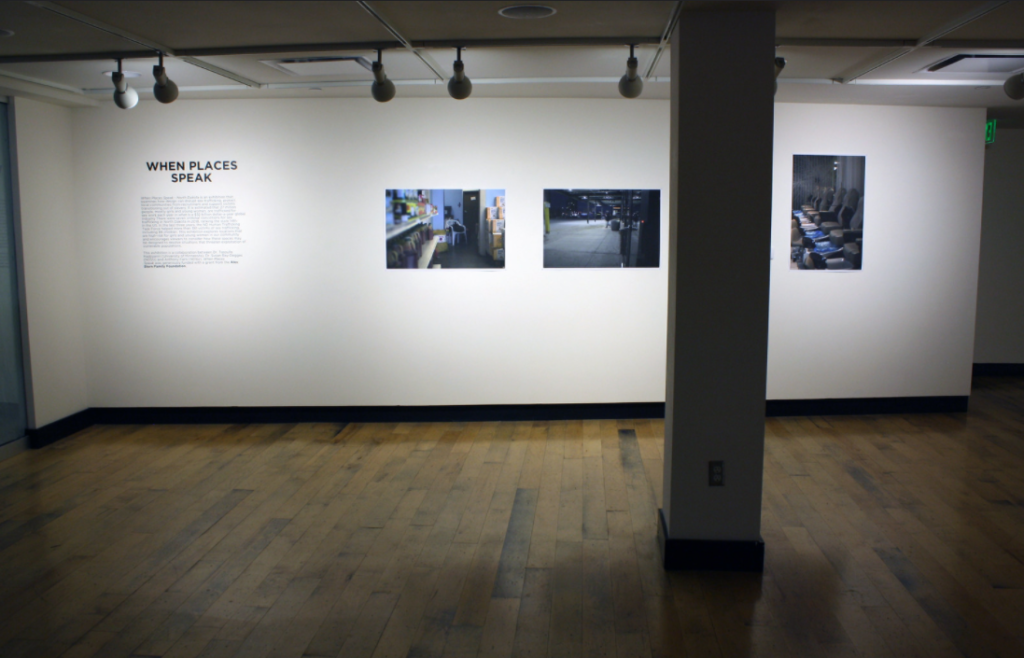
Cebu City (2020)
Cebu City is the Philippines’ main domestic shipping port, home to about 80% of the country’s domestic shipping companies. As the second largest metropolitan area in the Philippines by population, economy and land area, the city is a sex trafficking hot spot.
Photographs by Neil Nanta, Jacques Rodriguez, Marvin Lyle Cabanlit, Calvin Martin Weigel, and Marian Villa.
Interior design students from the University of San Carlos in Cebu City, Philippines.
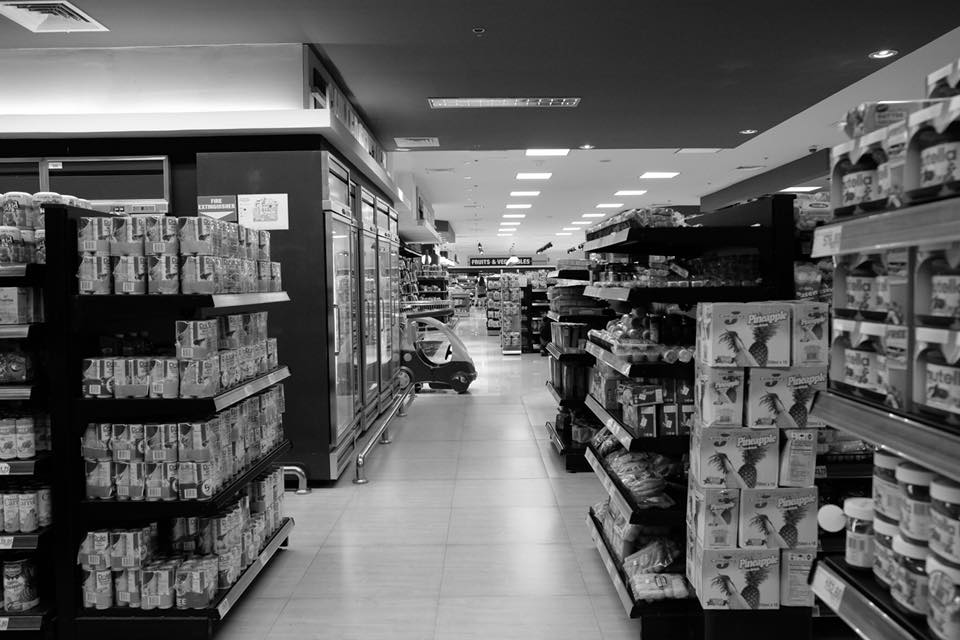
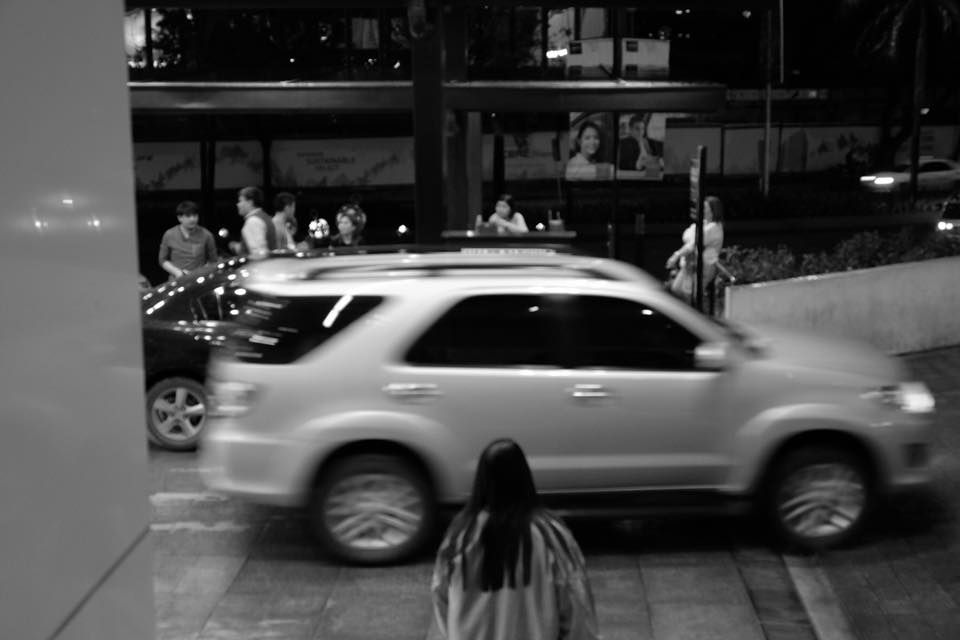
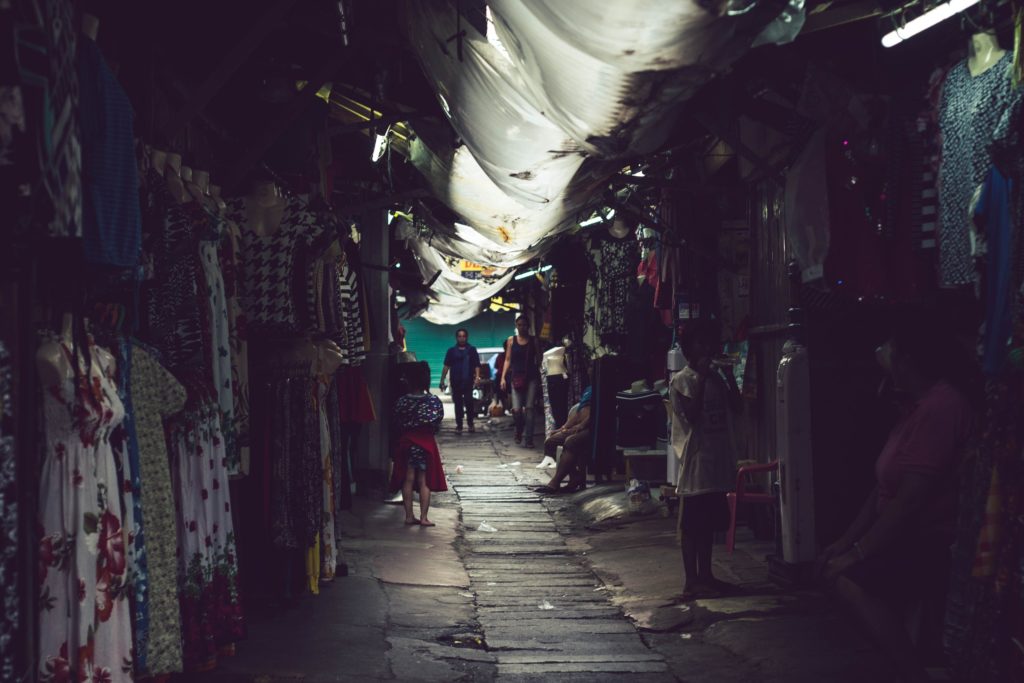
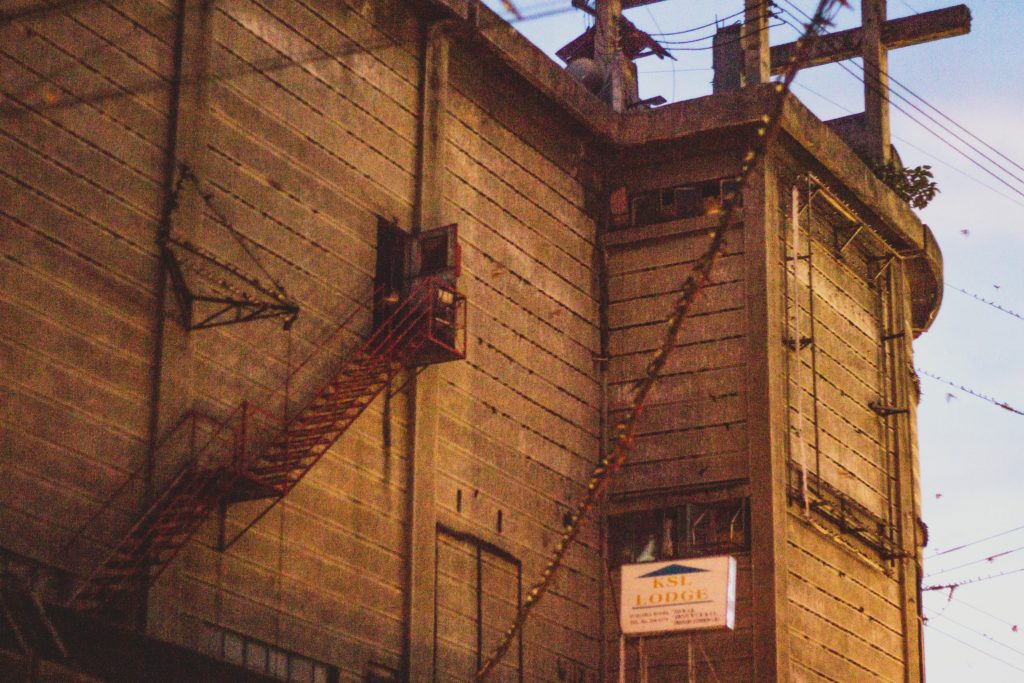
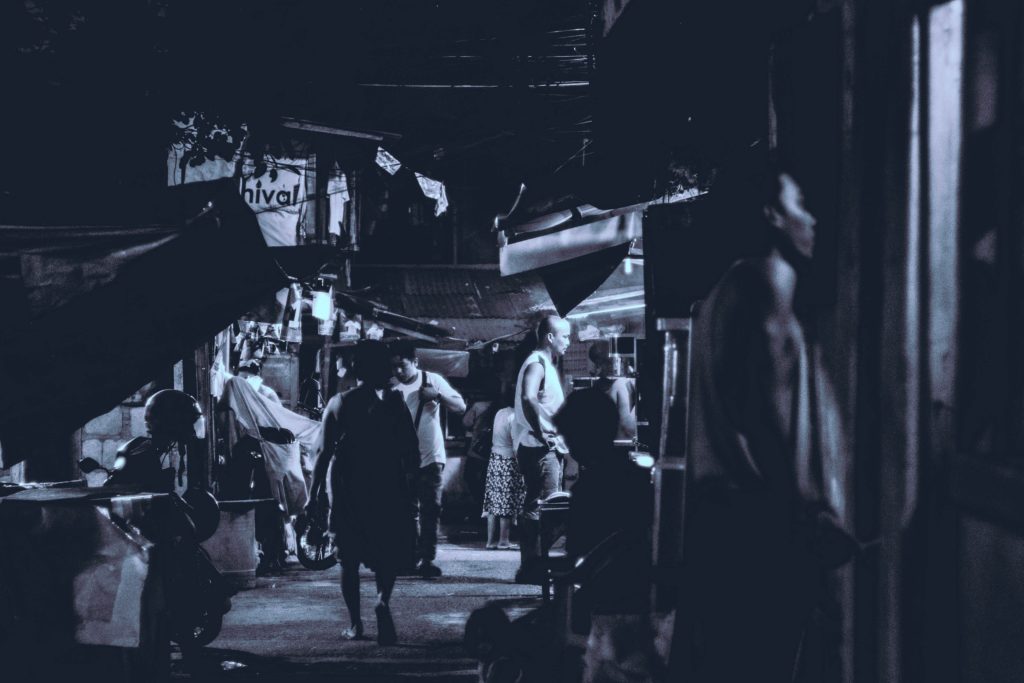
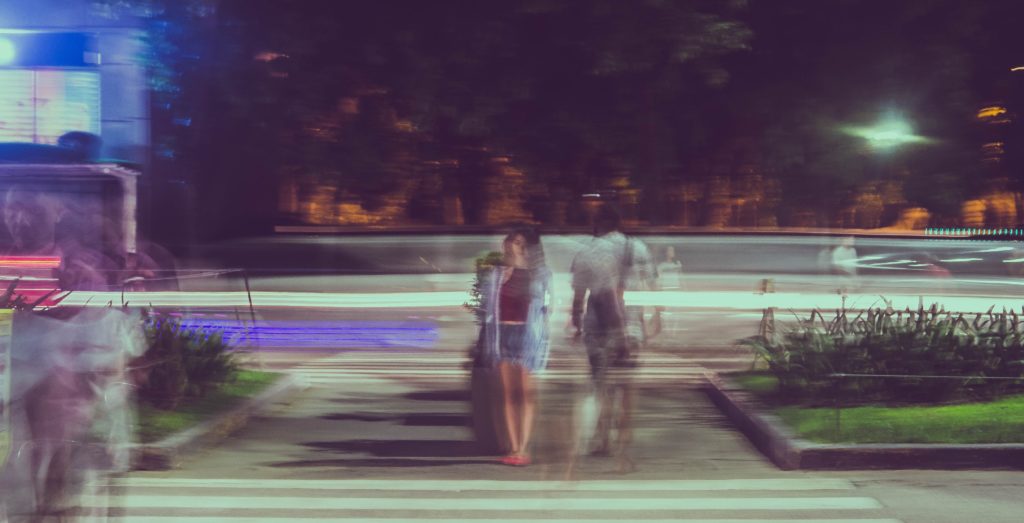
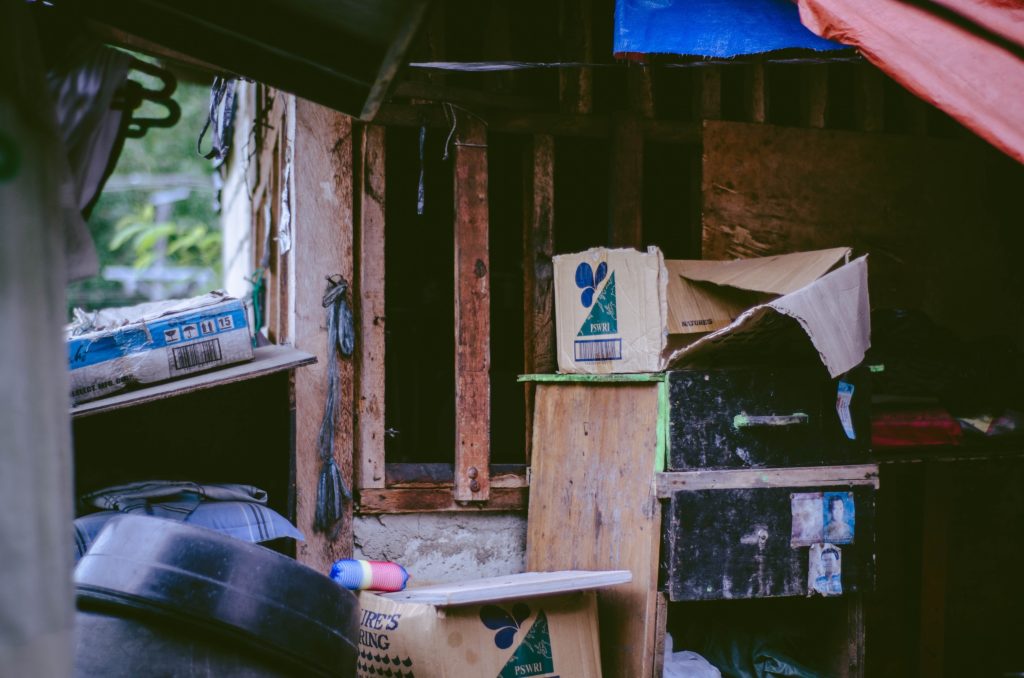
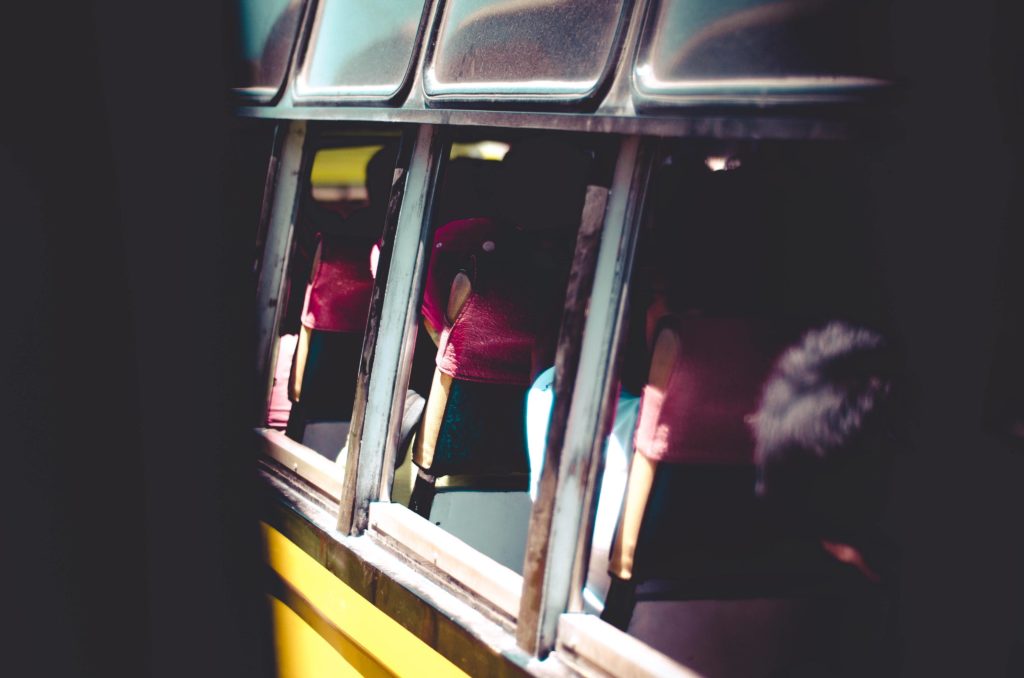
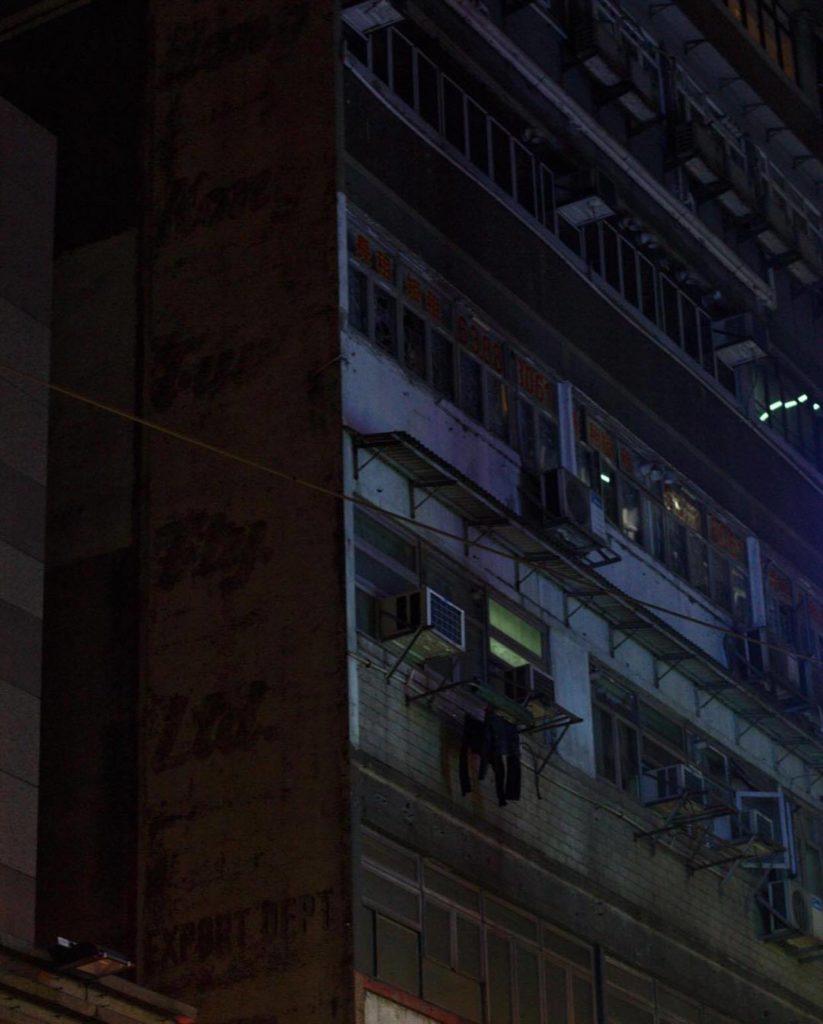

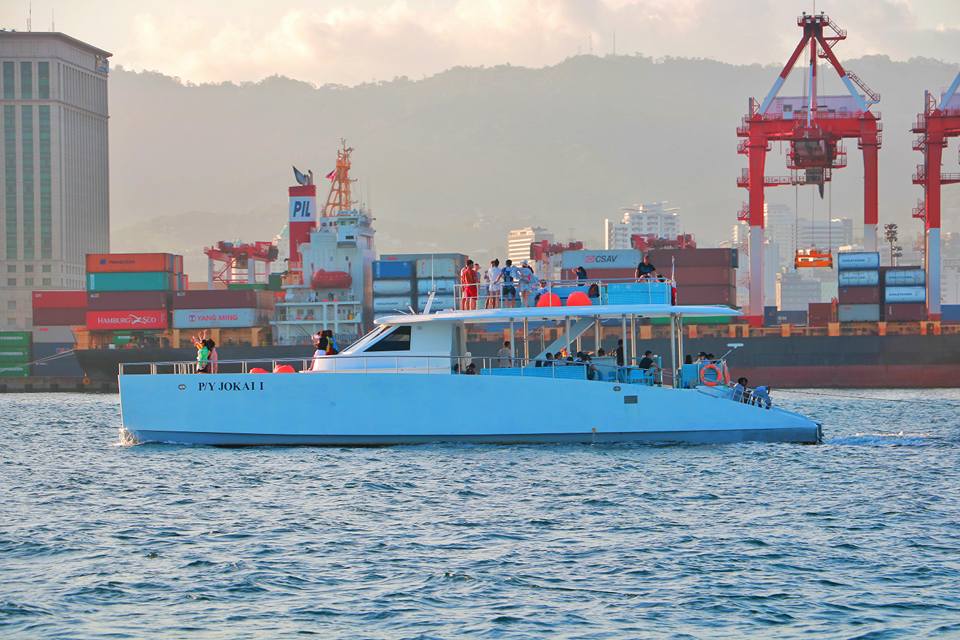
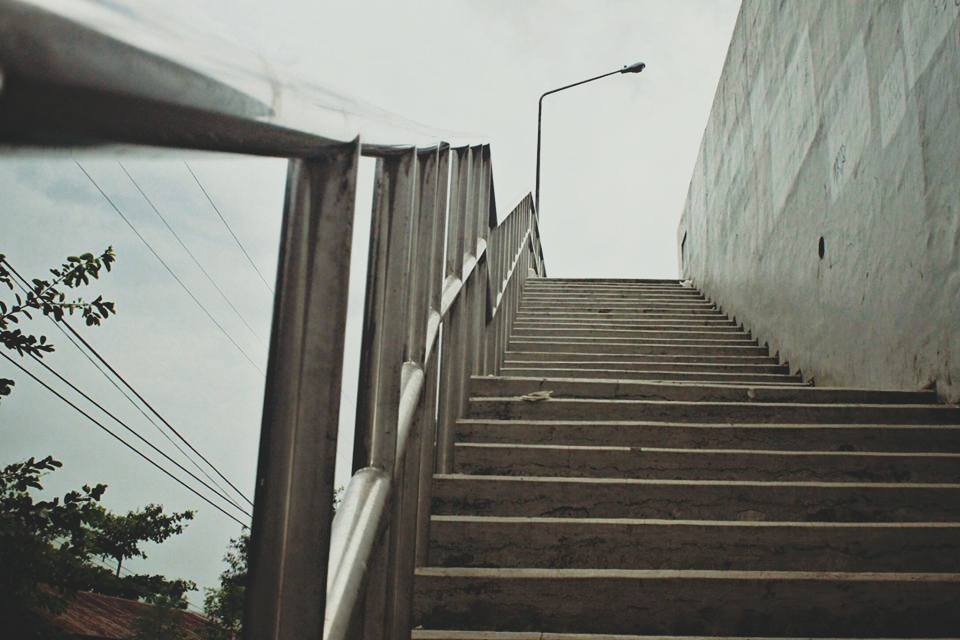
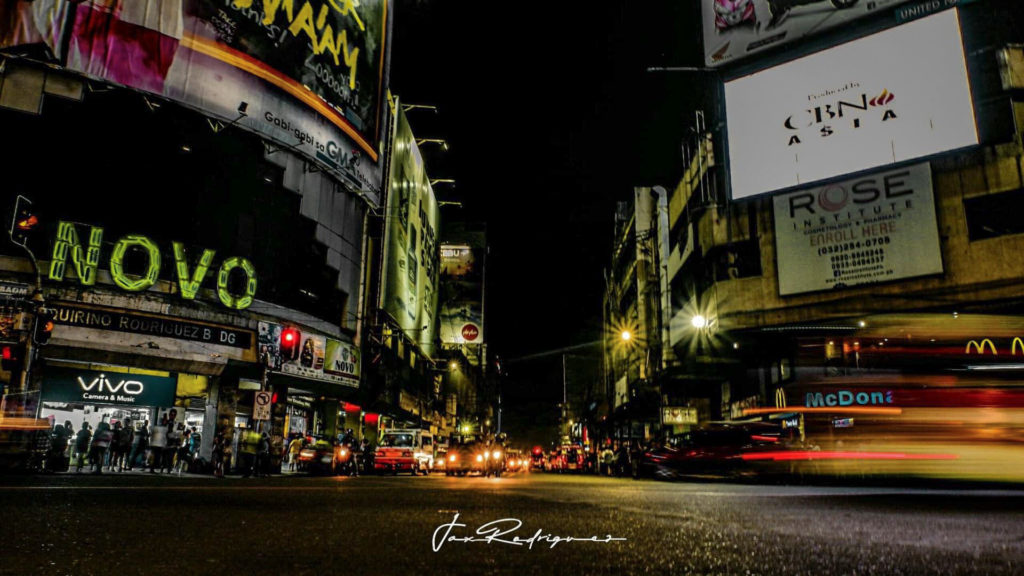
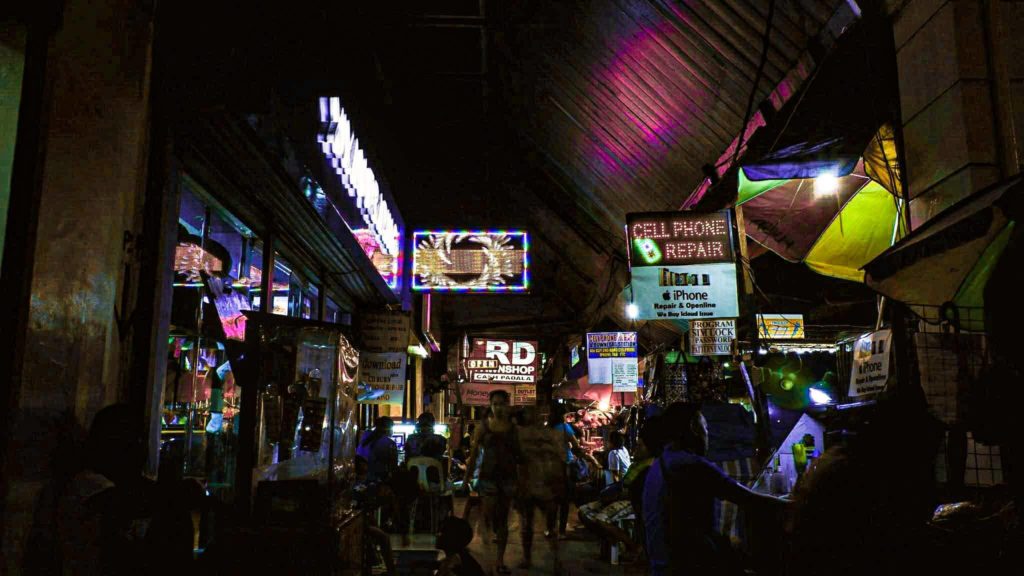
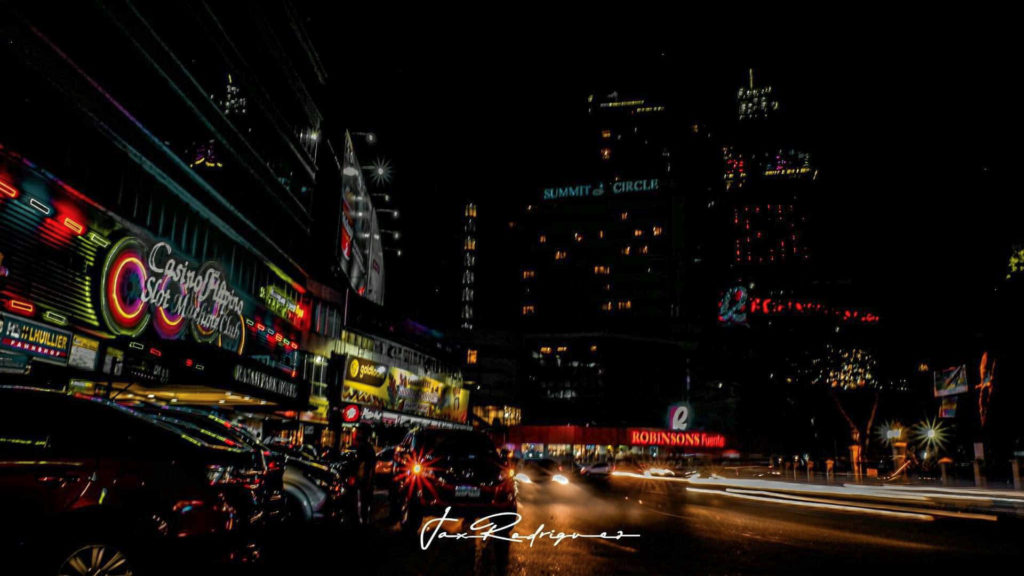
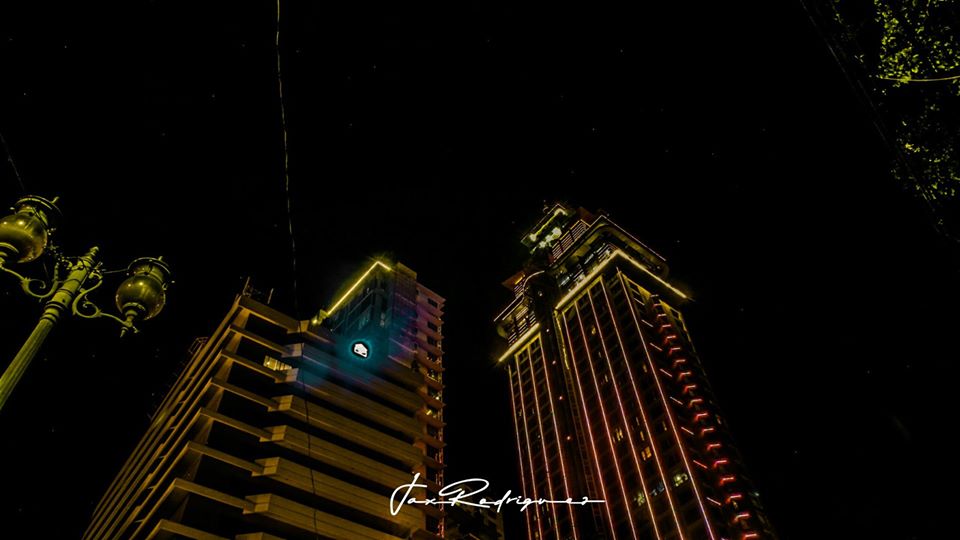
Los Angeles (2020)
In the words of photographer Petros Toufexis: As I was walking through the various areas of Los Angeles to photograph places where trafficking occurs, I was always trying to see these places through the eyes of an underage youth who was a victim. A window or a street cannot speak in our own language but they do speak, and they say “open your eyes.”
We want to thank people and organizations who helped in this effort:
Minneapolis (2017)
Reflections from viewers who had visited the When Places Speak – Minneapolis exhibit demonstrate how connecting with the places where trafficking occurs, raised students, faculty, staff and the general public’s awareness and got them thinking about the role they can play:
When I look at these photos I ask: What happened here? Who sorrowed? Who comforted (if anyone)? Whose child was here? How can I help? What stories do these places keep? How can we support and help?
Disturbingly brilliant!
Silly me, I expected prostitution recruitment places to be much more obvious to the individual eye. The fact that all these places scream “normalcy” shows the difficulty in easily identifying them (for those who care).
Each of the photos viewed up close, individually, was very nice as “art.” Stepping back, seeing several together from the middle of the room, the connections became apparent—and unsettling. These are not exotic “somewhere else’s” – these are here, now, and all around us. Very effective.
Photographs by Xavier Tavera and Shiraz Mukarram.
Curated by Tasoulla Hadjiyanni and Lauren Martin.
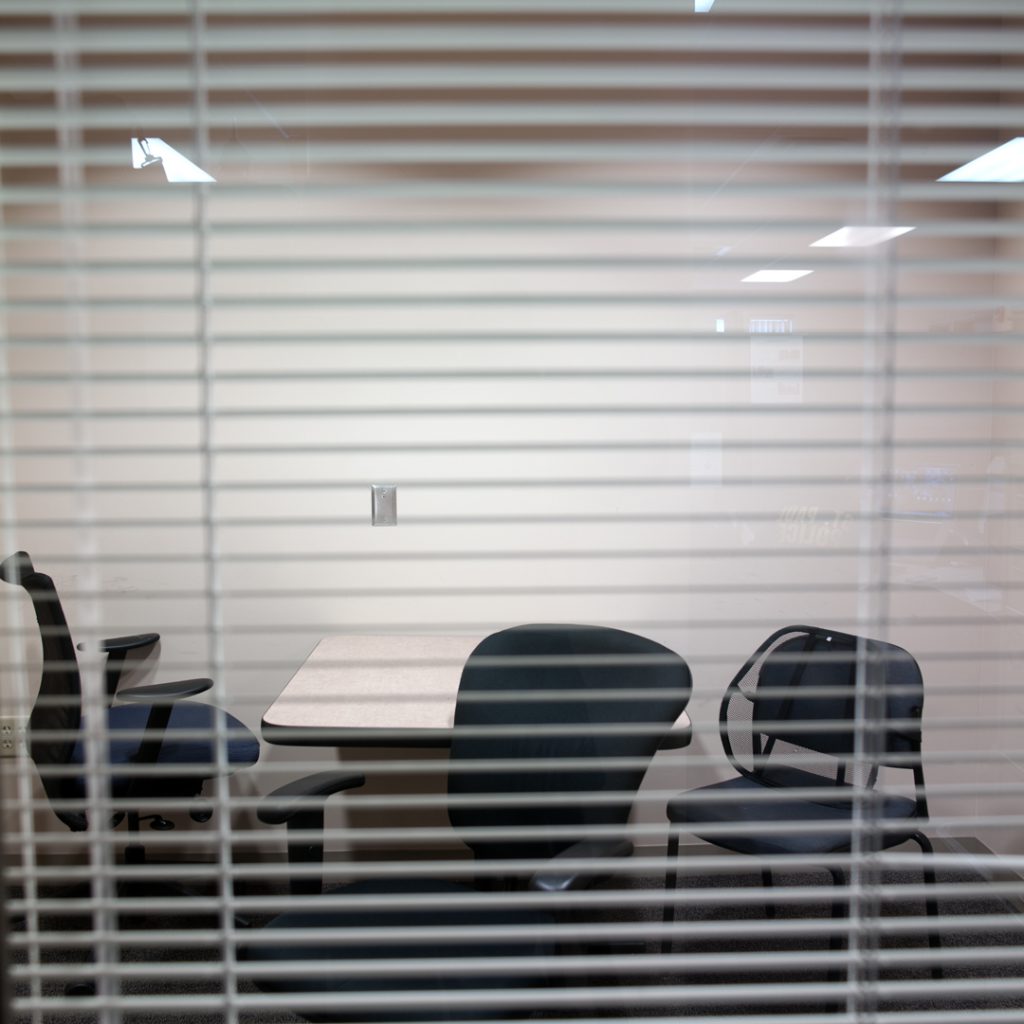
Photo by Xavier Tavera
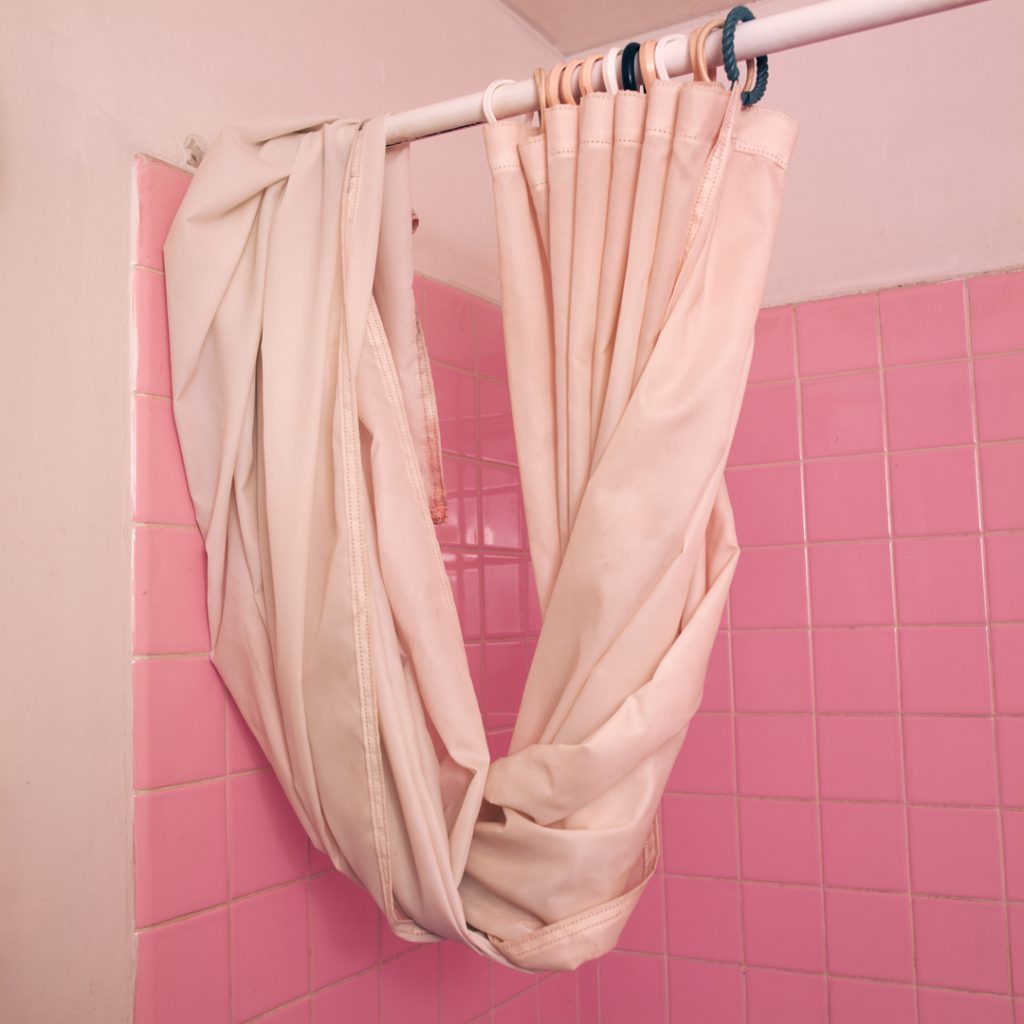
Photo by Xavier Tavera
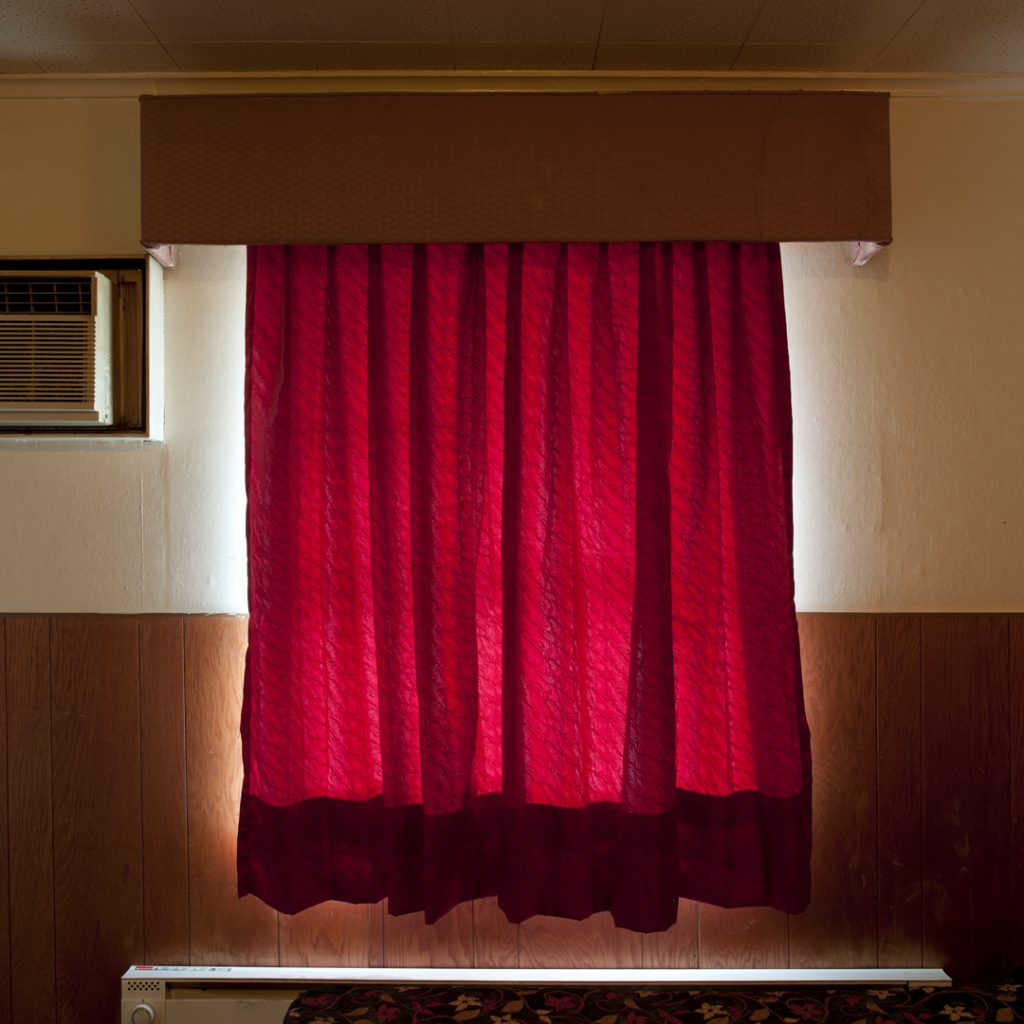
Photo by Xavier Tavera
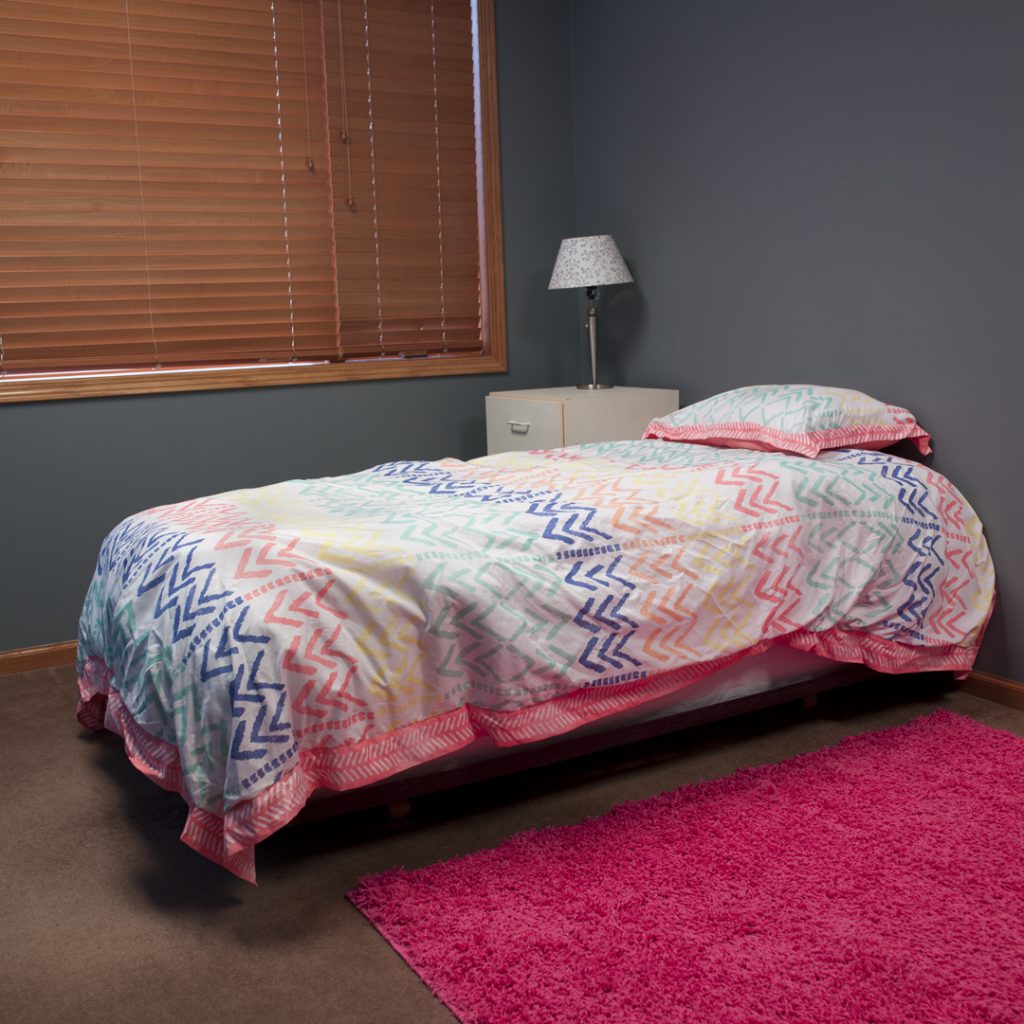
Photo by Xavier Tavera
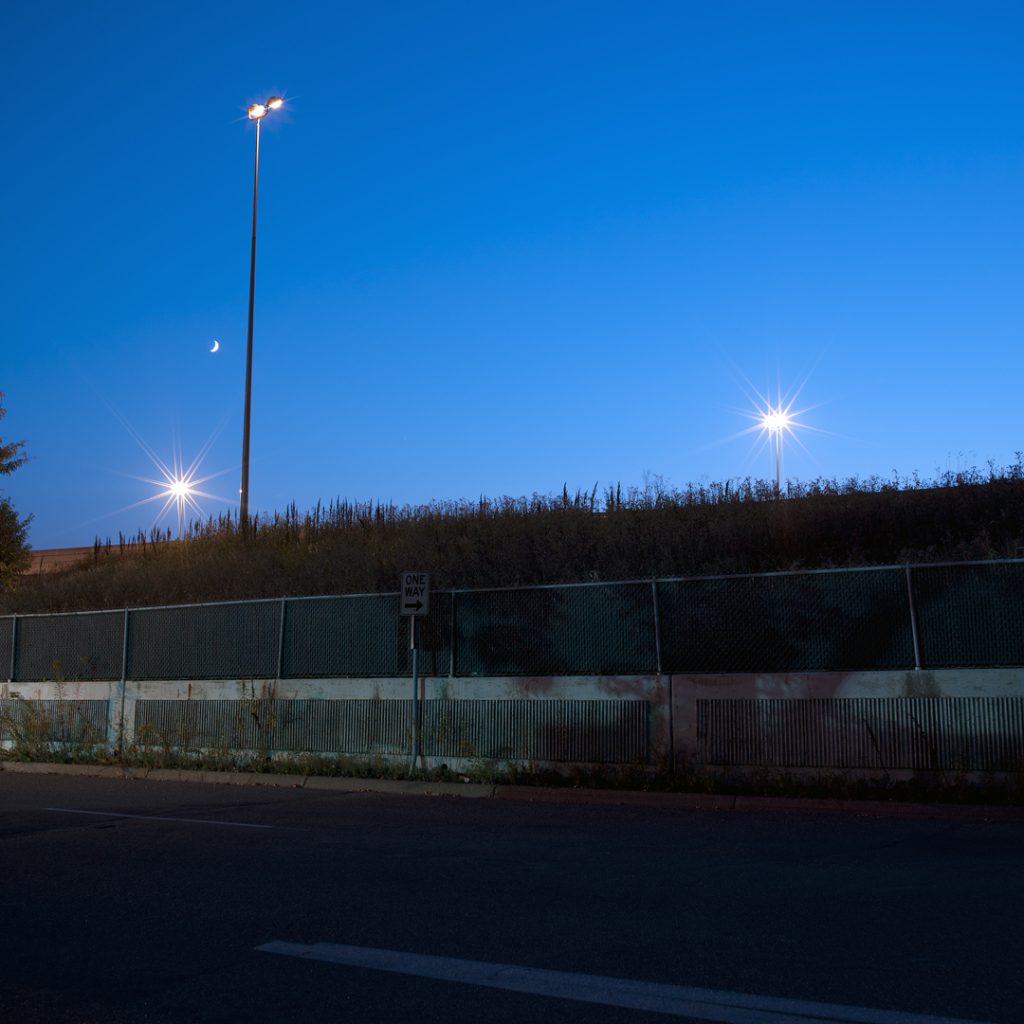
Photo by Xavier Tavera
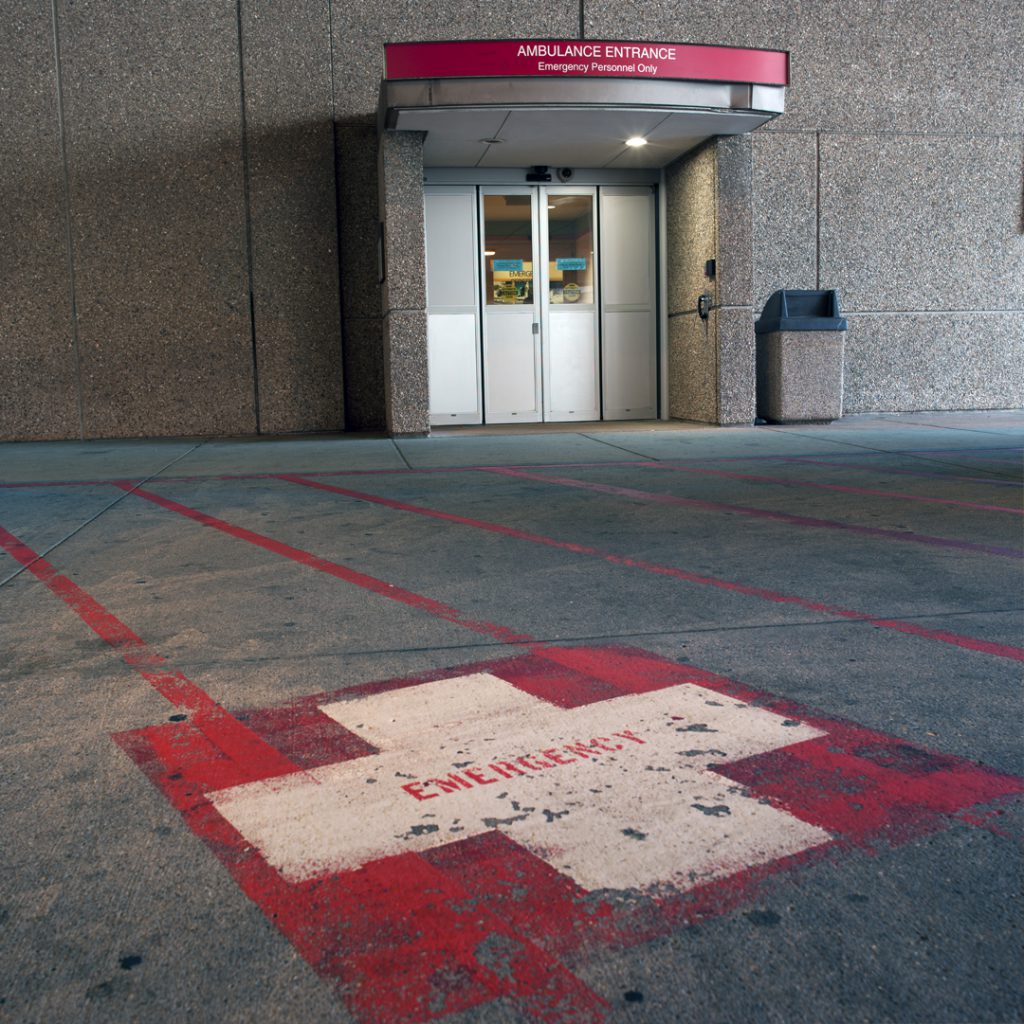
Photo by Xavier Tavera
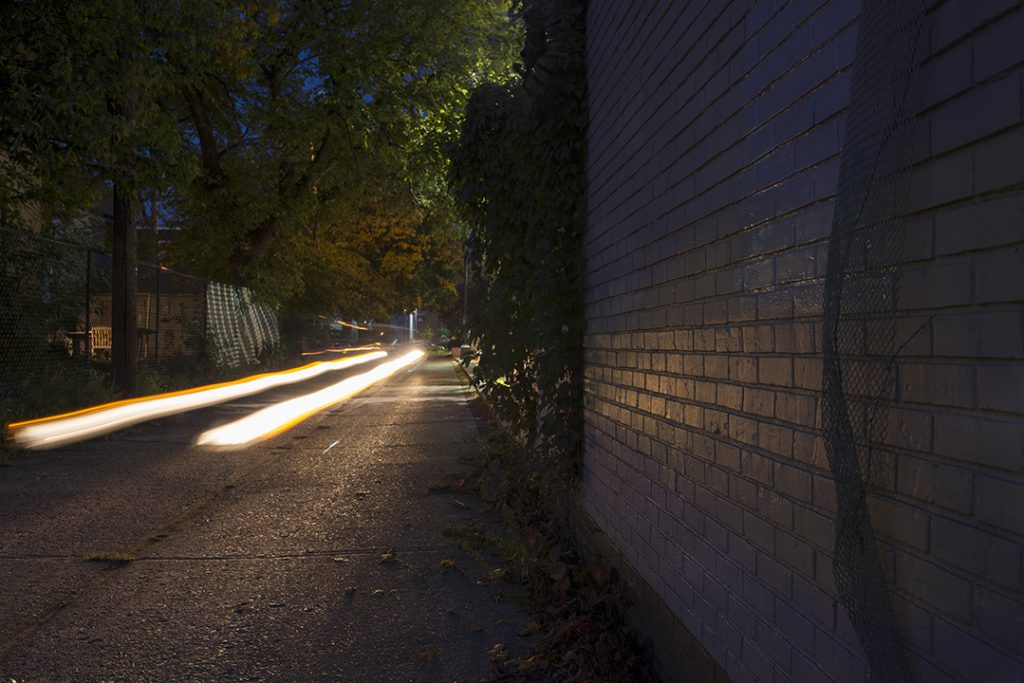
Photo by Shiraz Mukarram
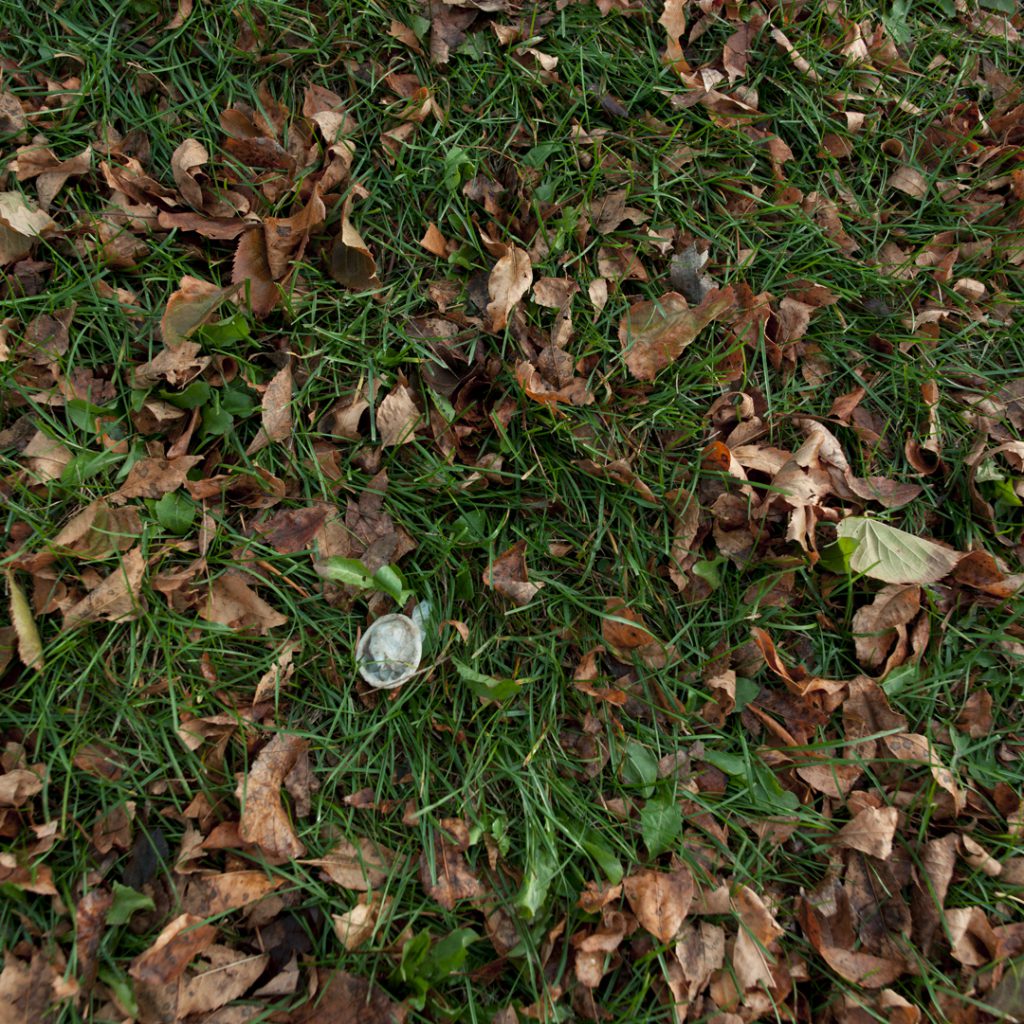
Photo by Xavier Tavera
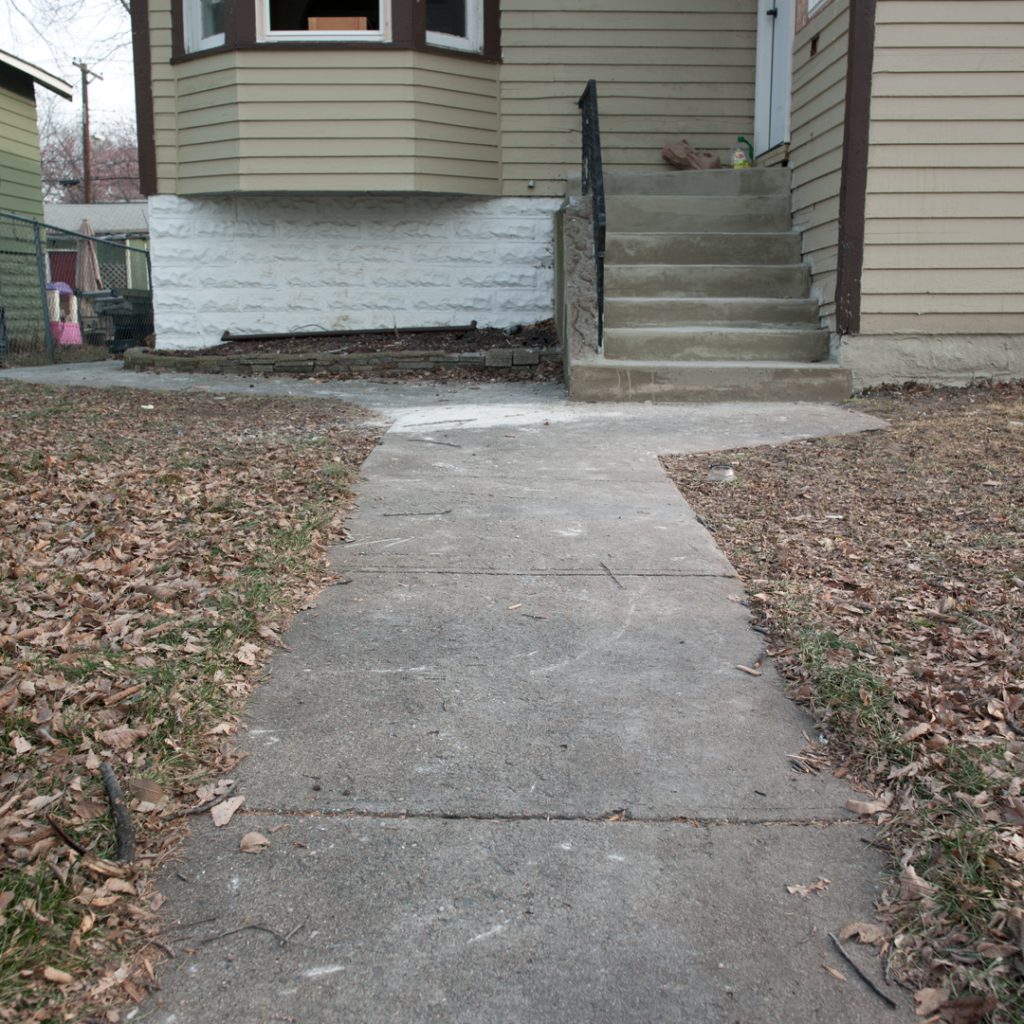
Photo by Xavier Tavera
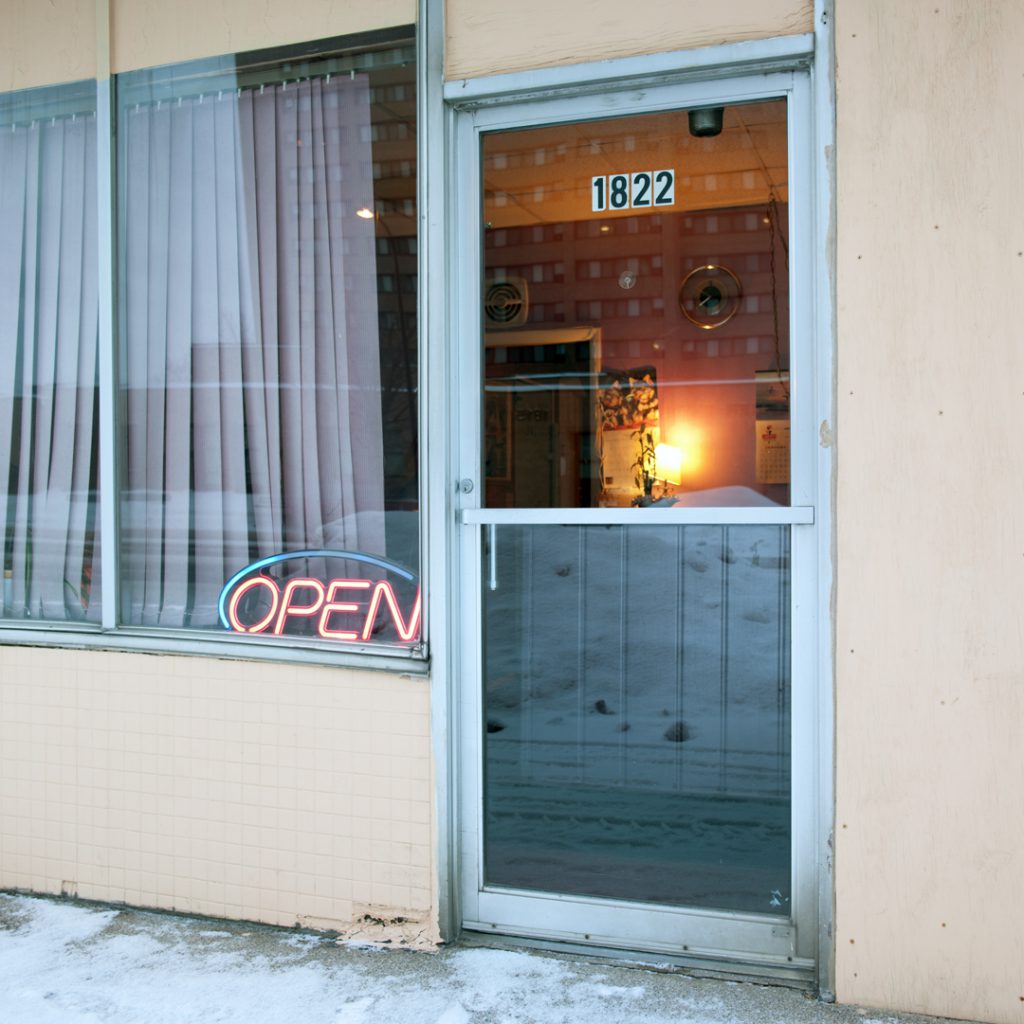
Photo by Xavier Tavera
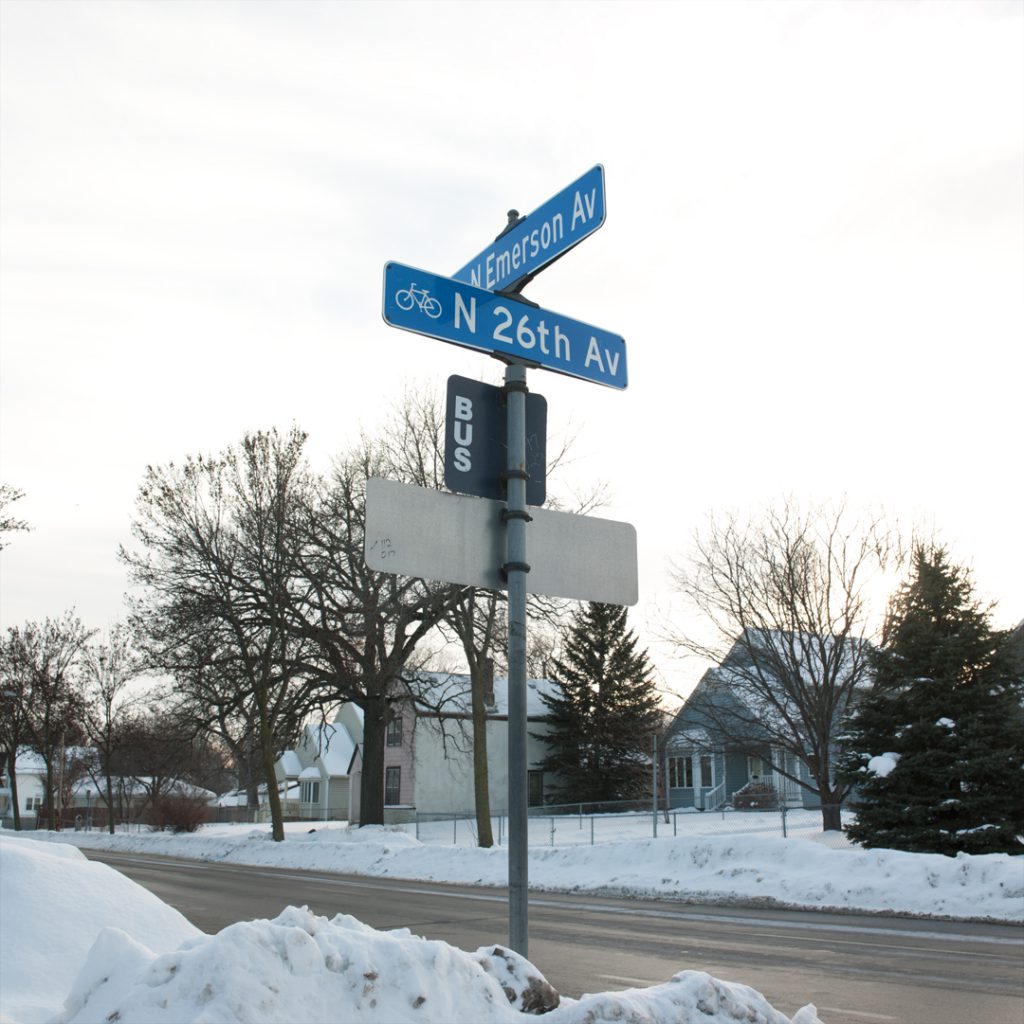
Photo by Xavier Tavera
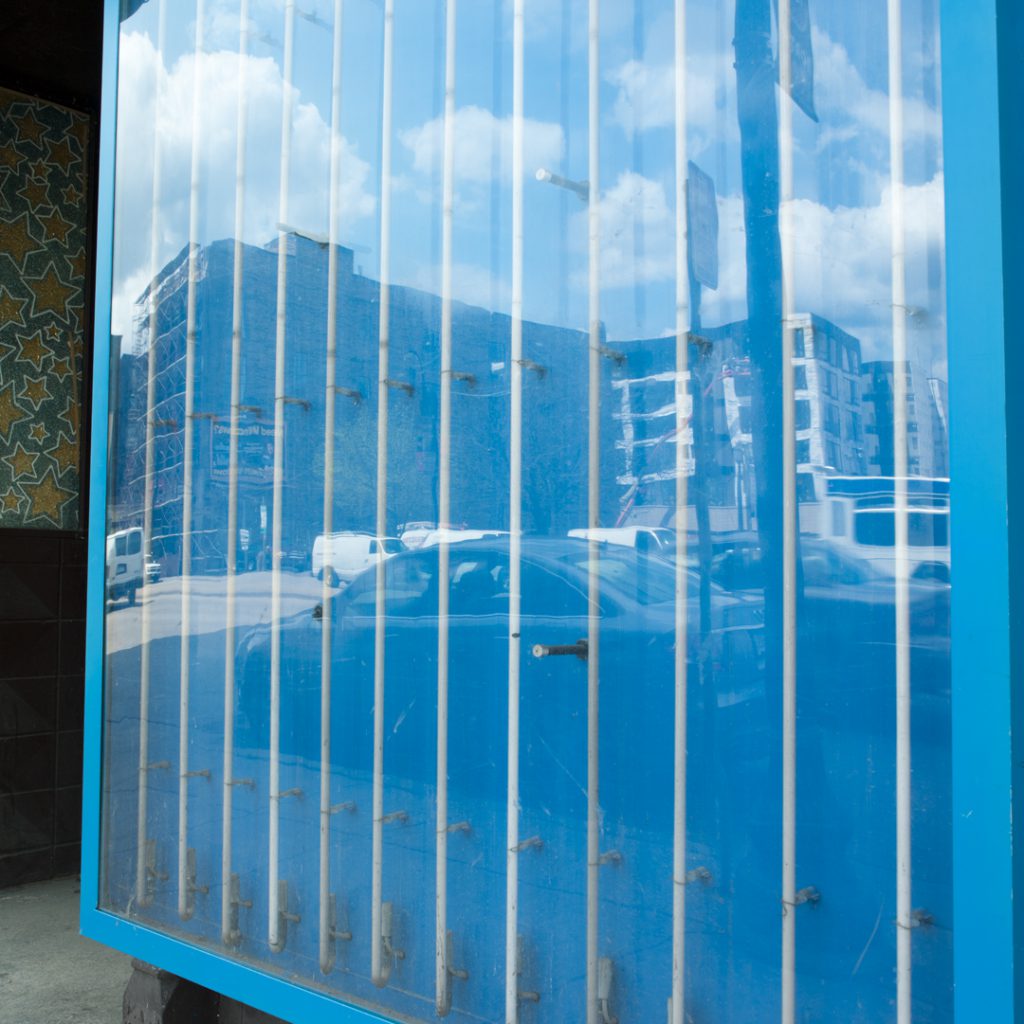
Photo by Xavier Tavera
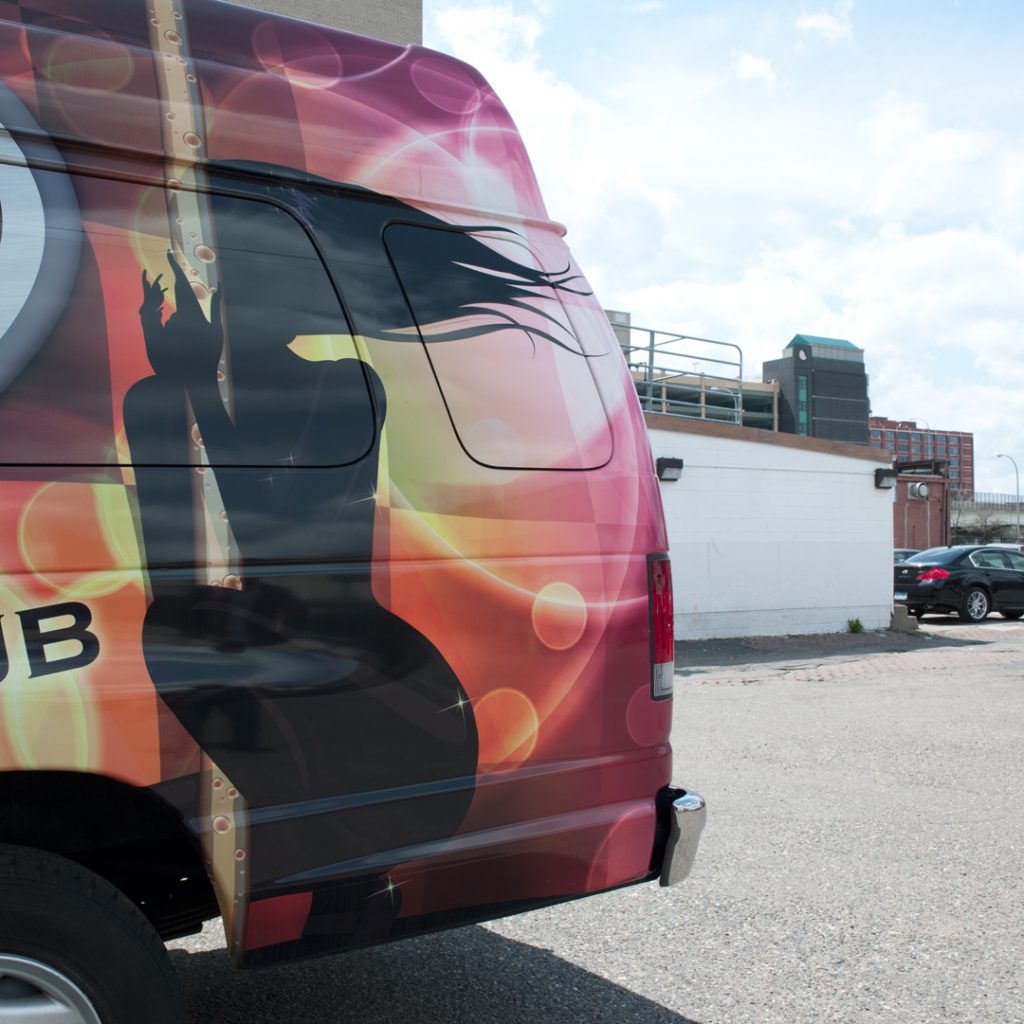
Photo by Xavier Tavera
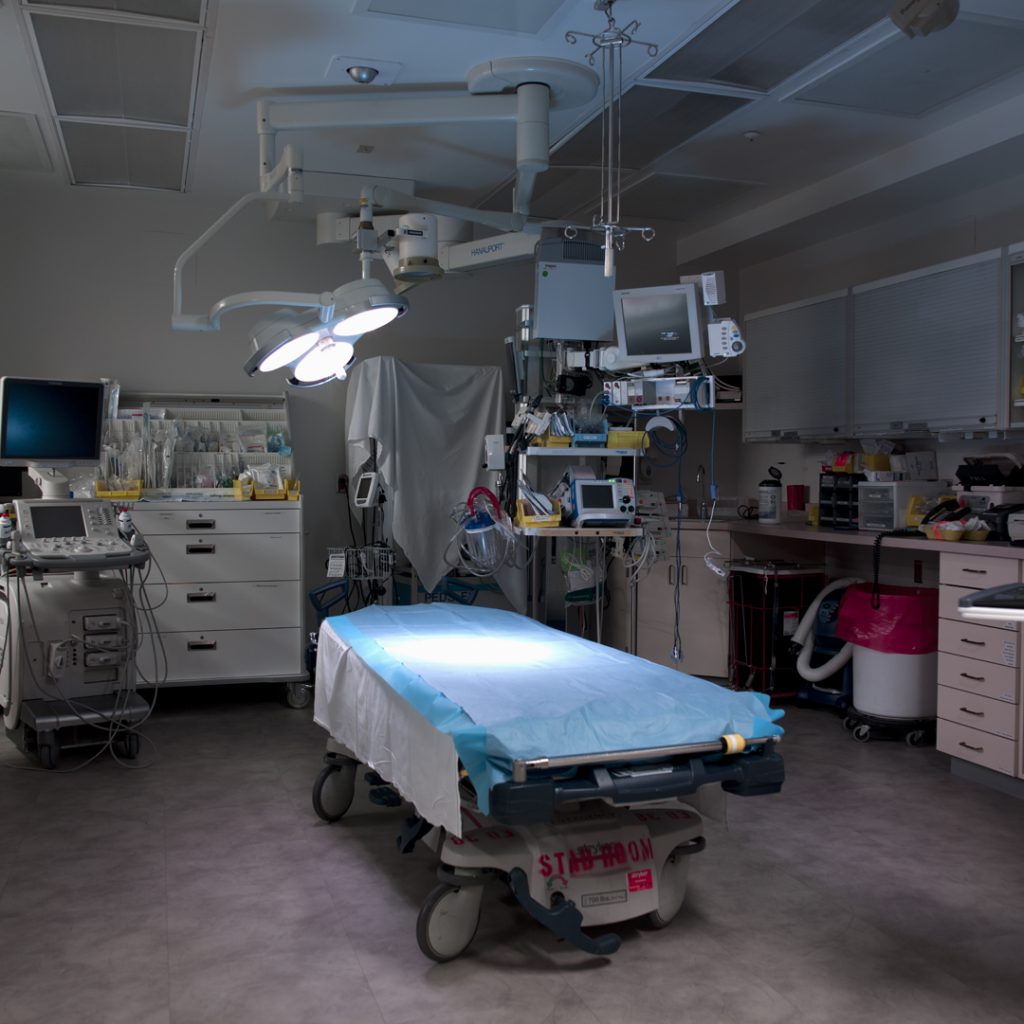
Photo by Xavier Tavera
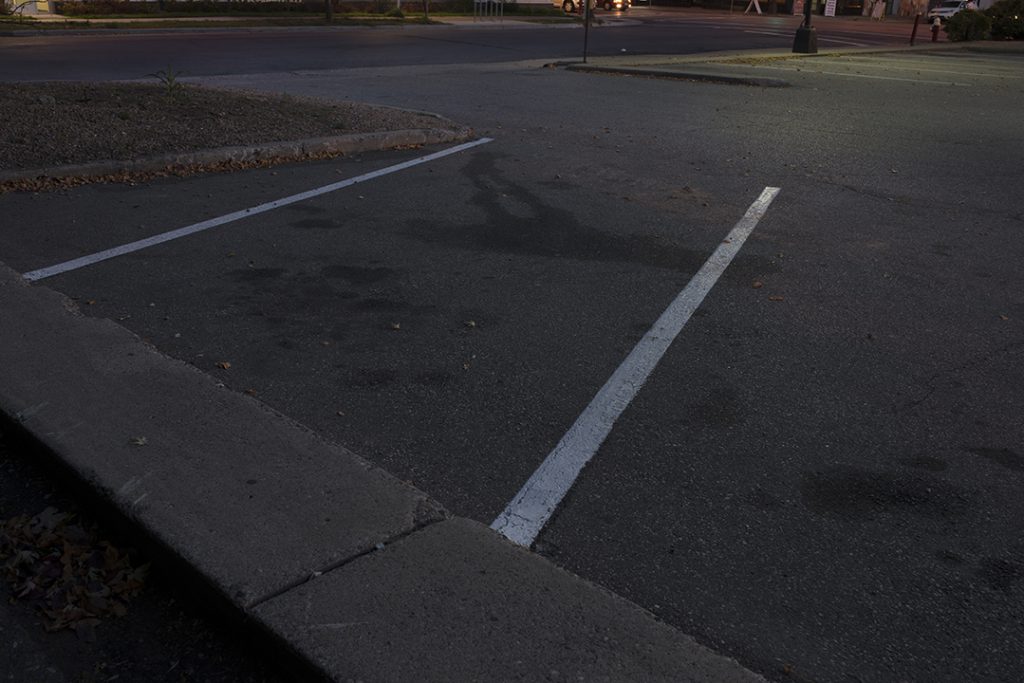
Photo by Shiraz Mukarram
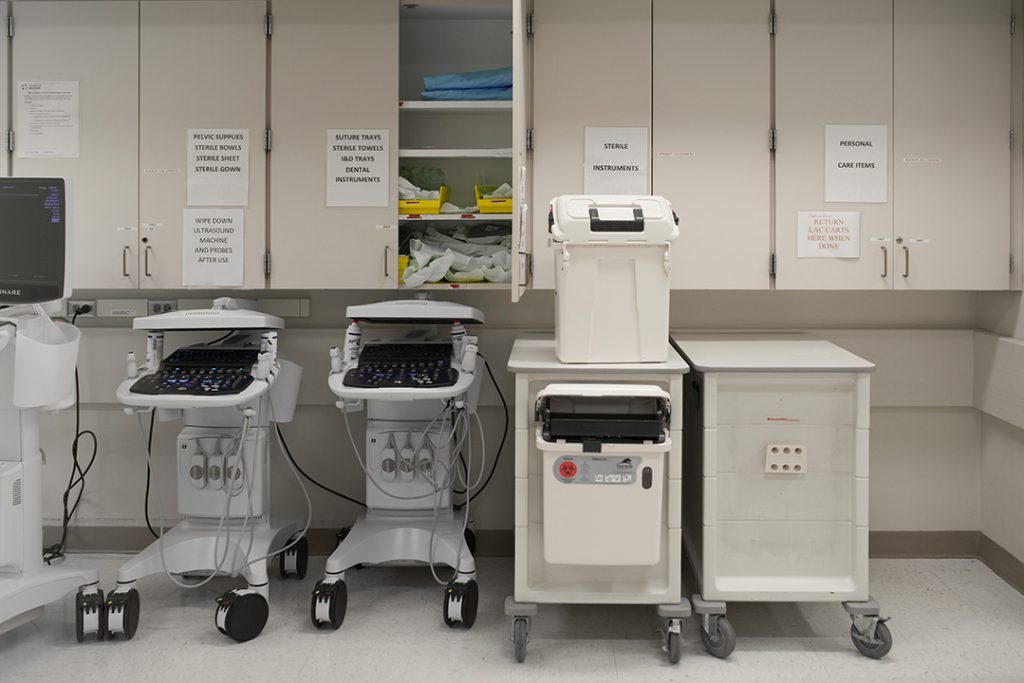
Photo by Shiraz Mukarram

Photo by Shiraz Mukarram
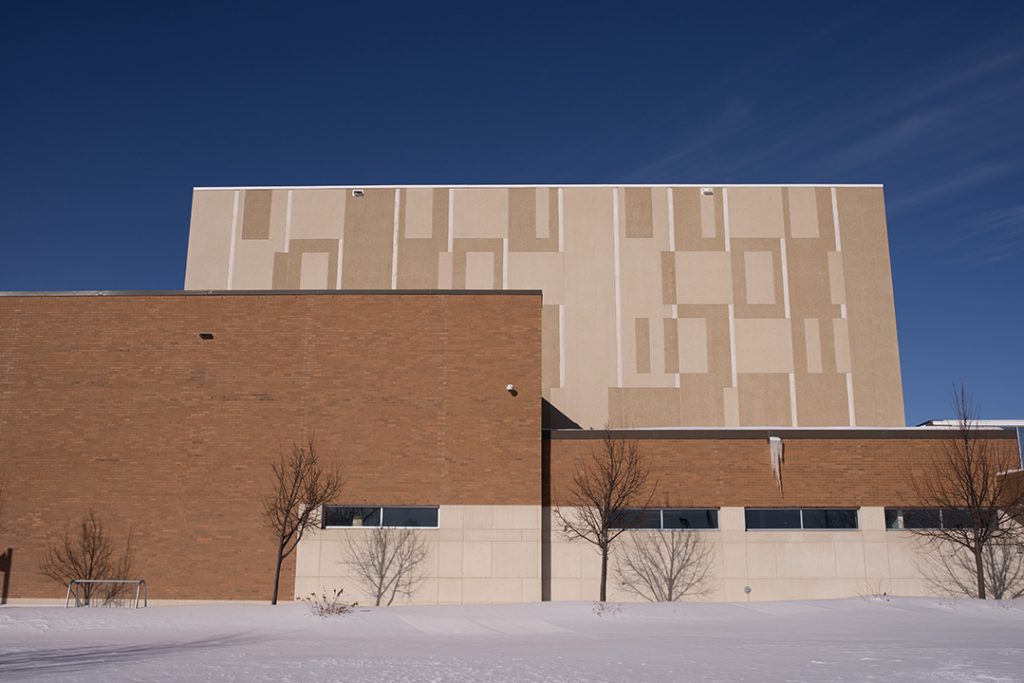
Photo by Shiraz Mukarram
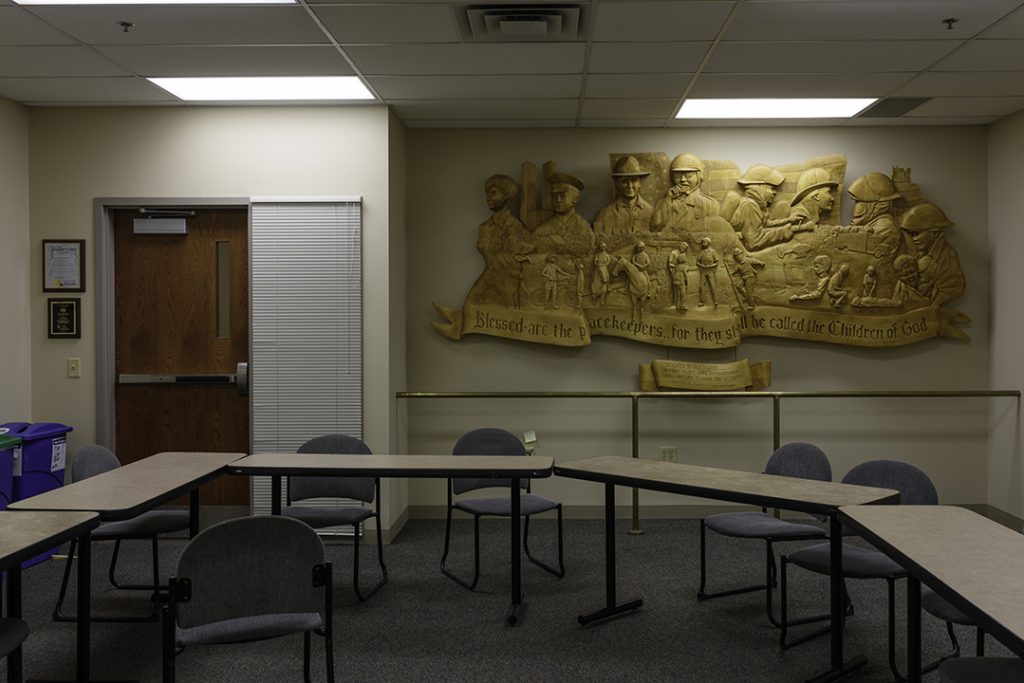
Photo by Shiraz Mukarram
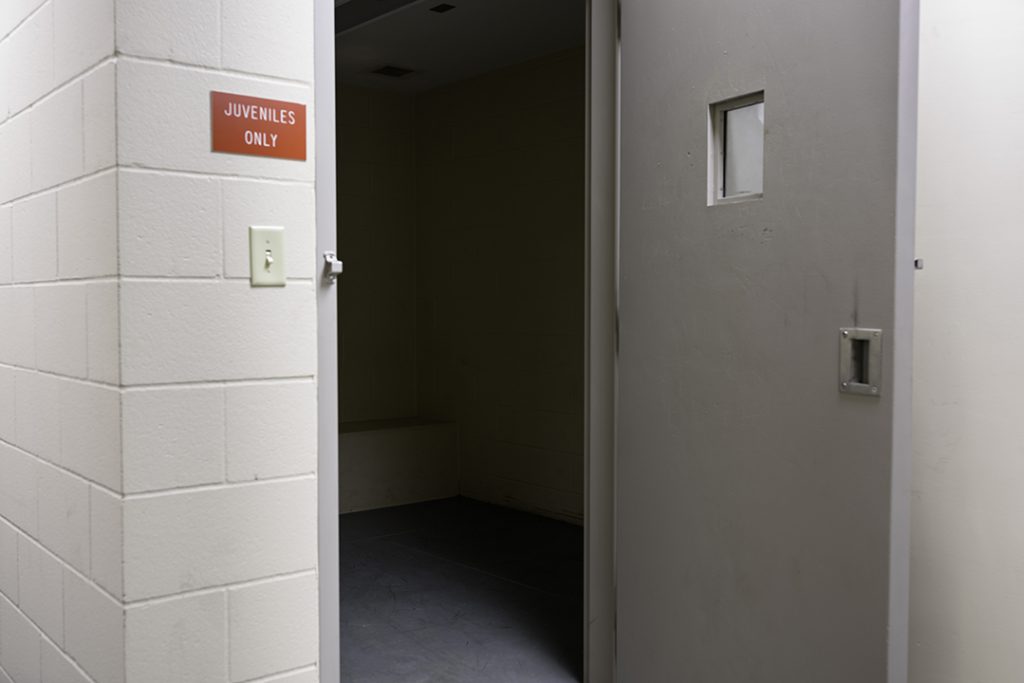
Photo by Shiraz Mukarram
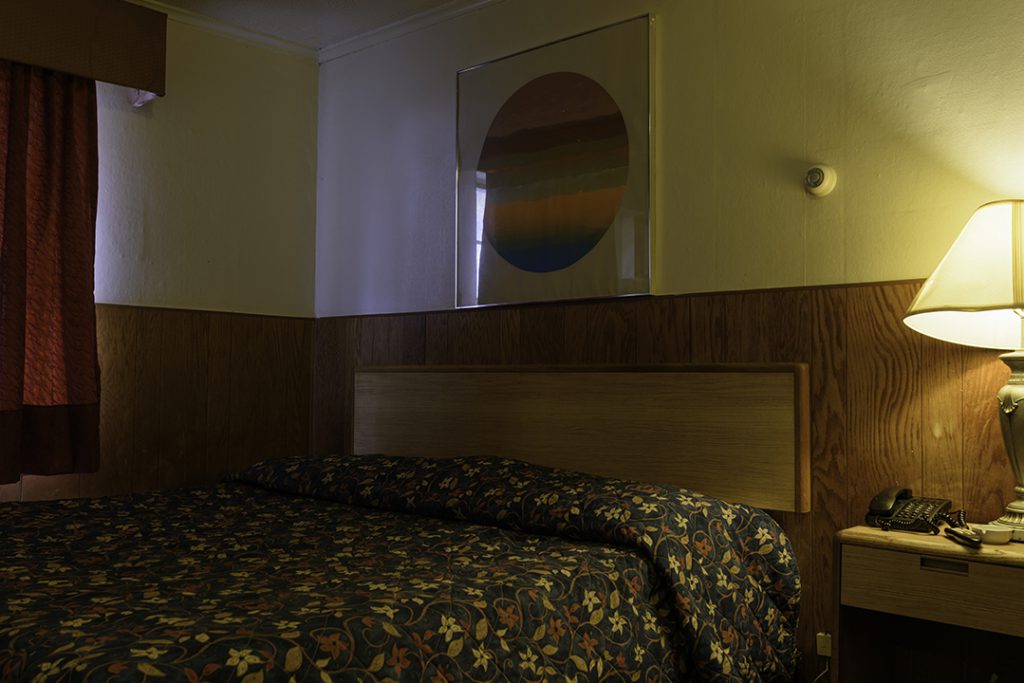
Photo by Shiraz Mukarram
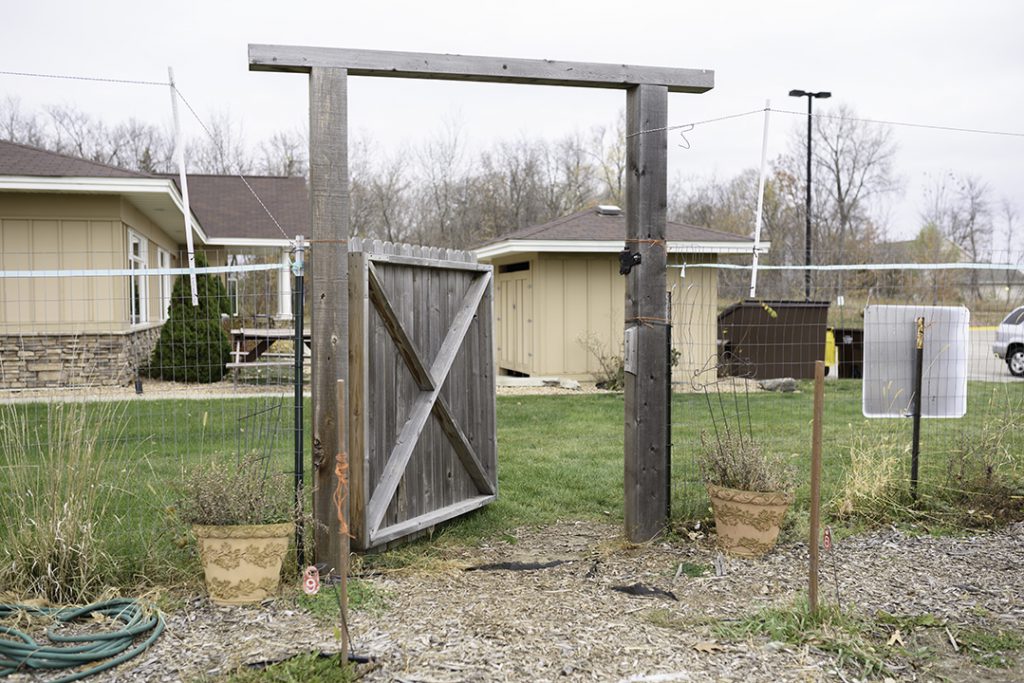
Photo by Shiraz Mukarram
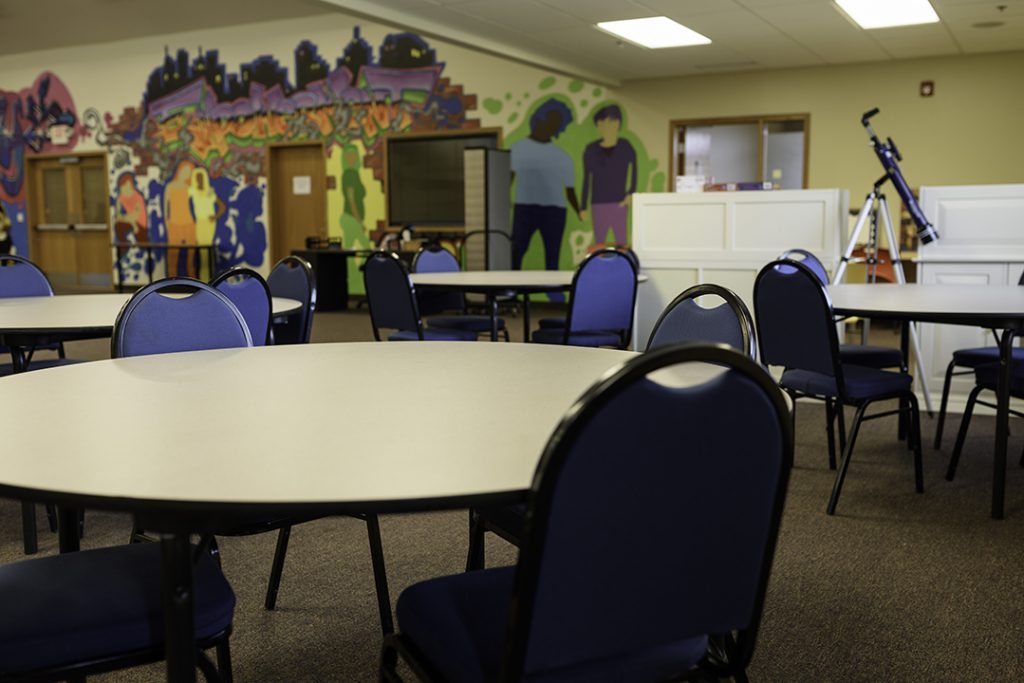
Photo by Shiraz Mukarram
